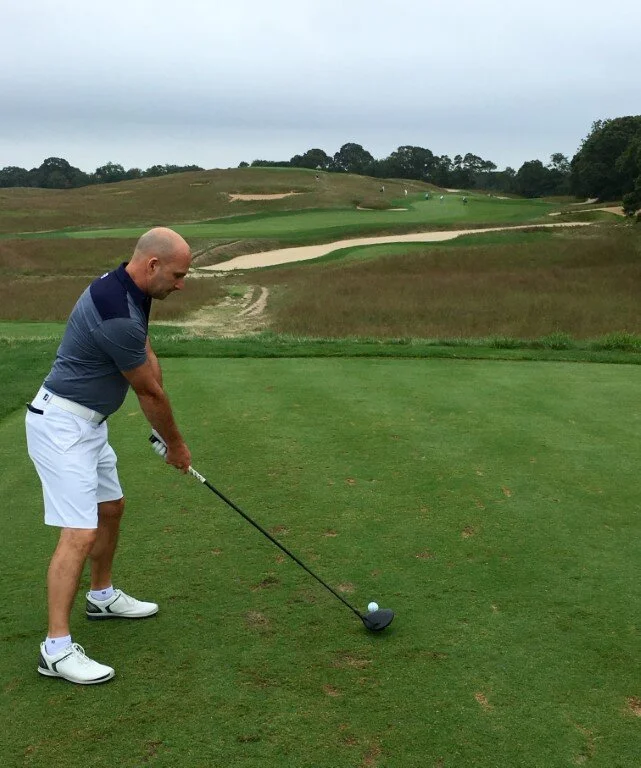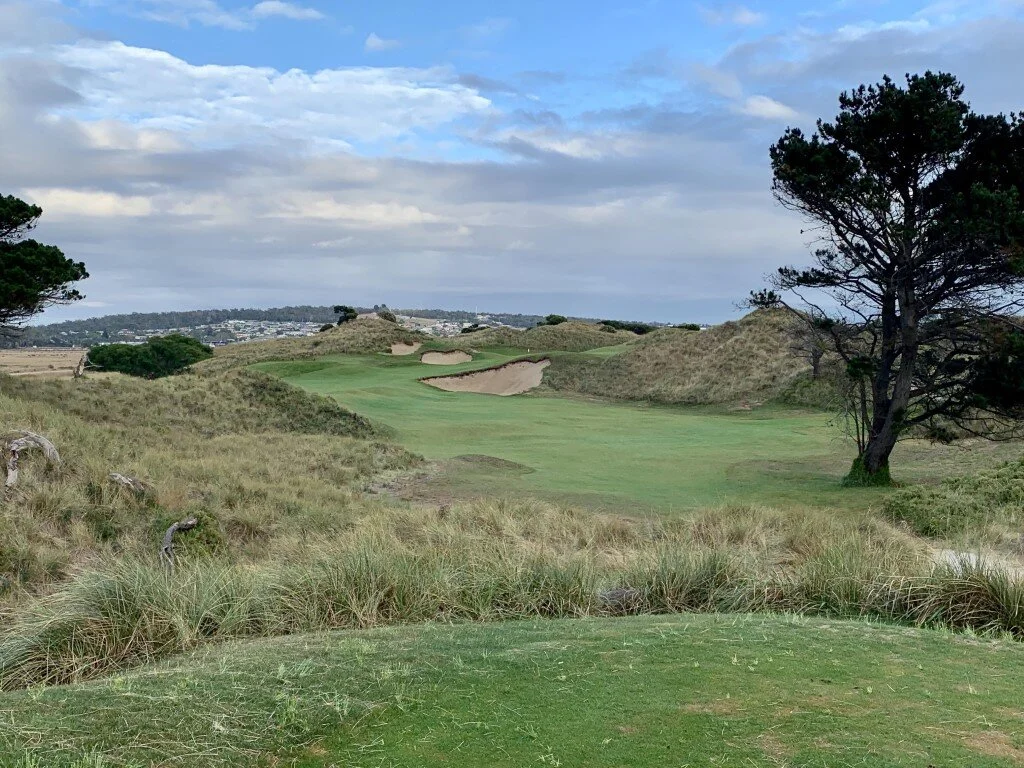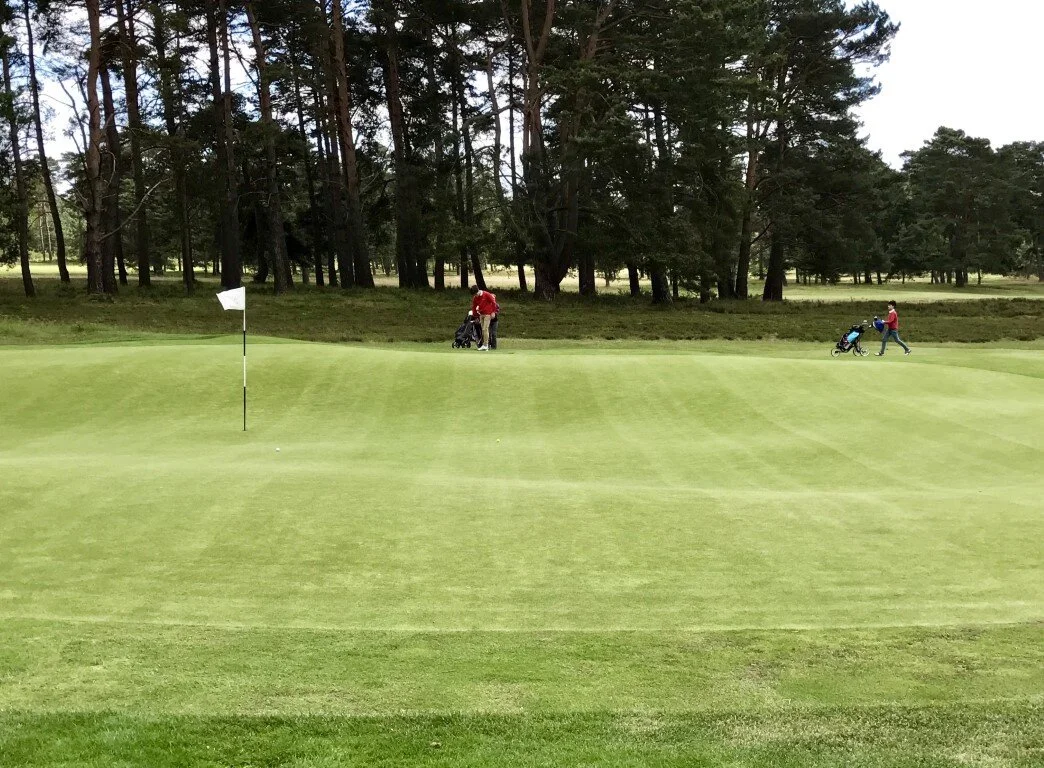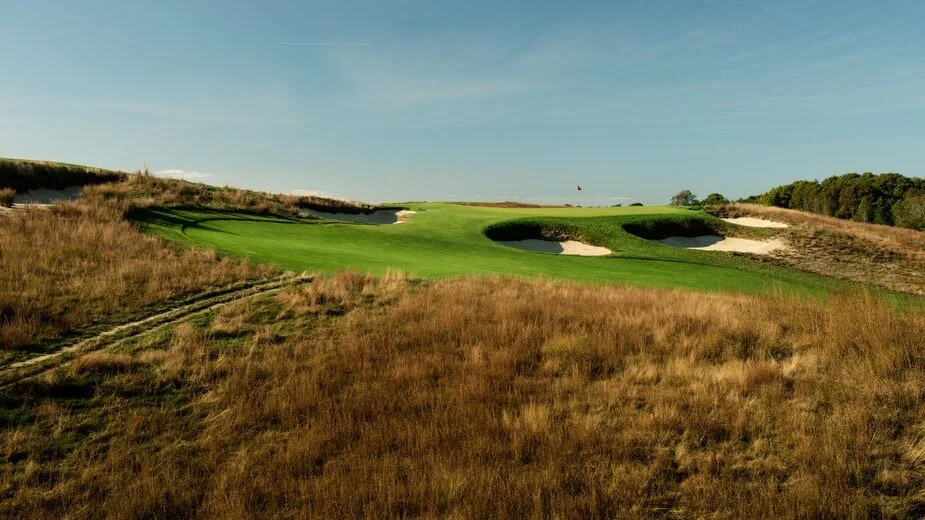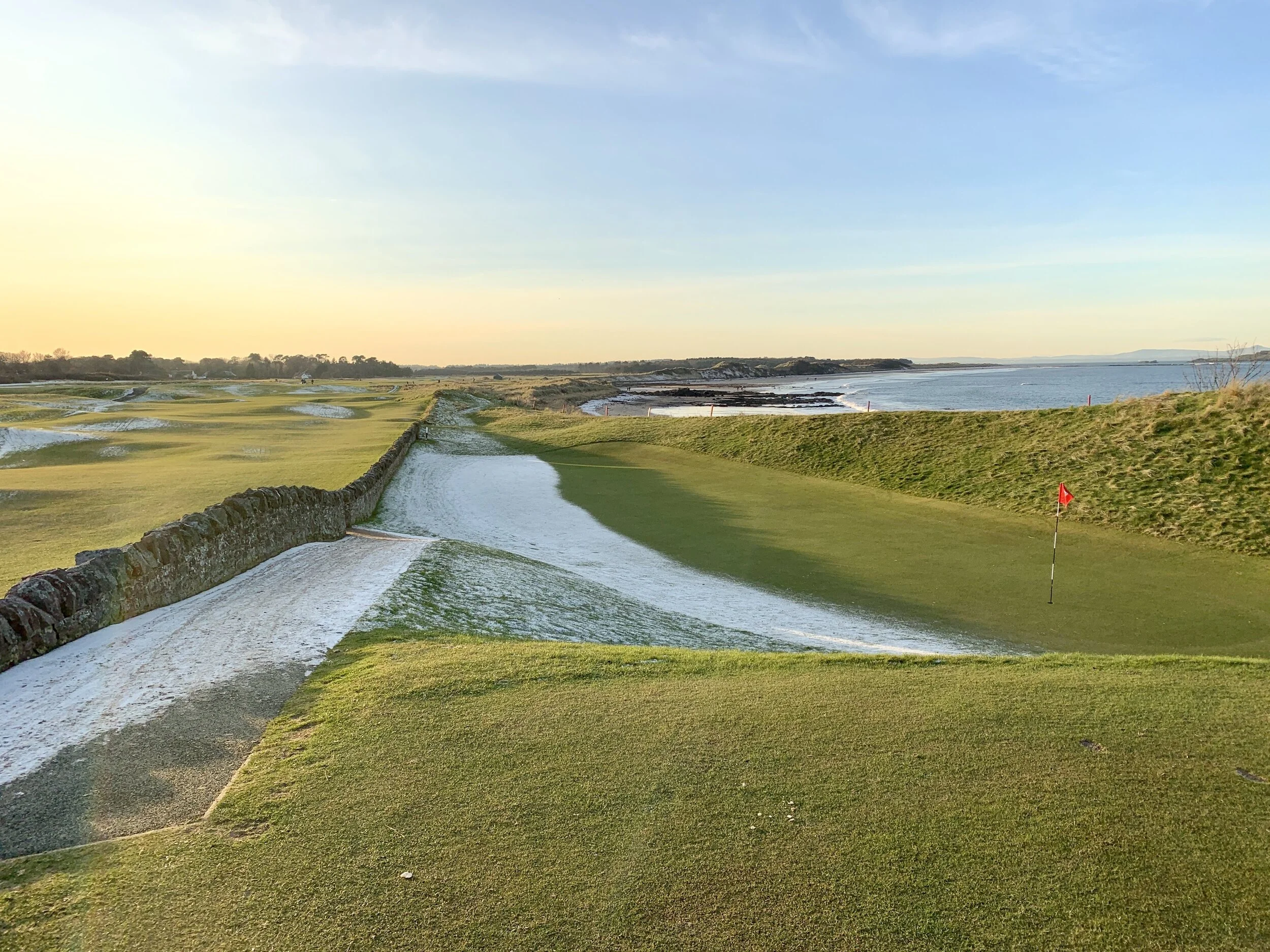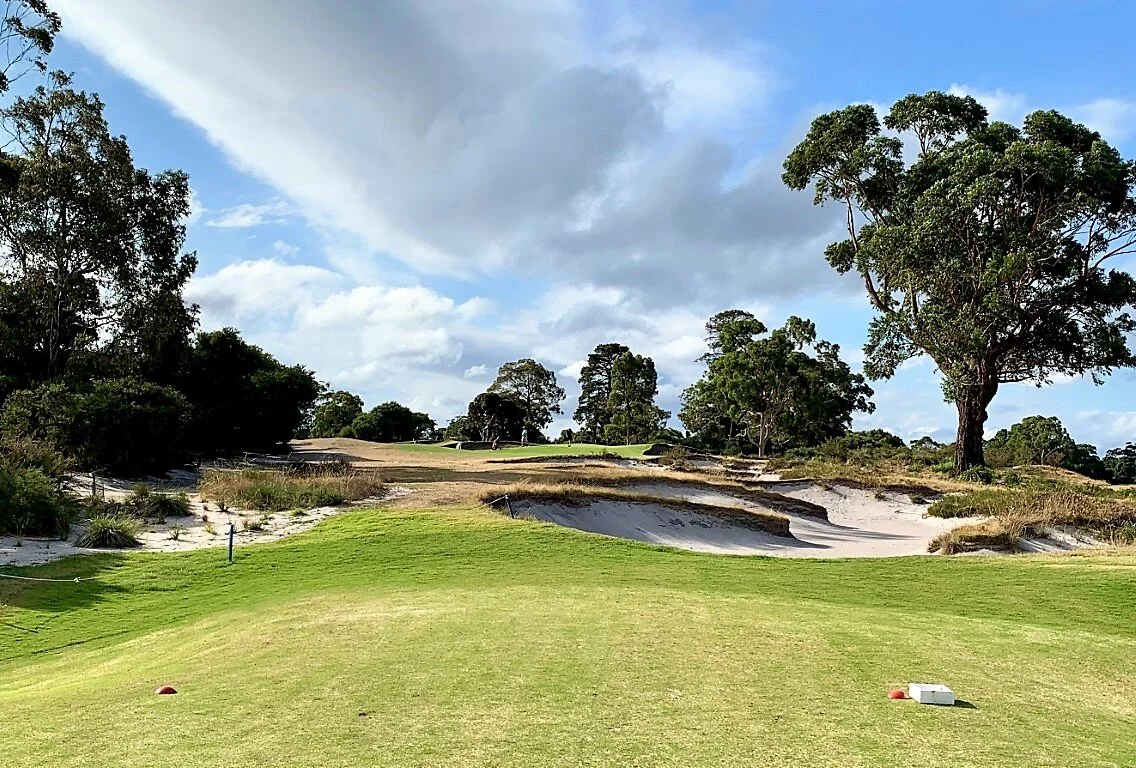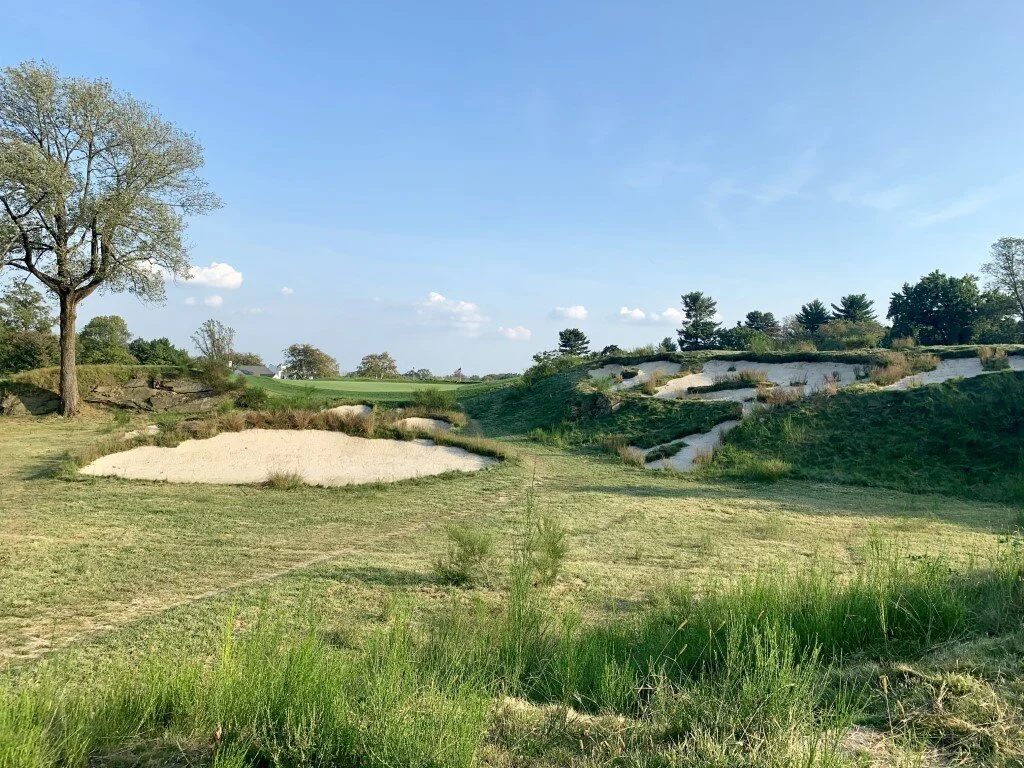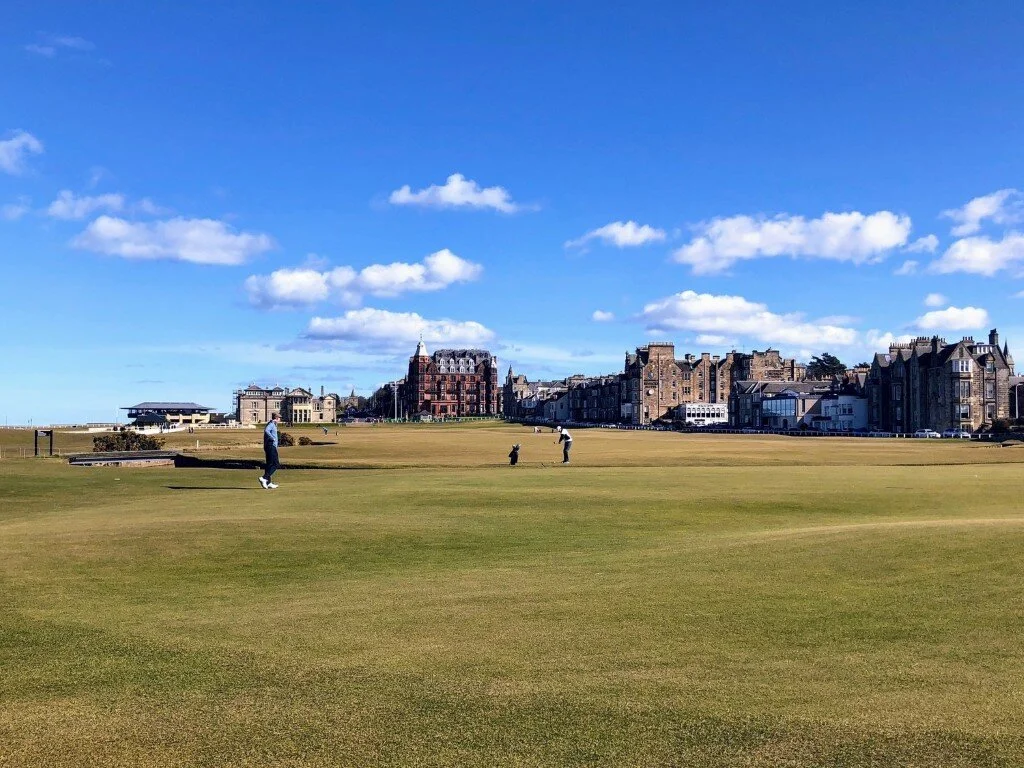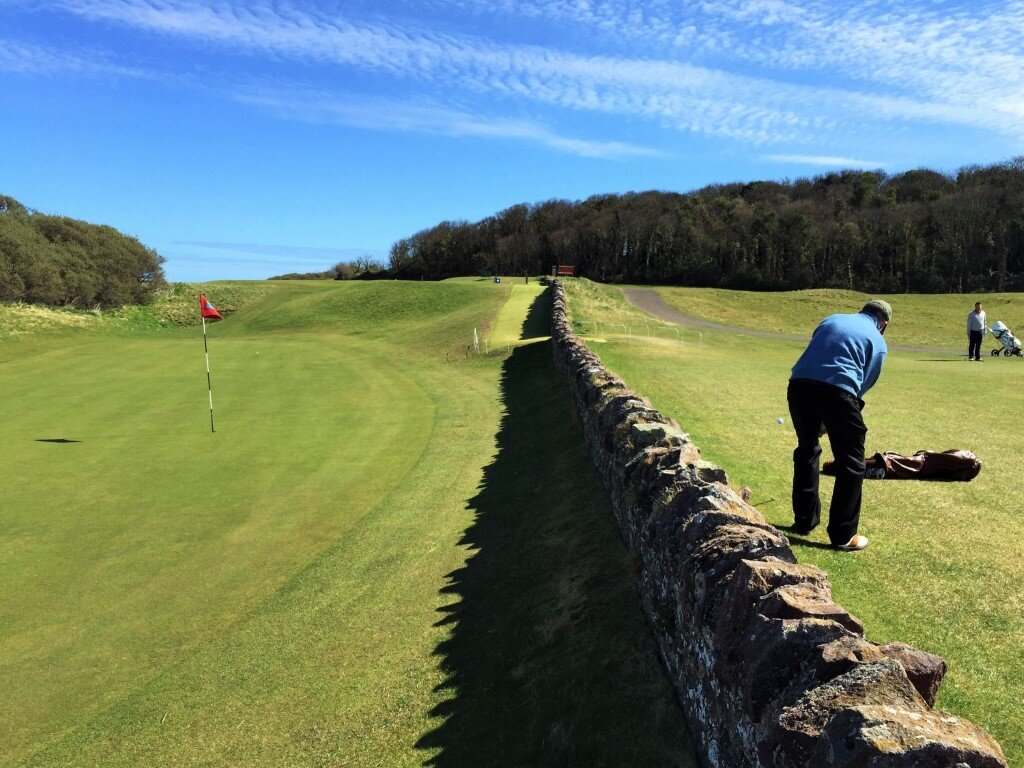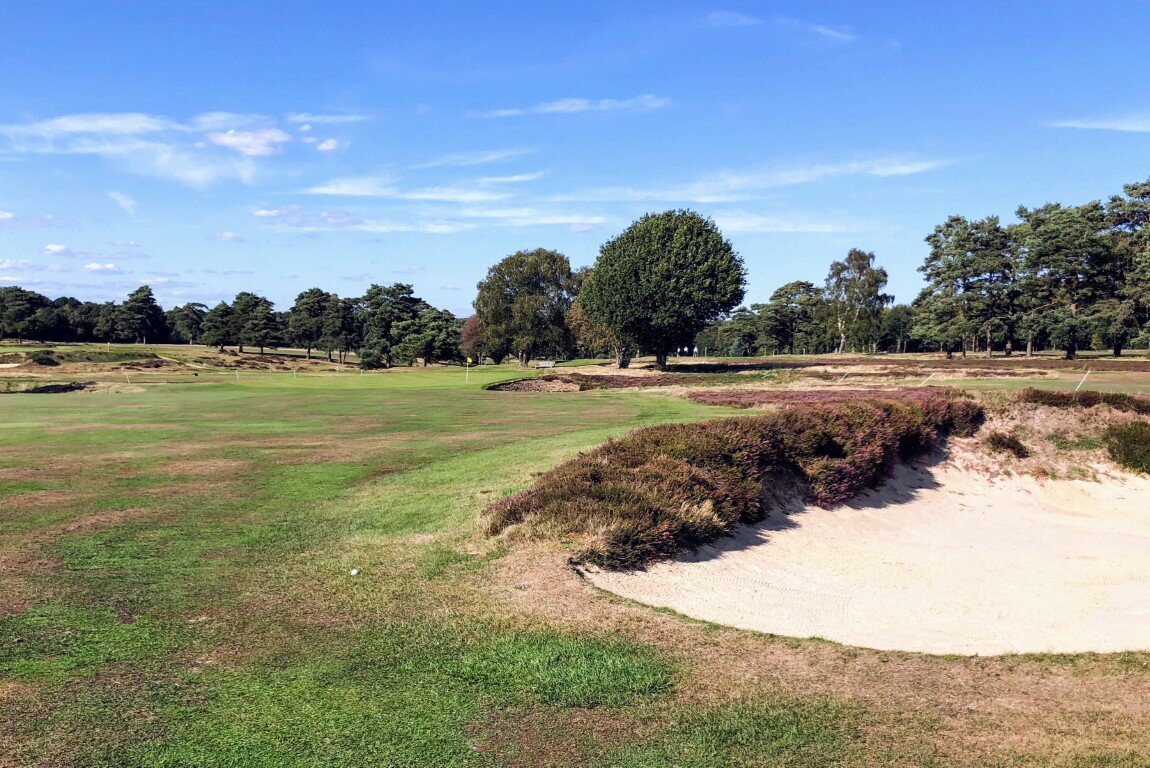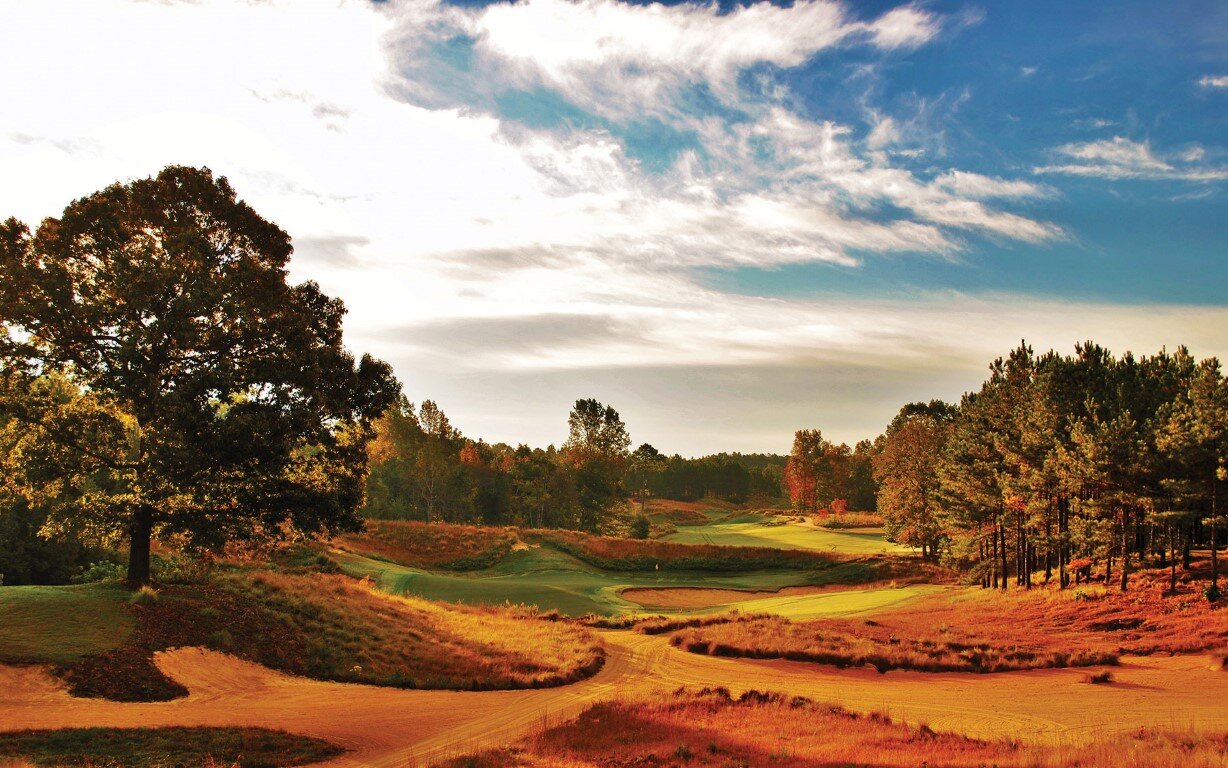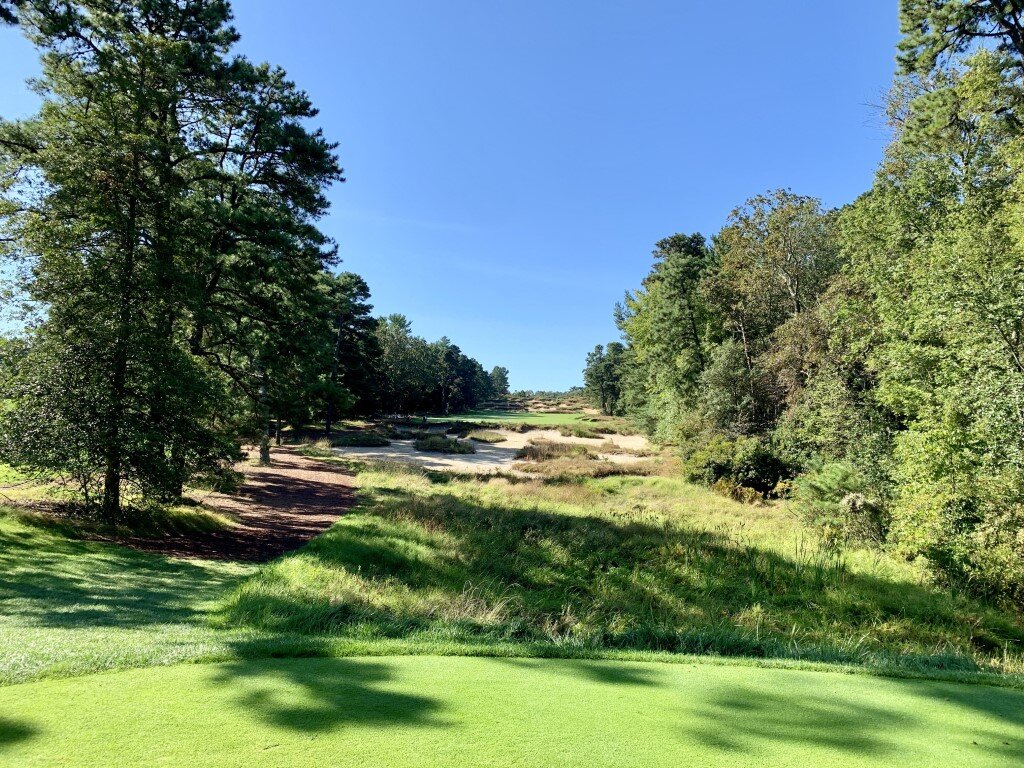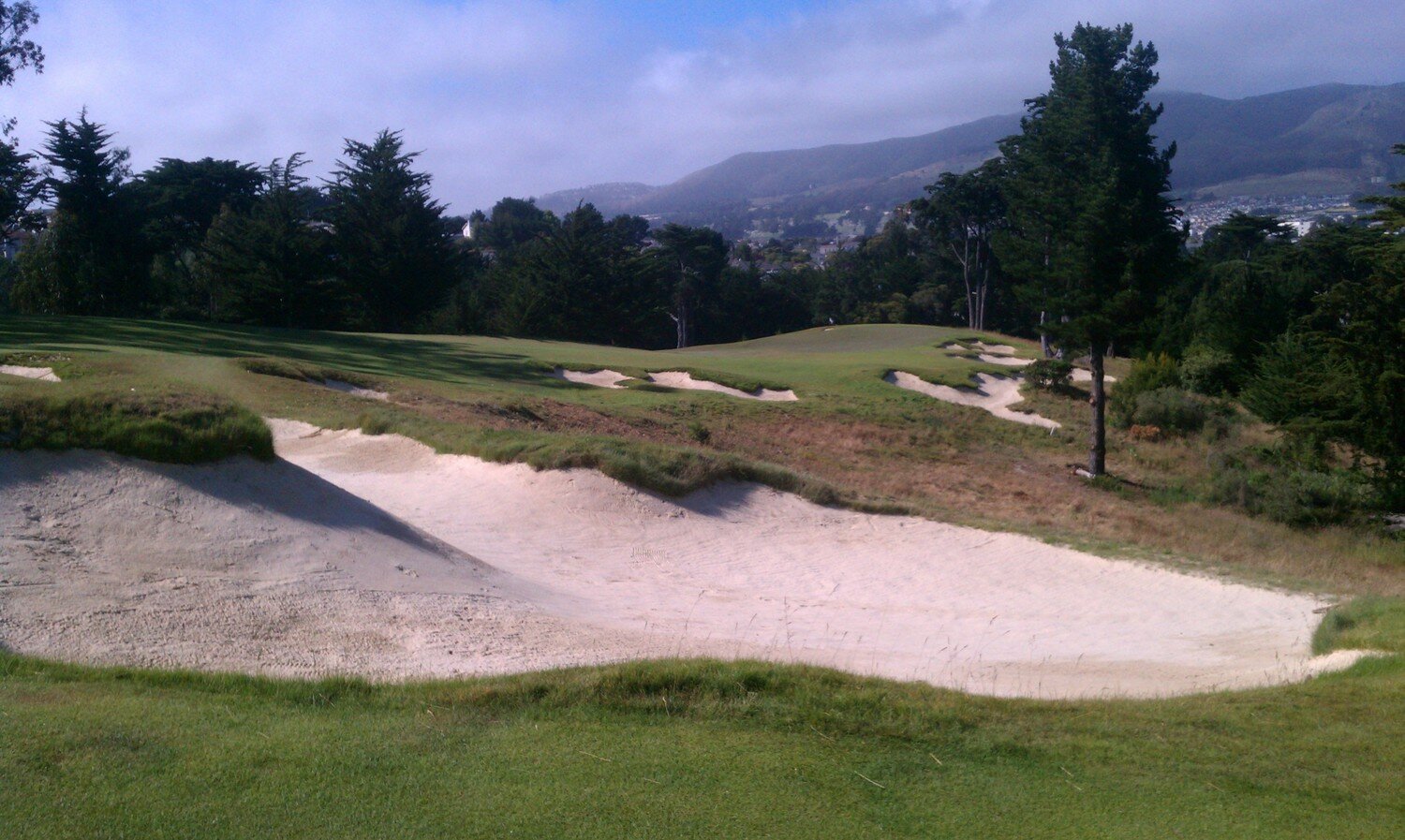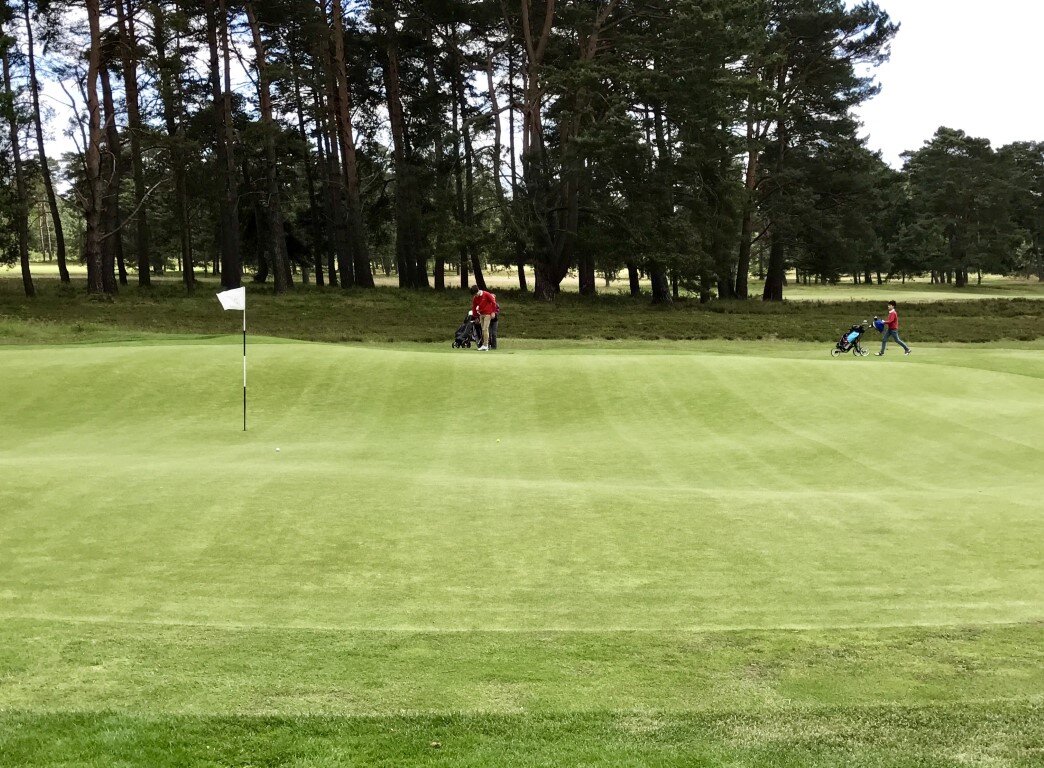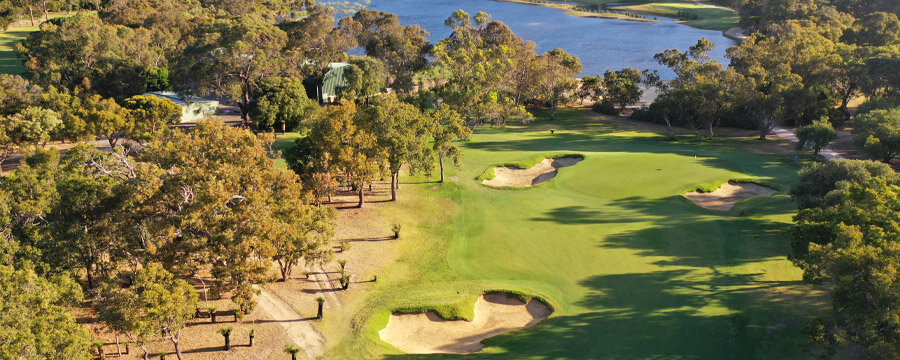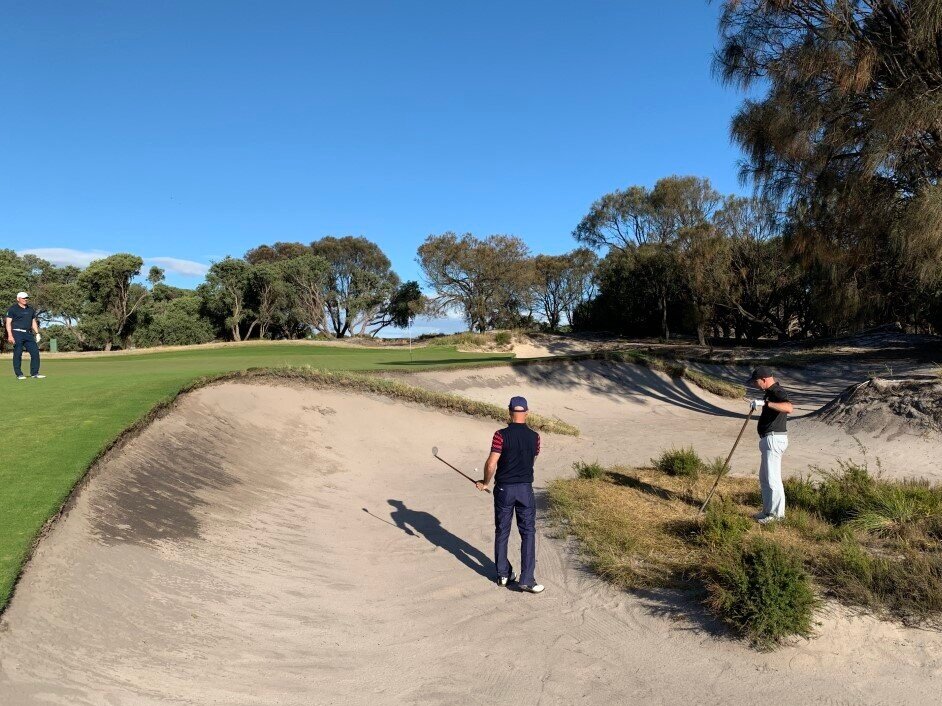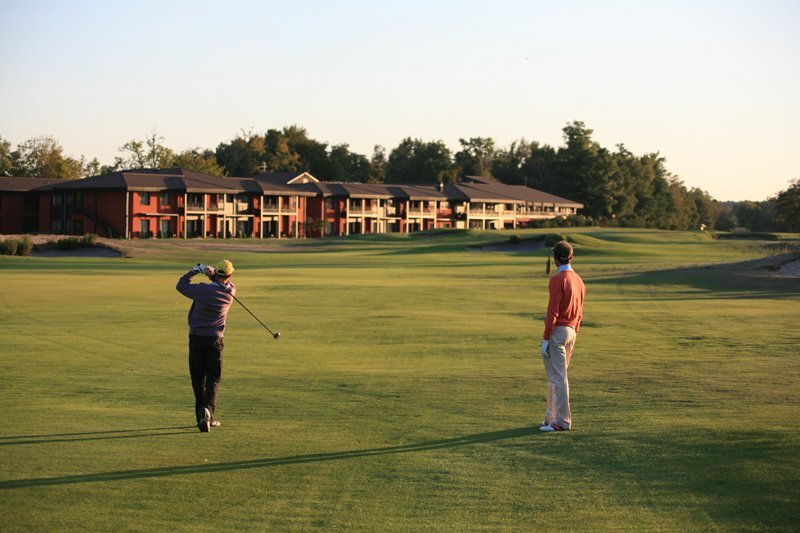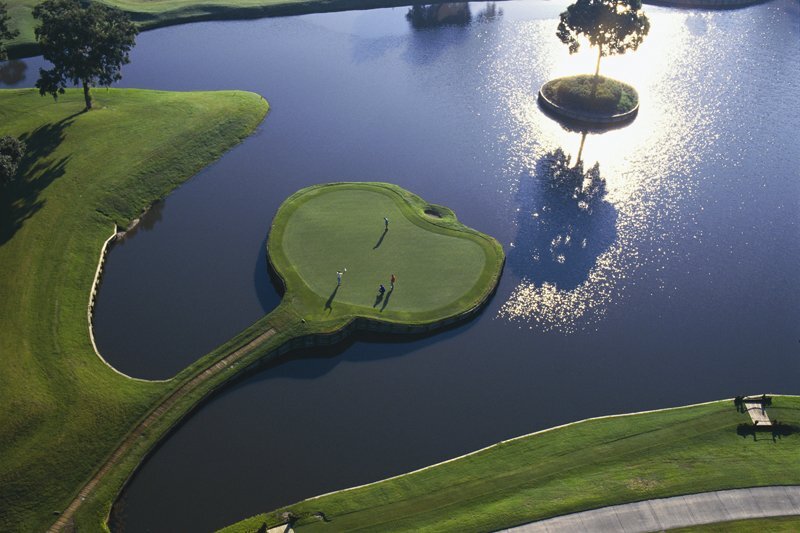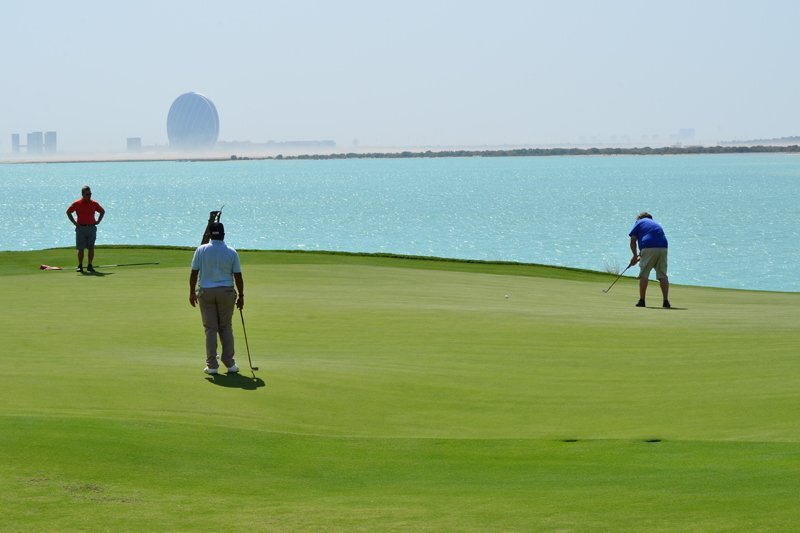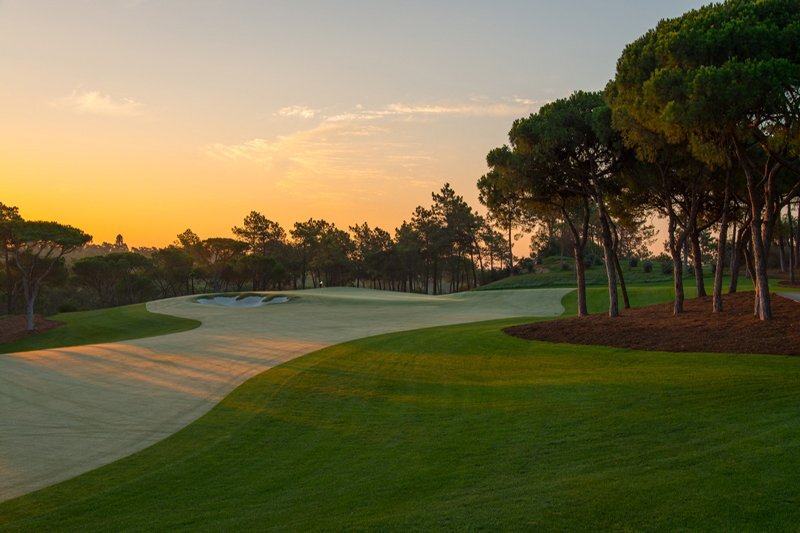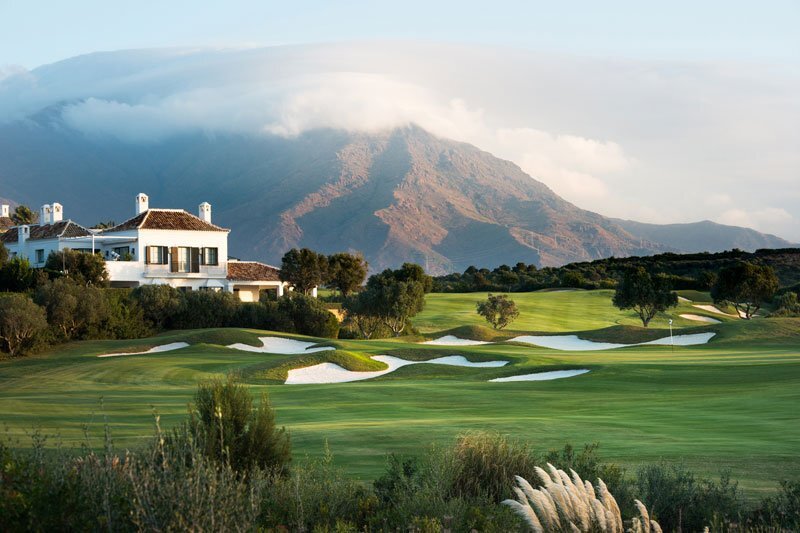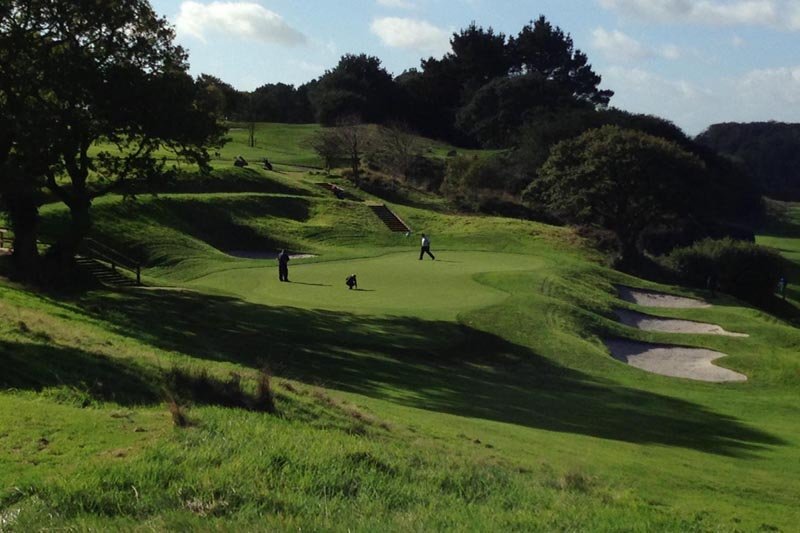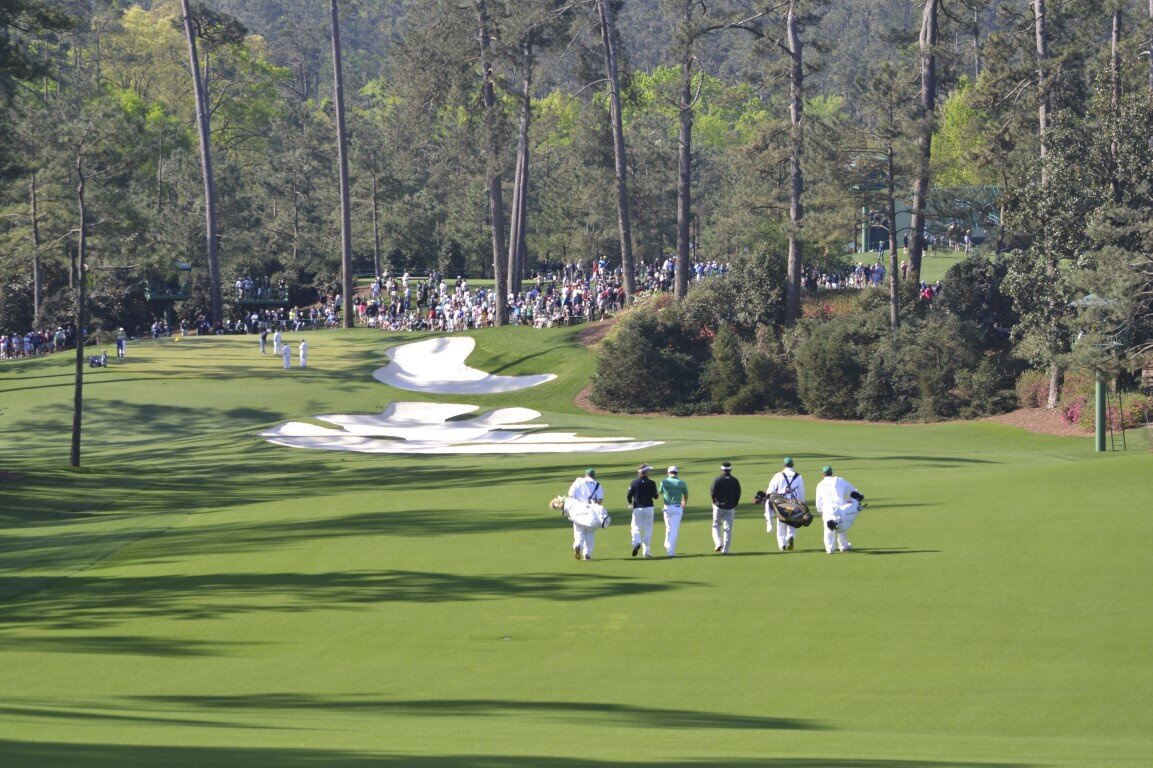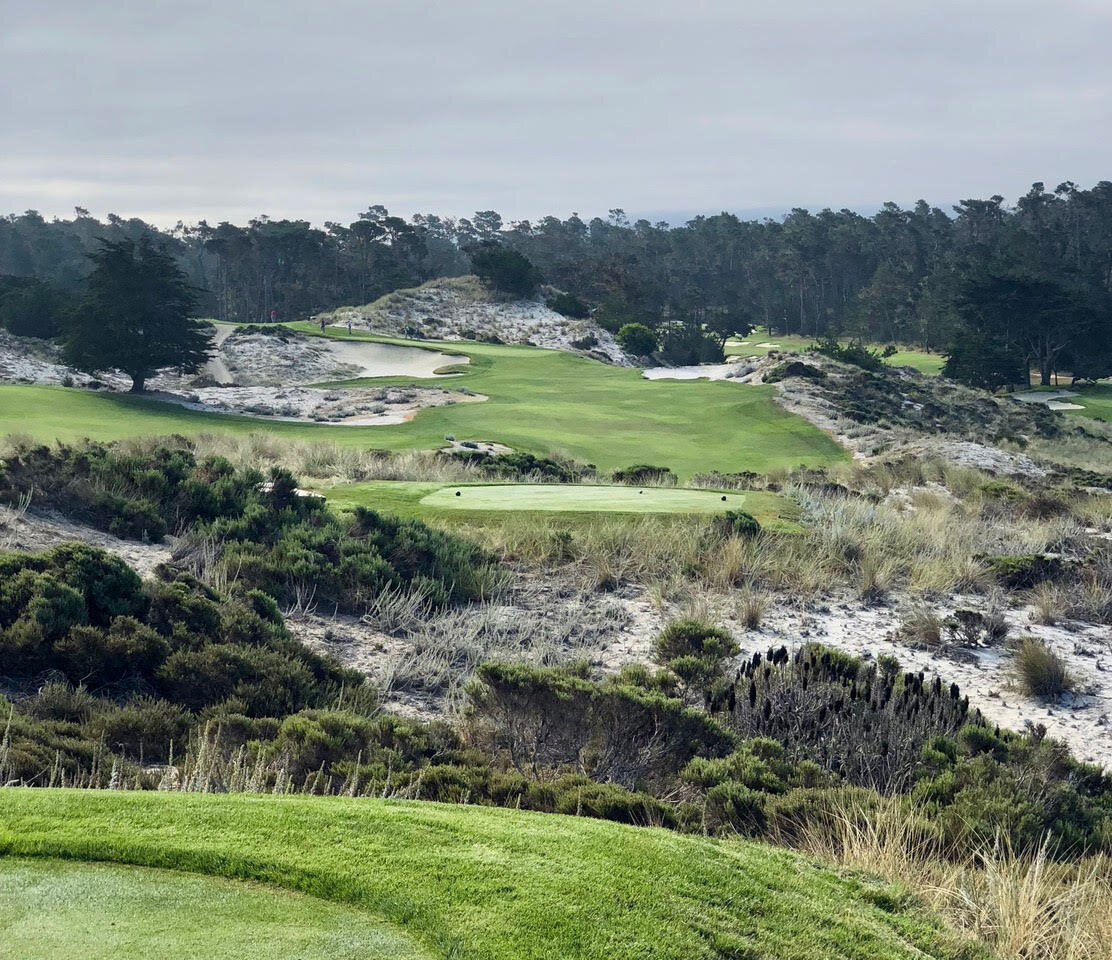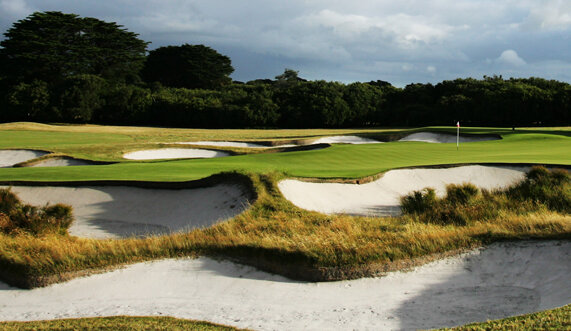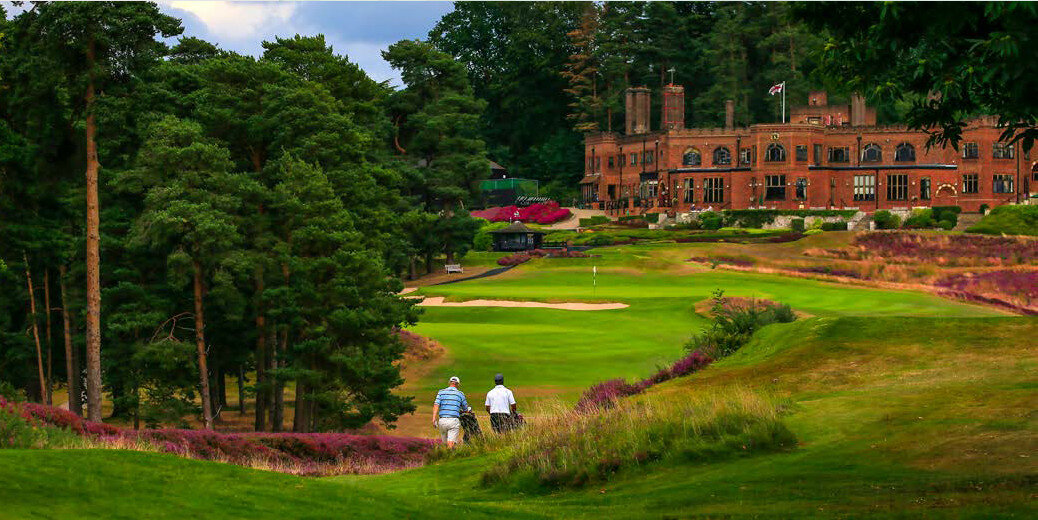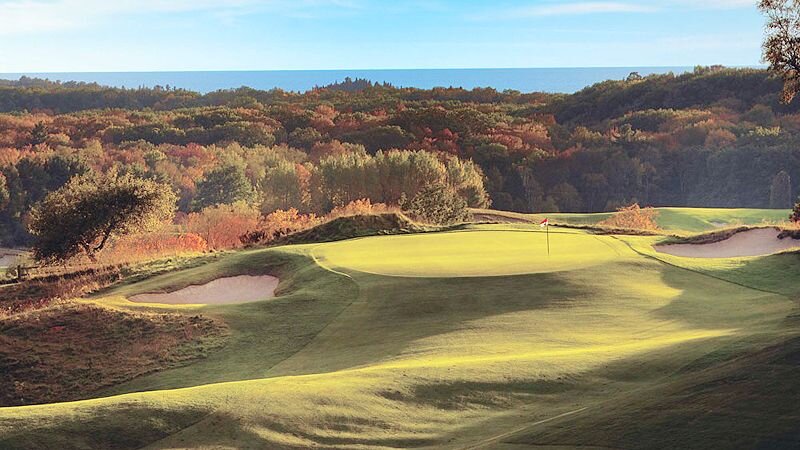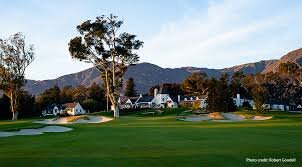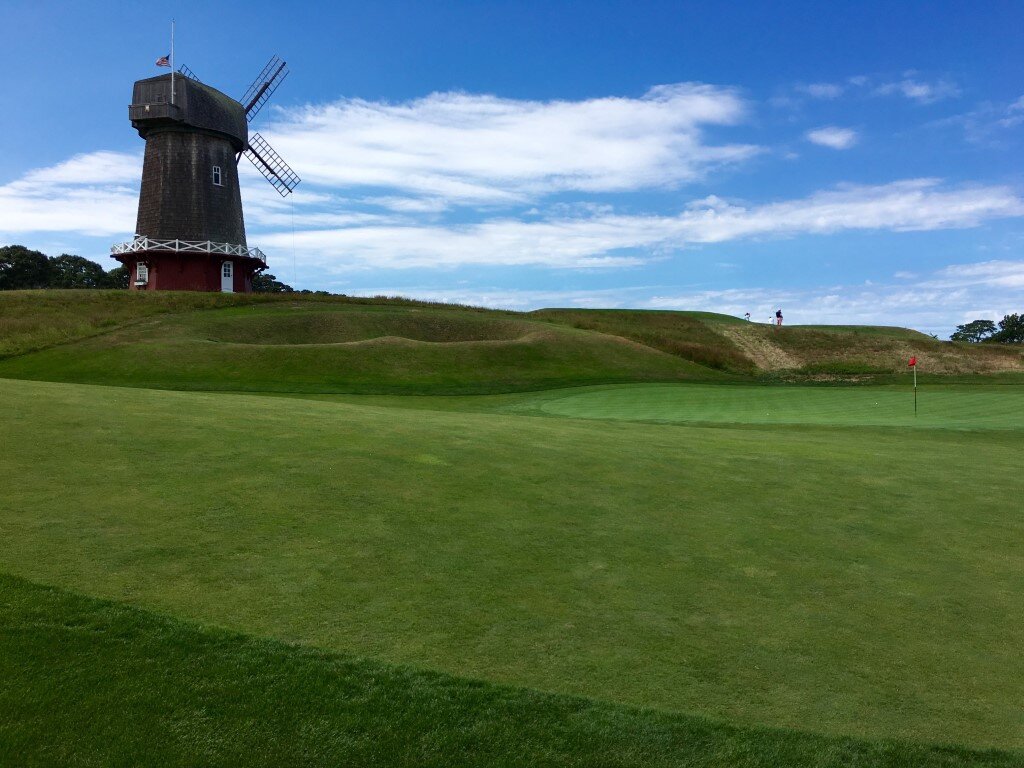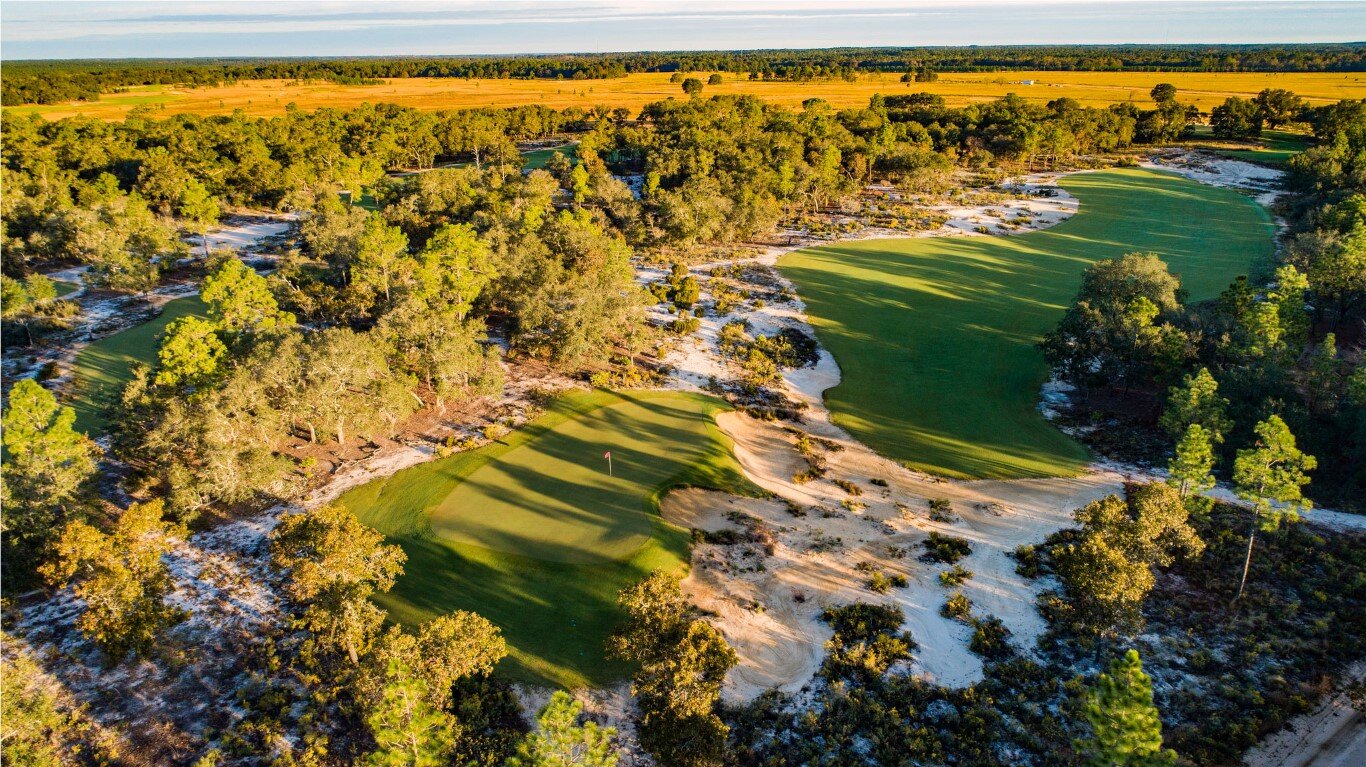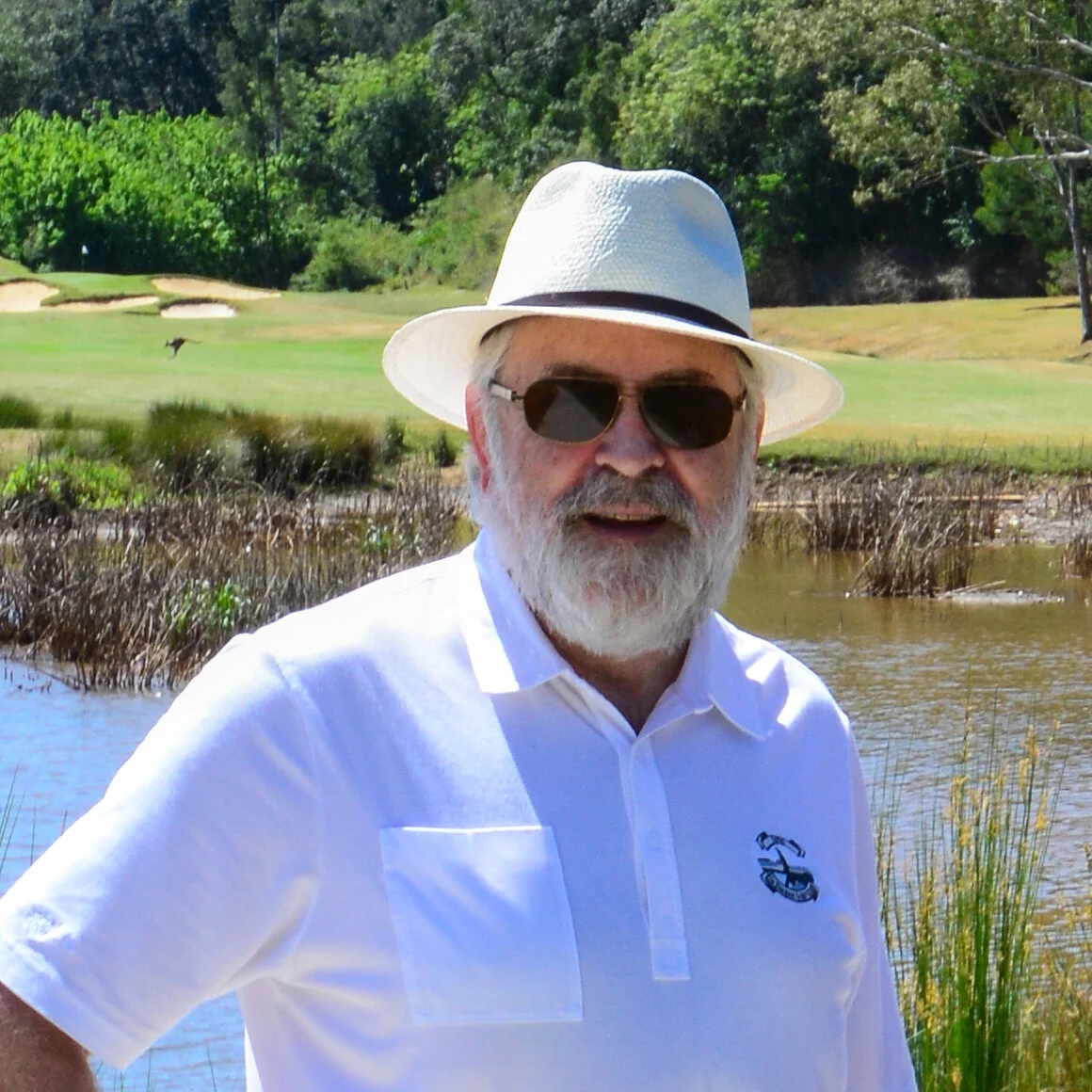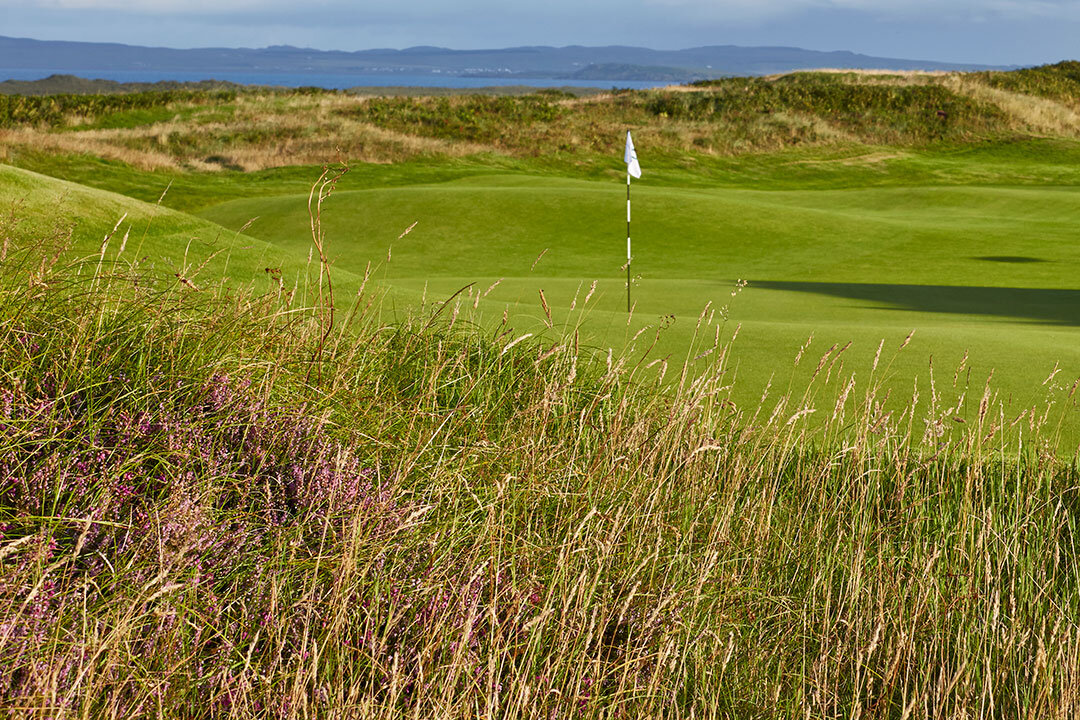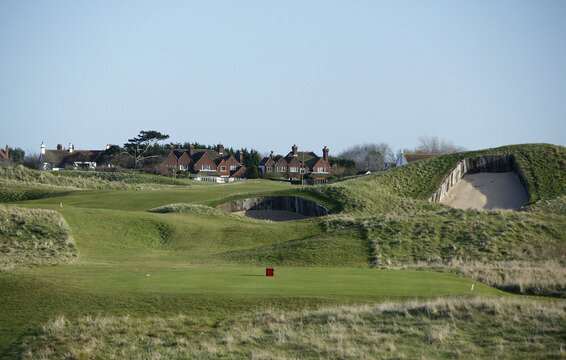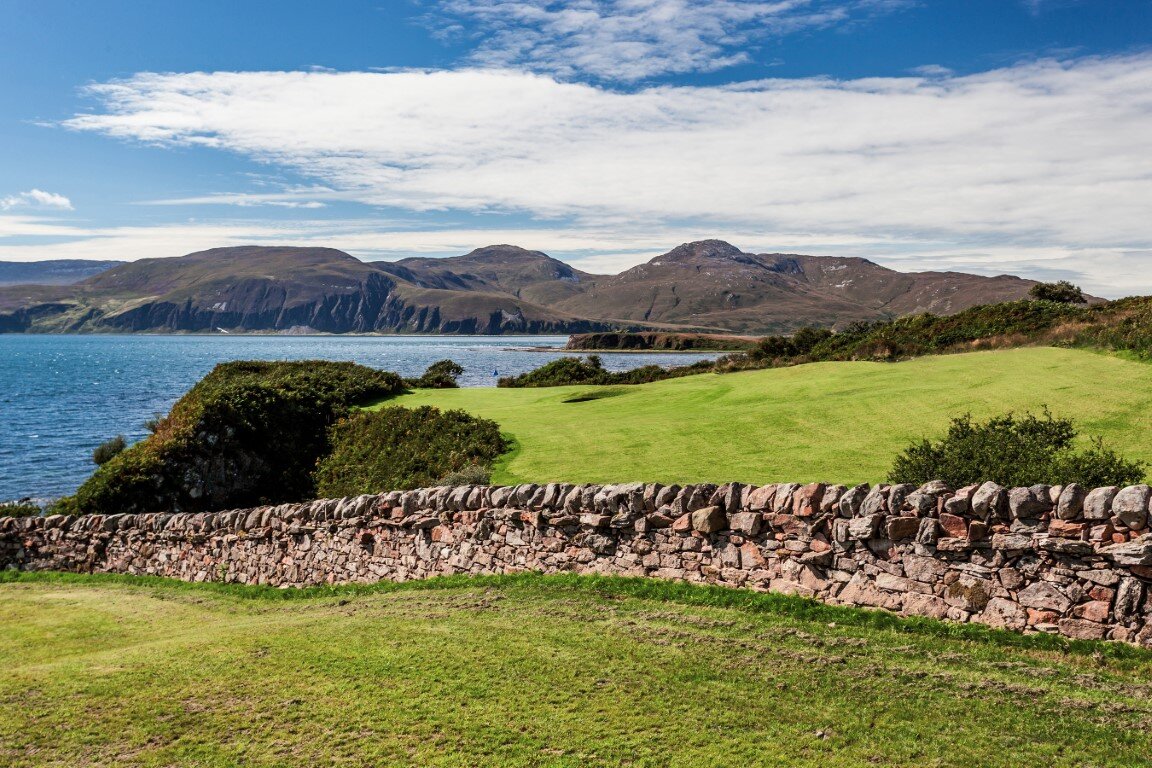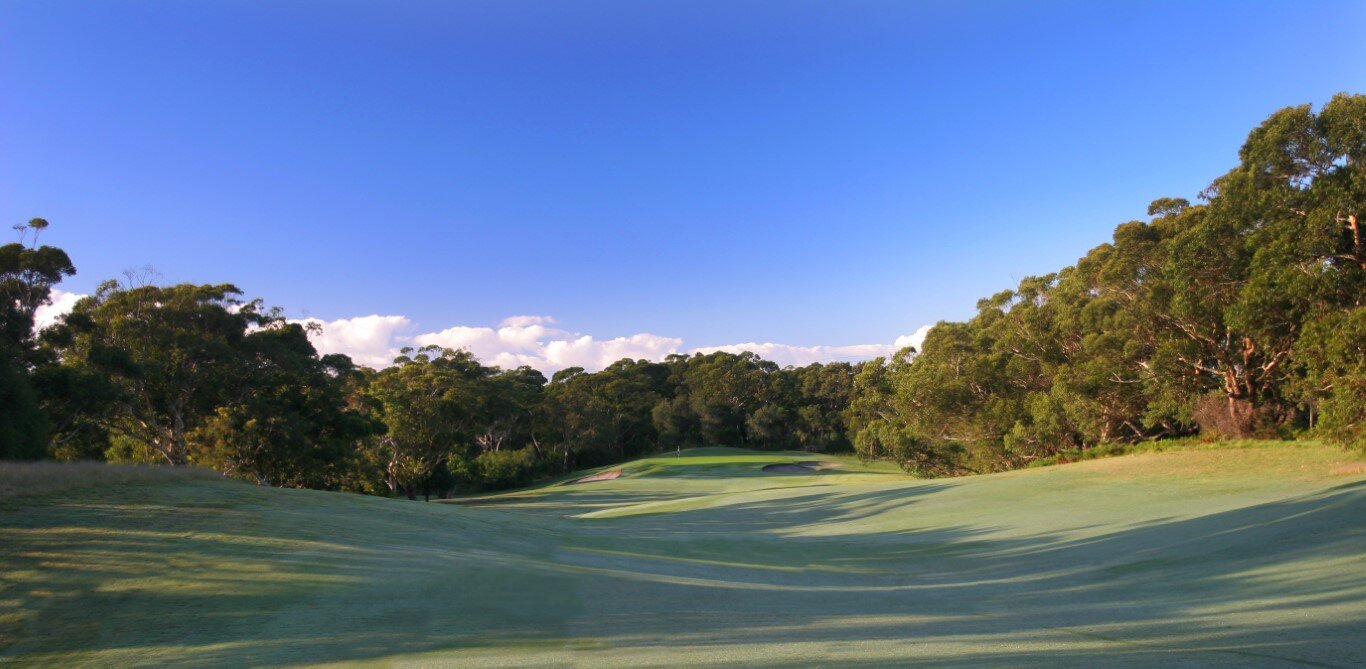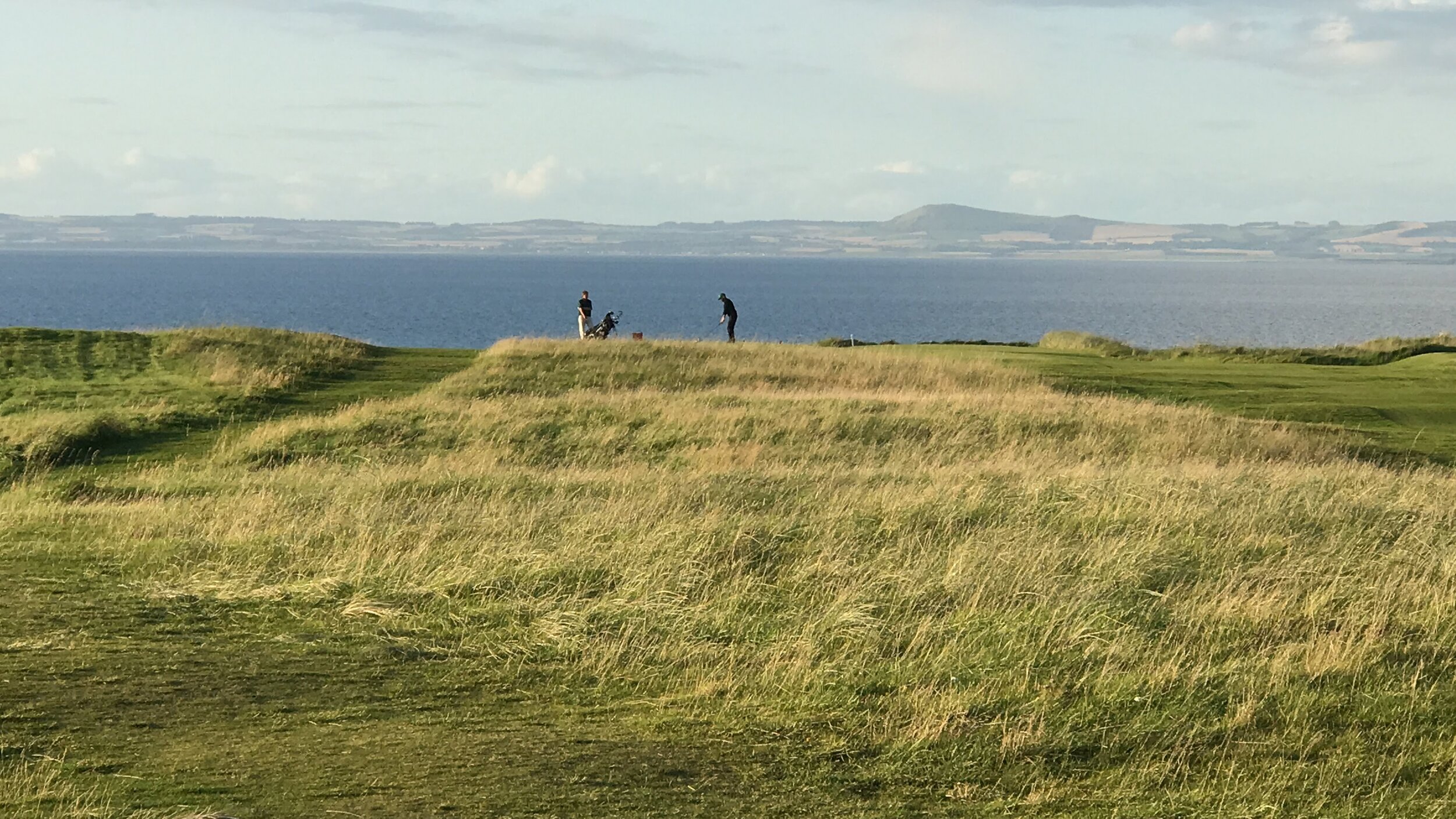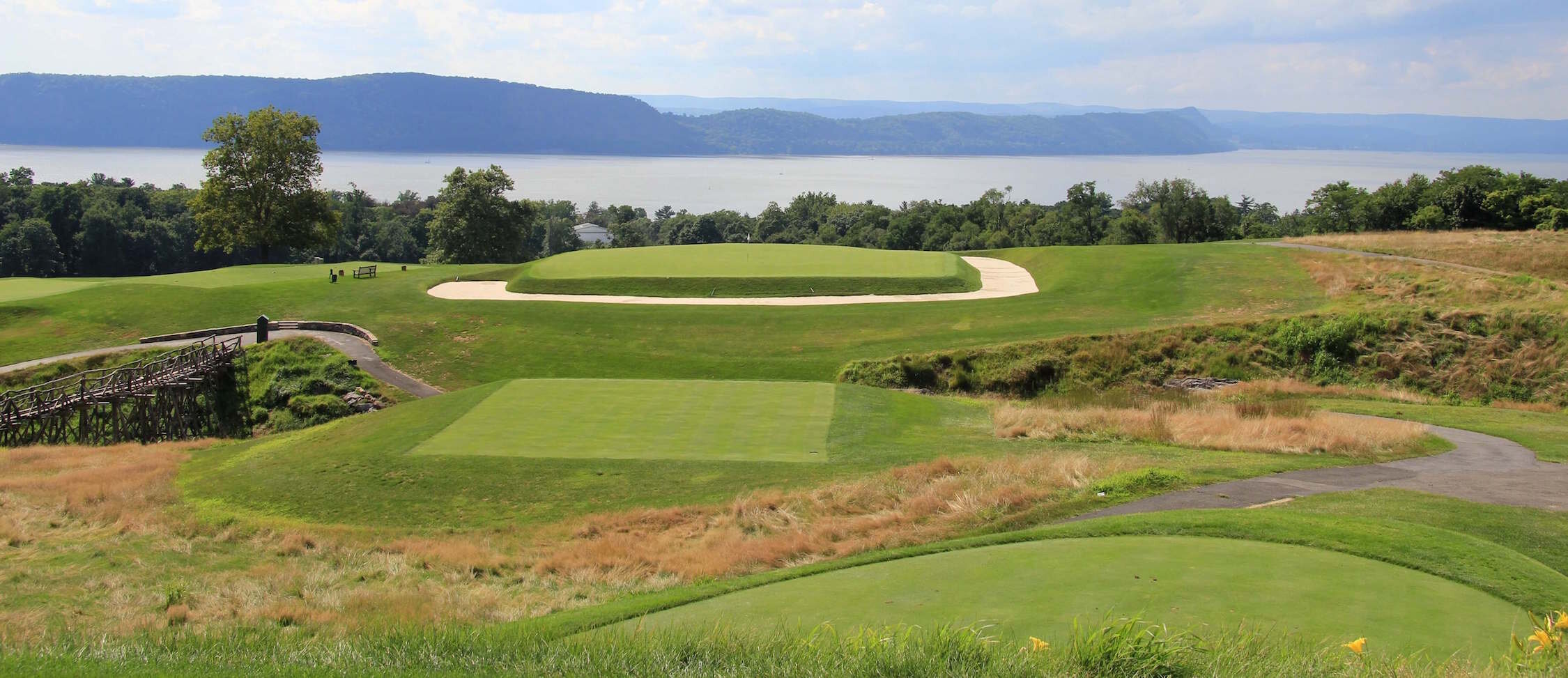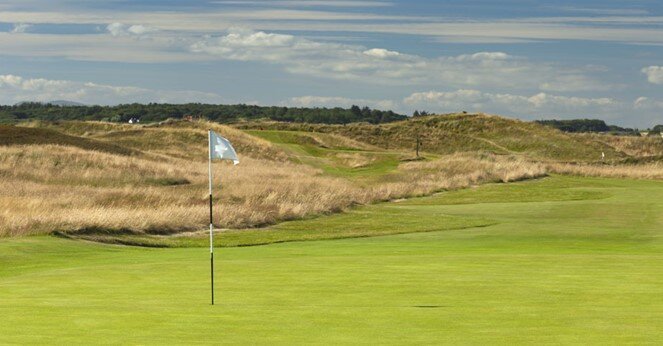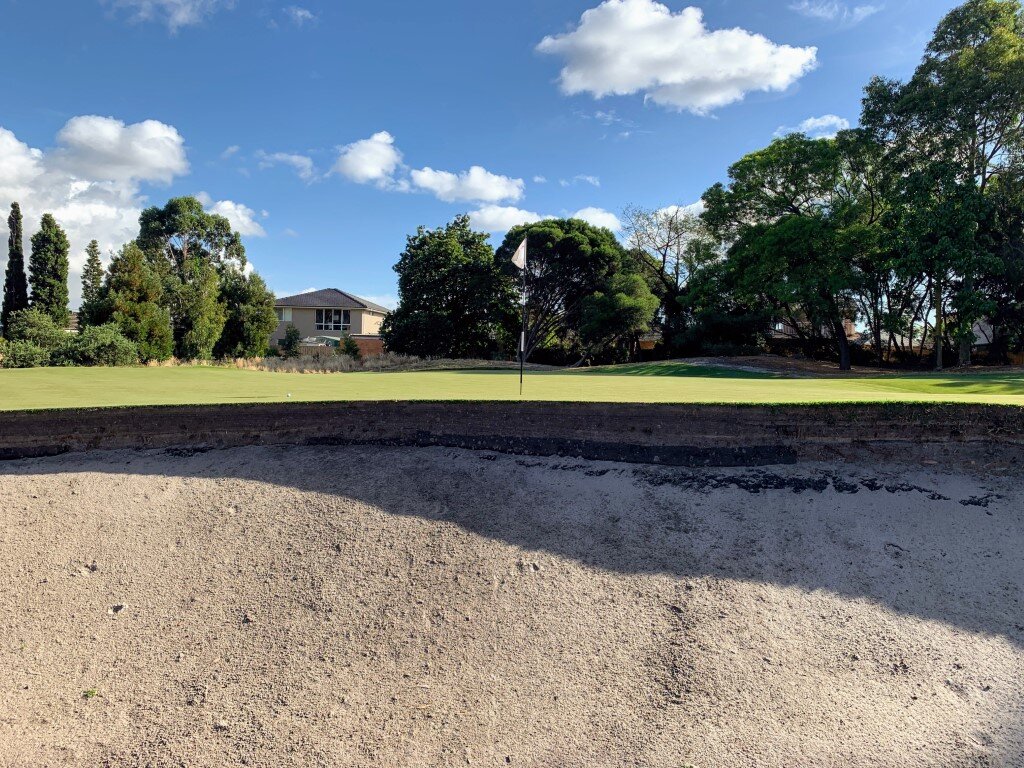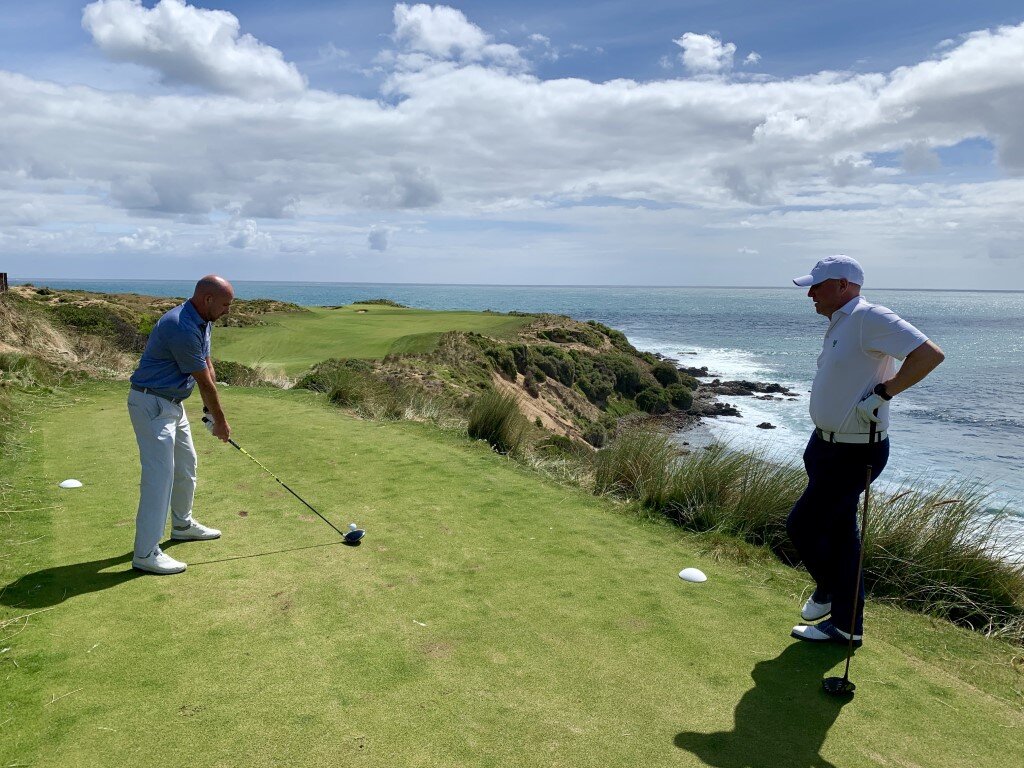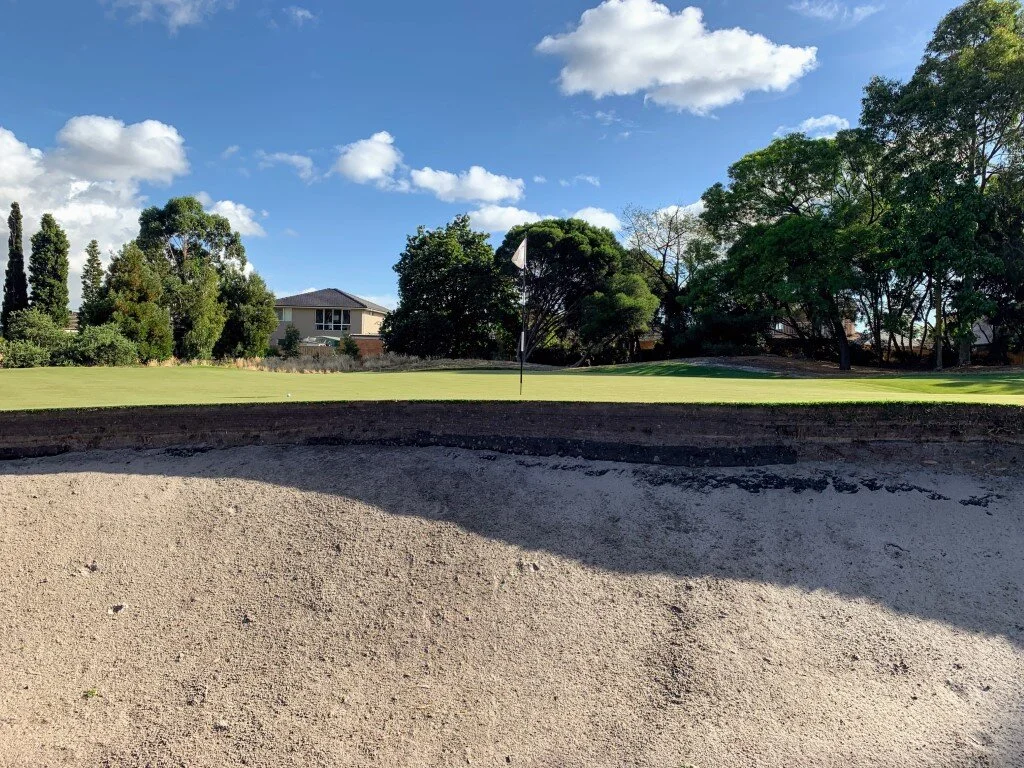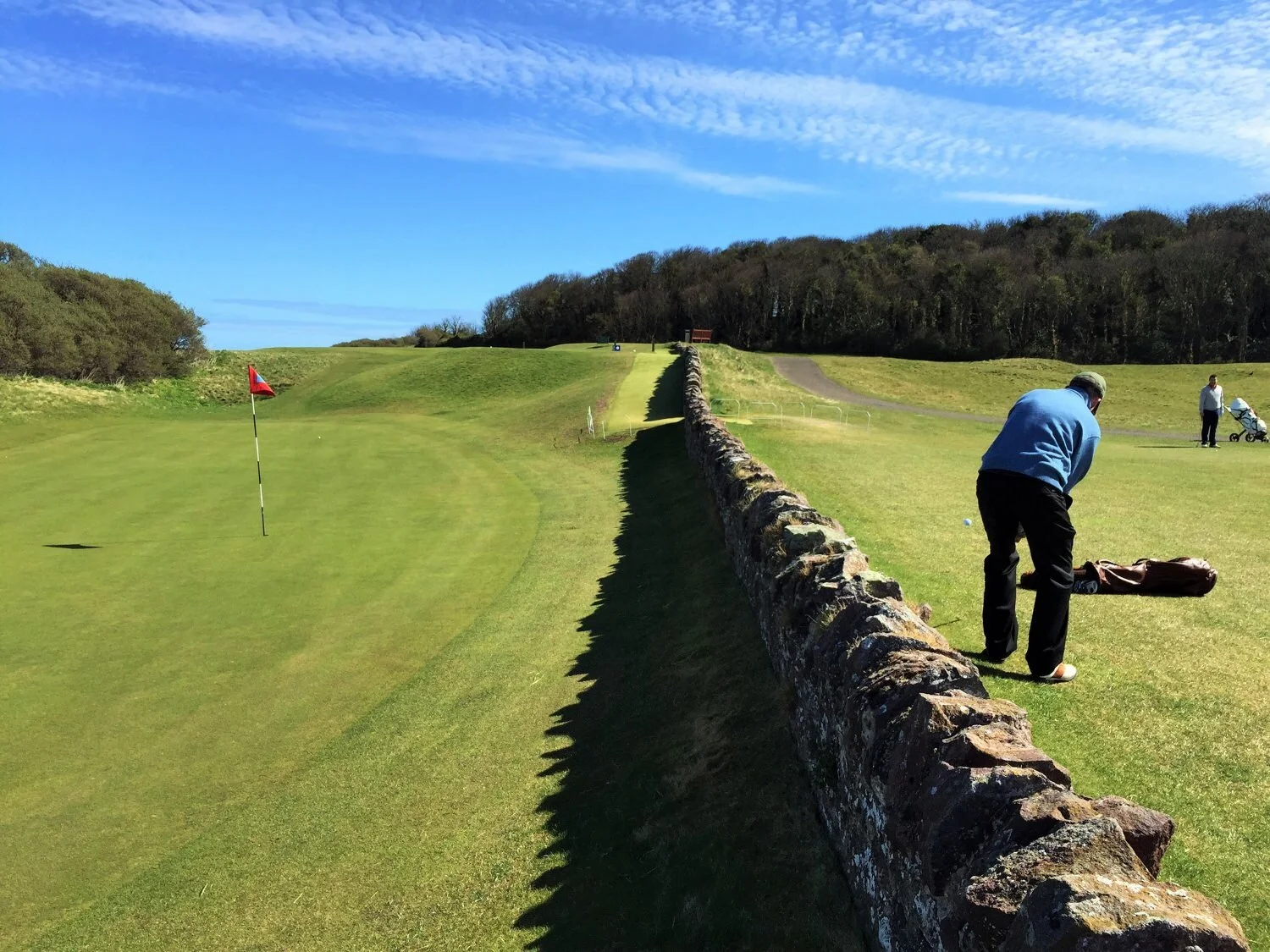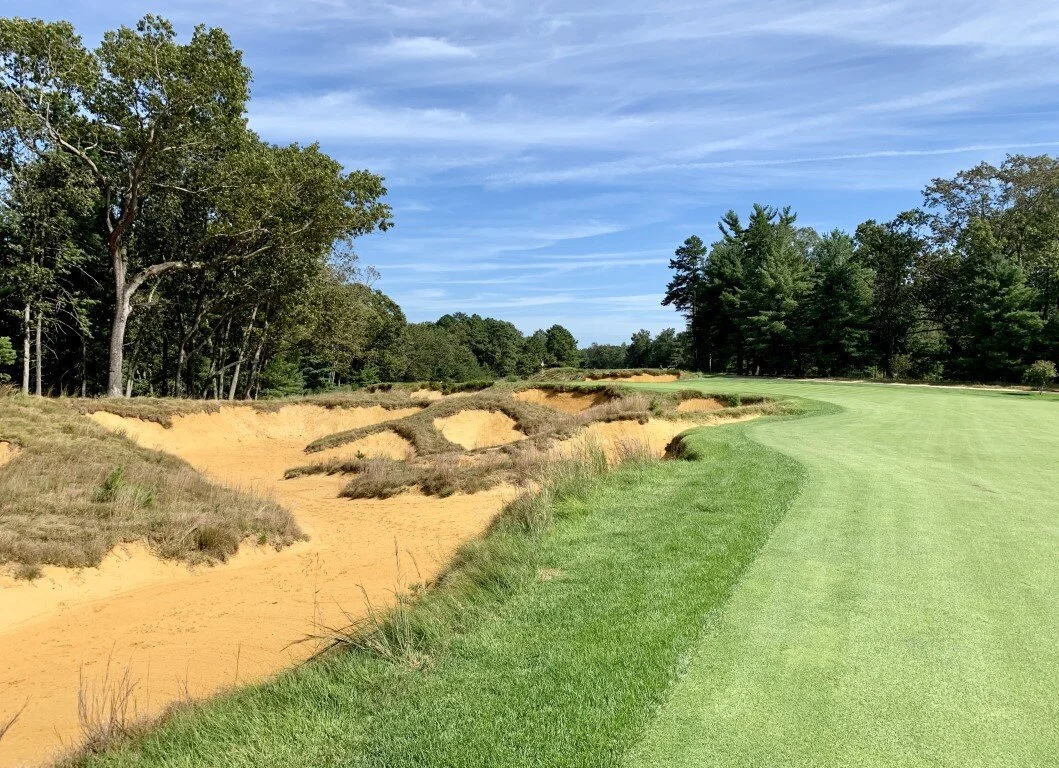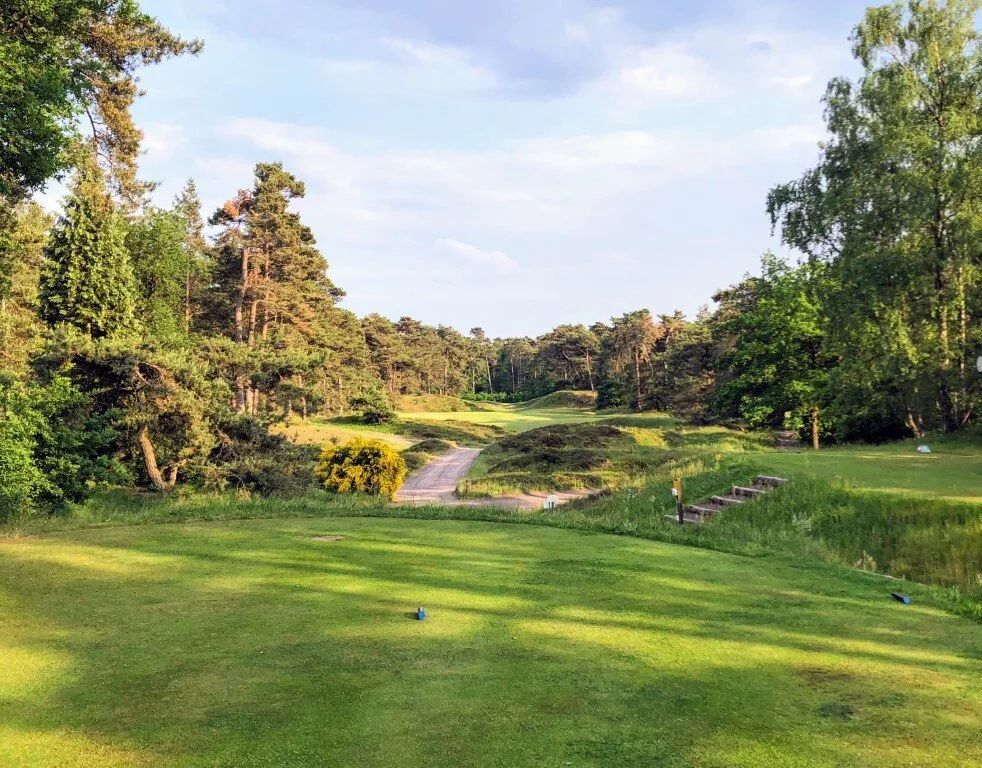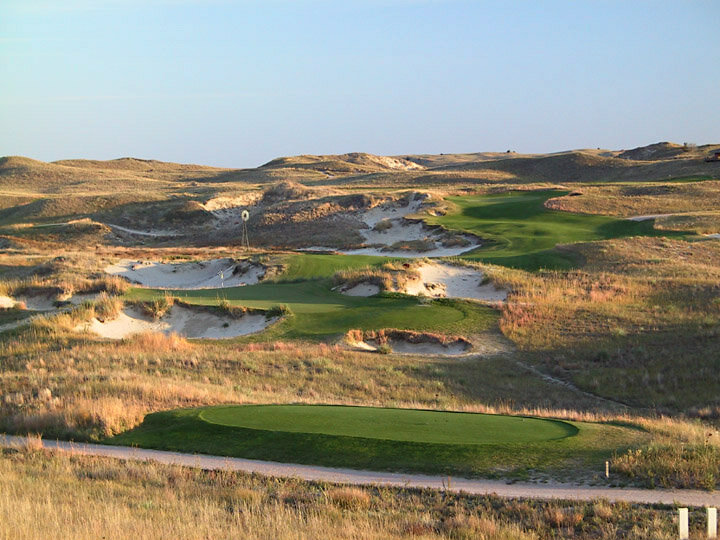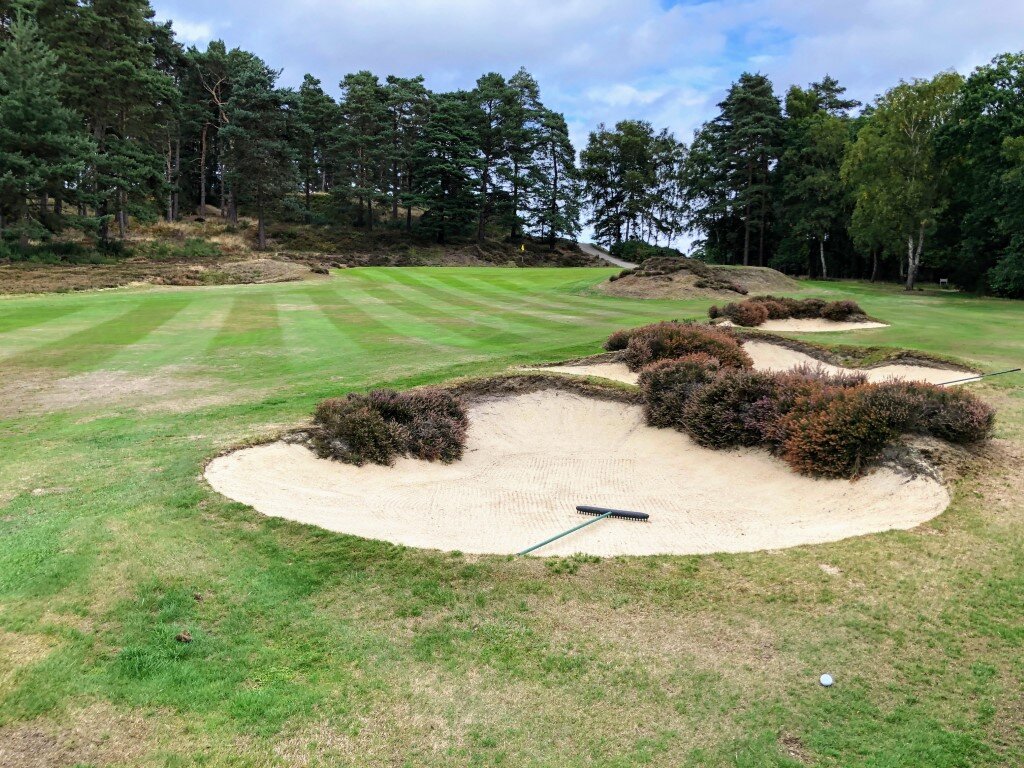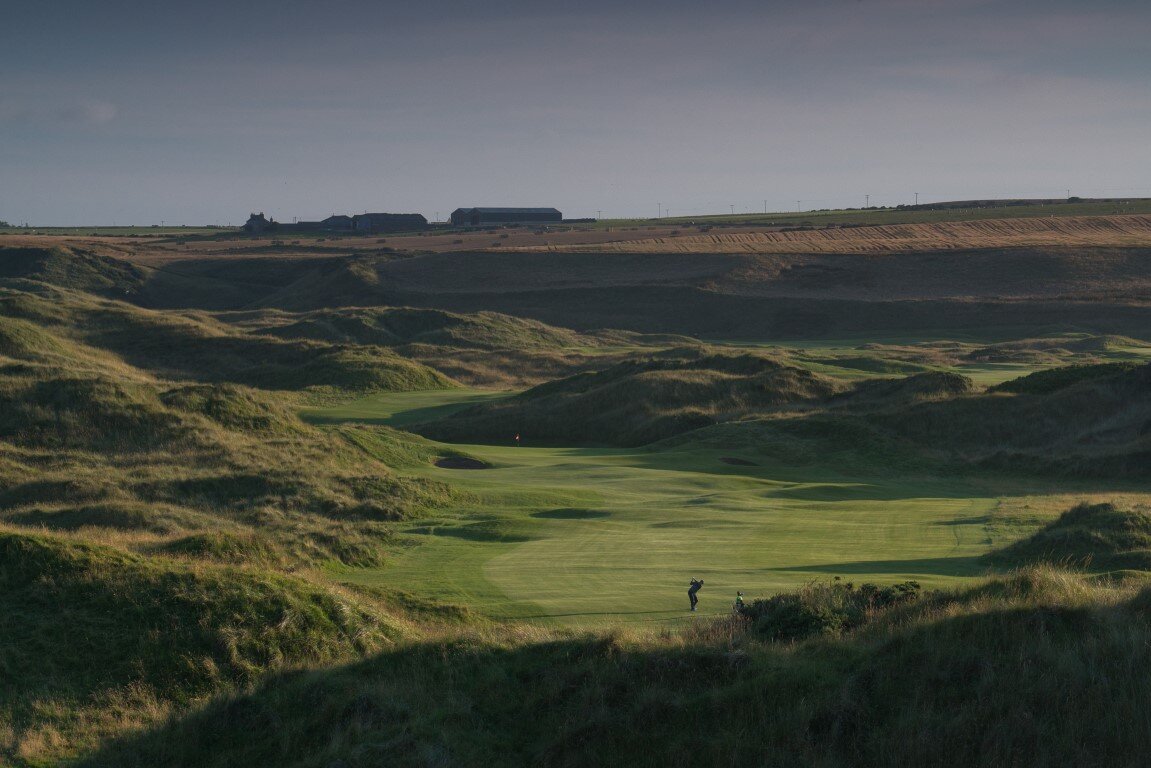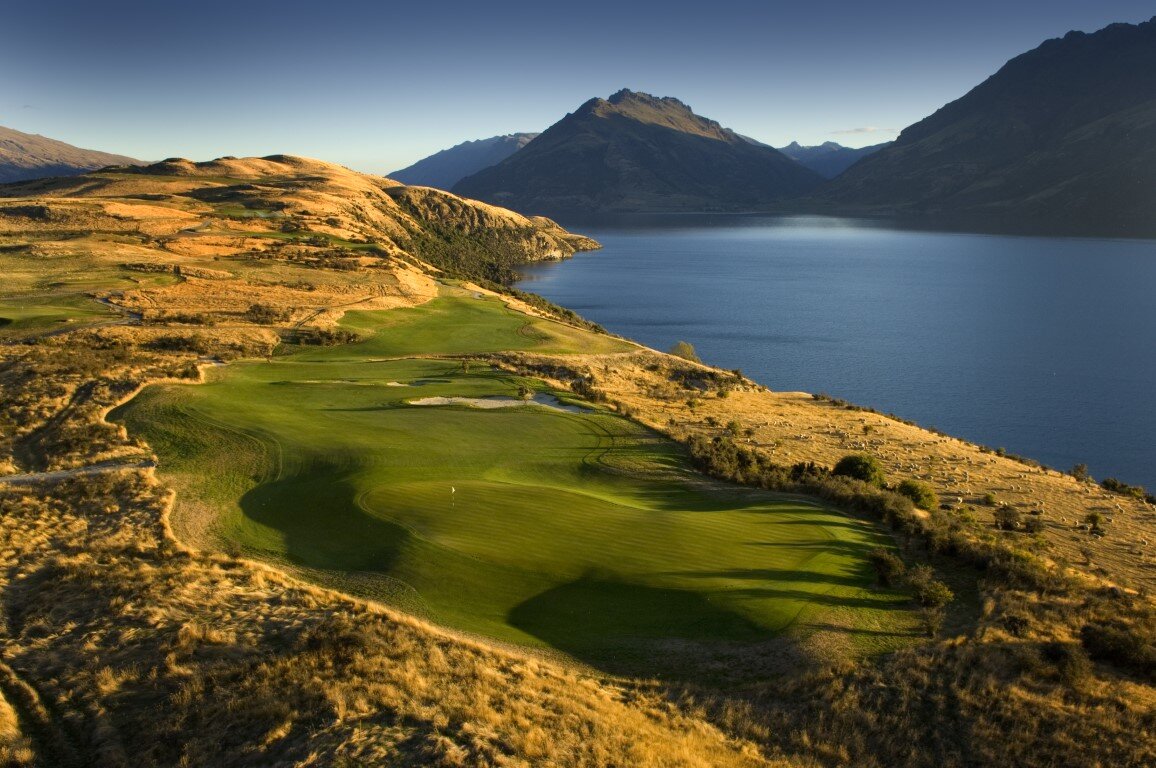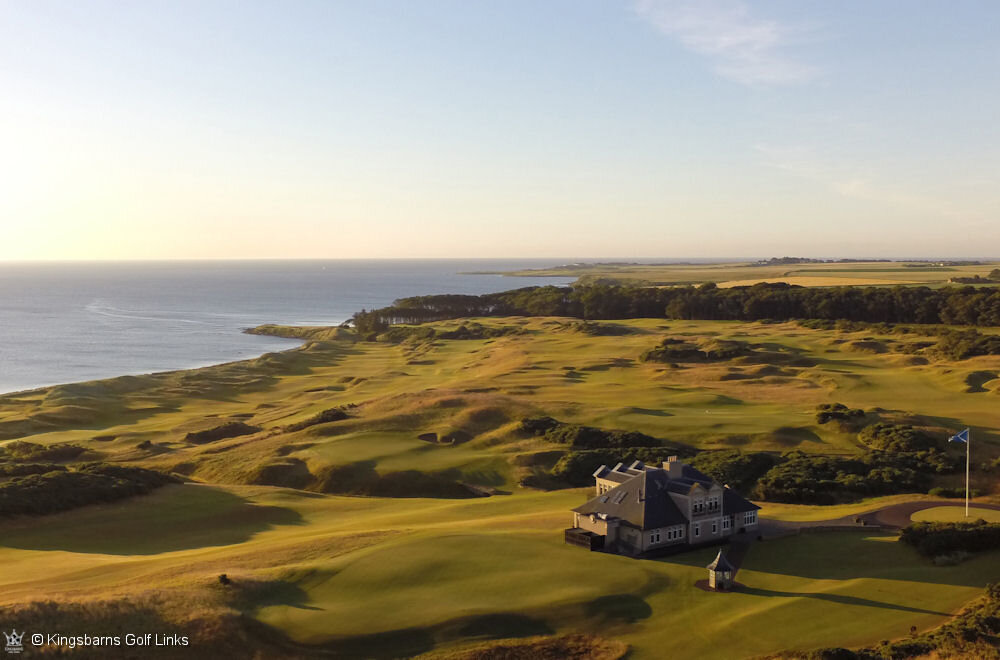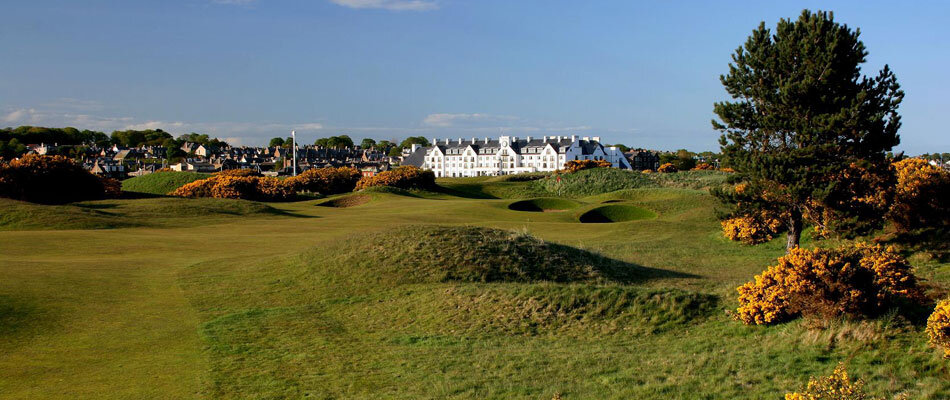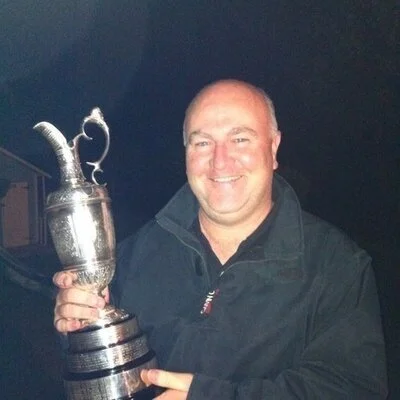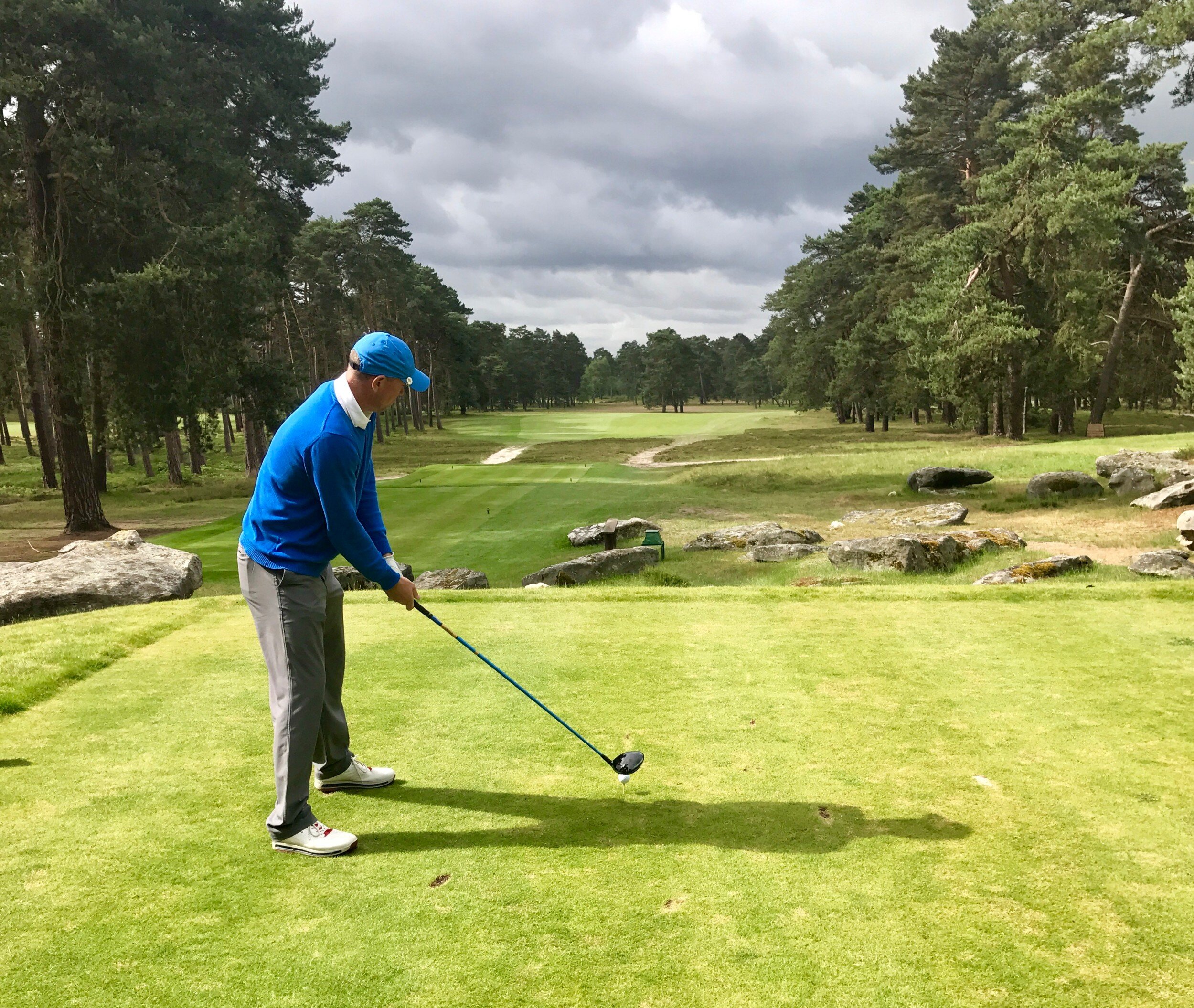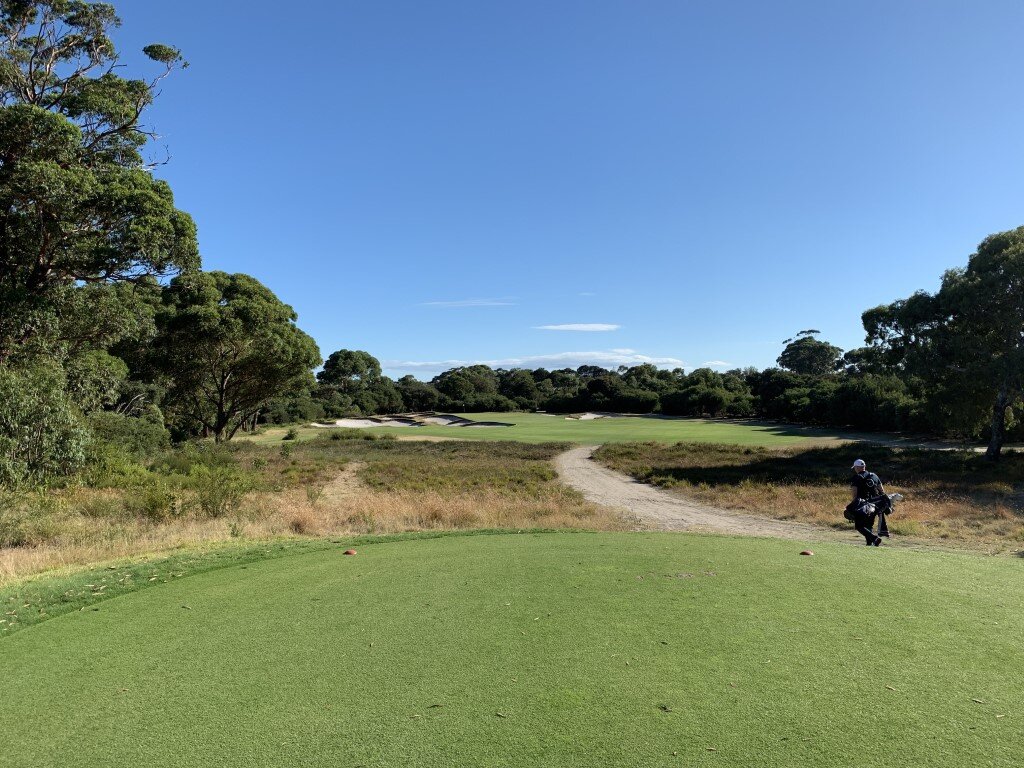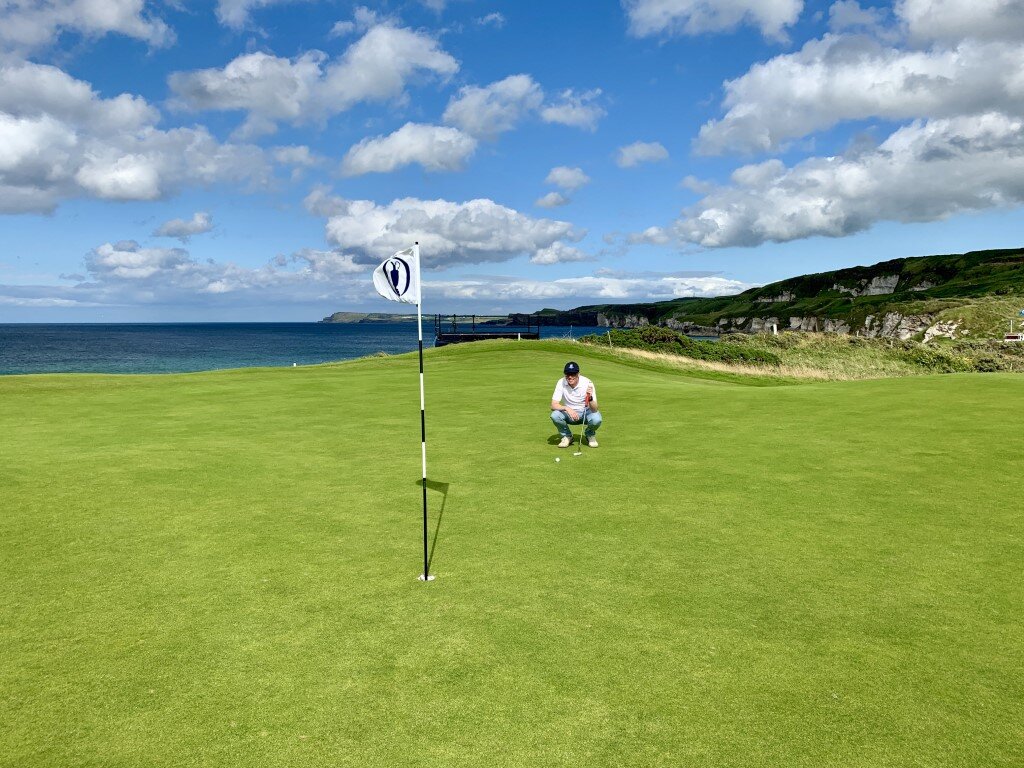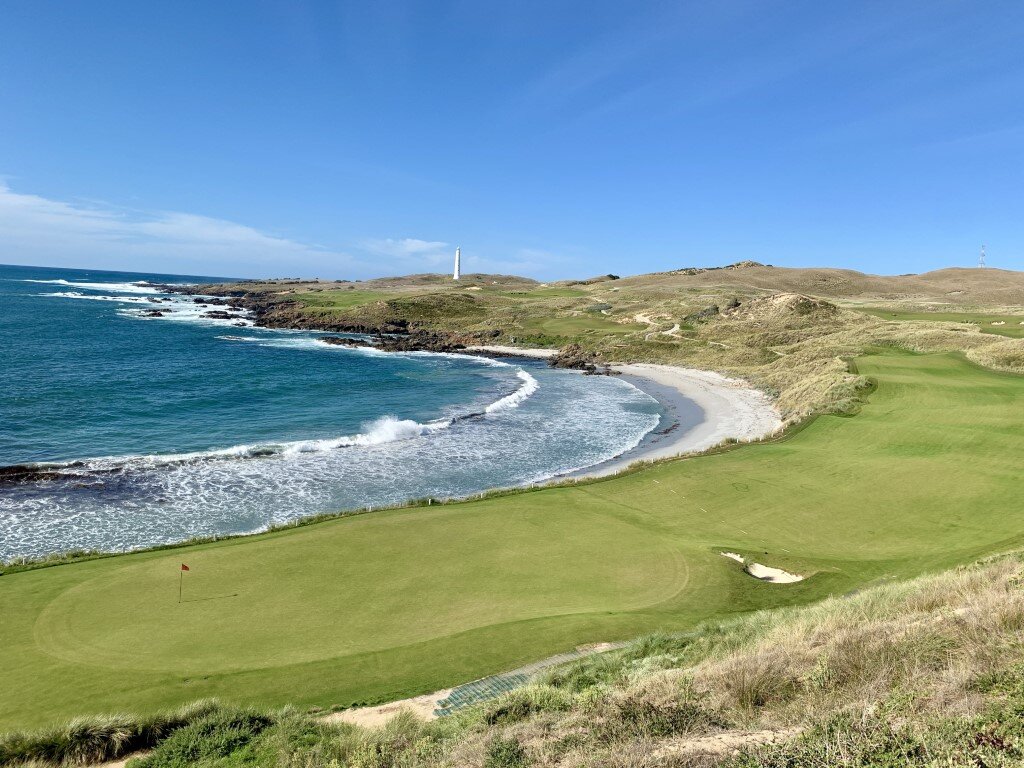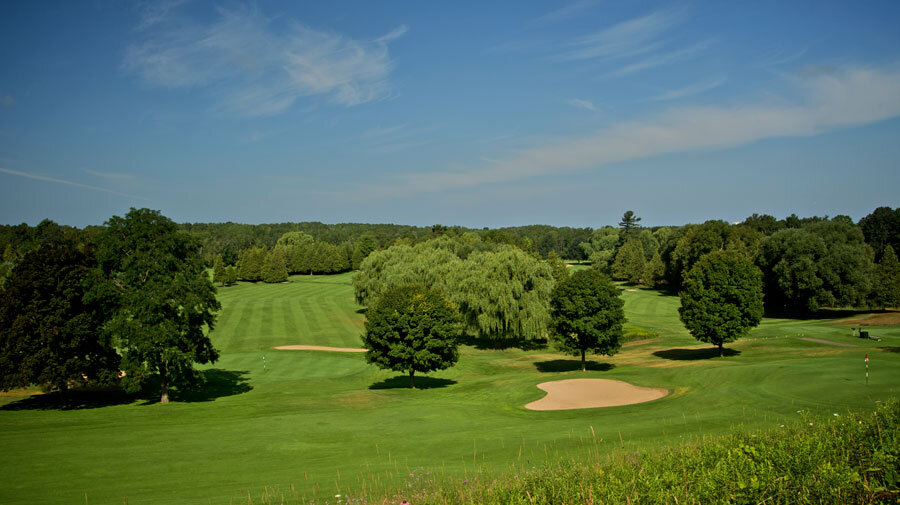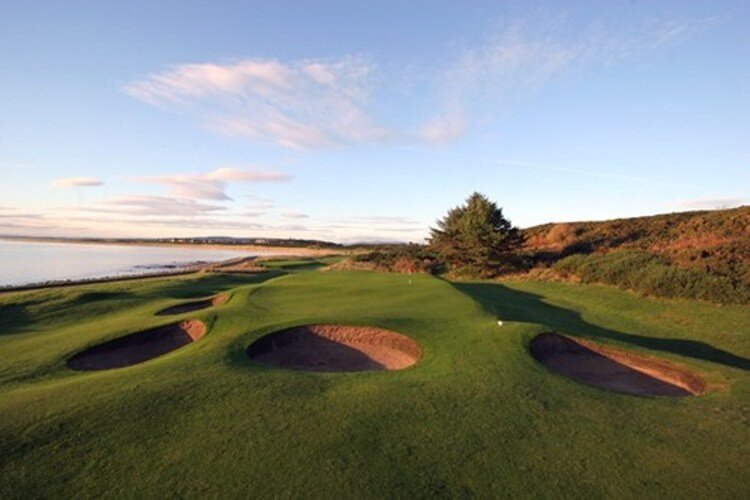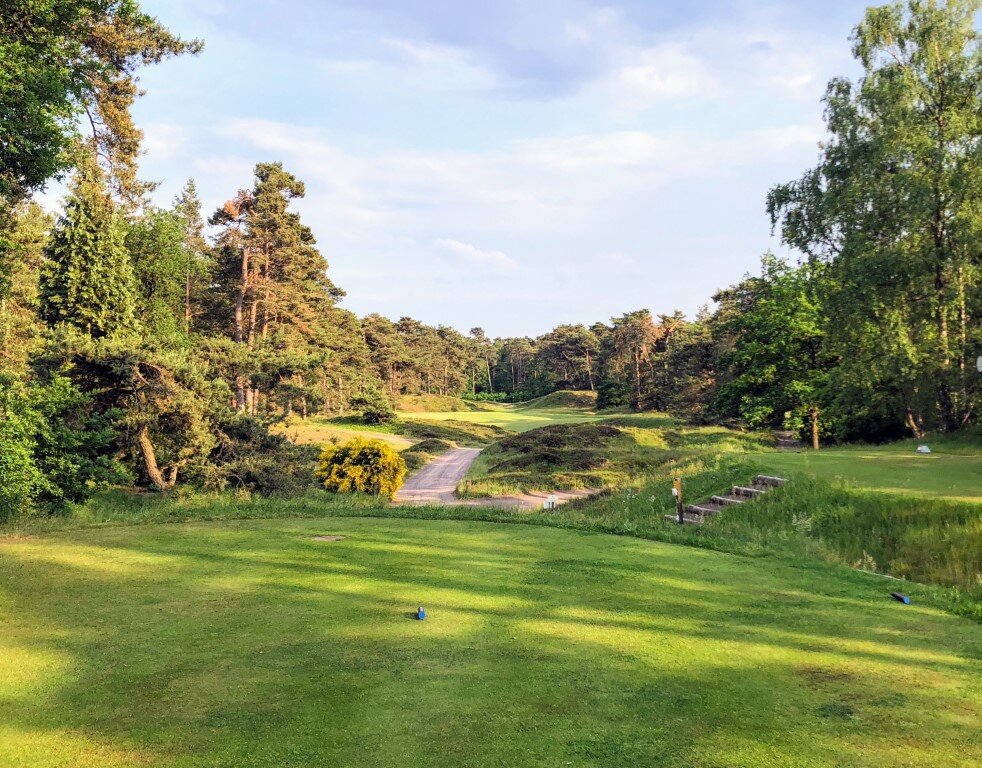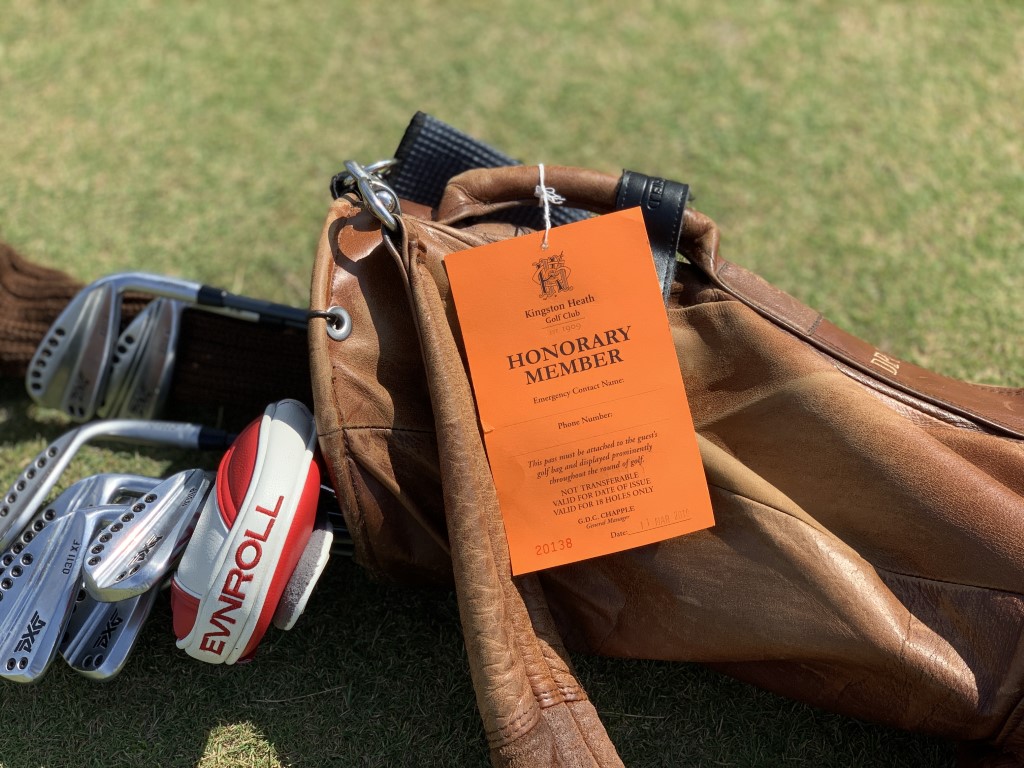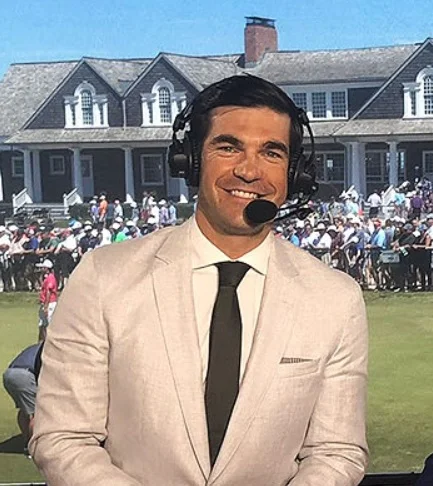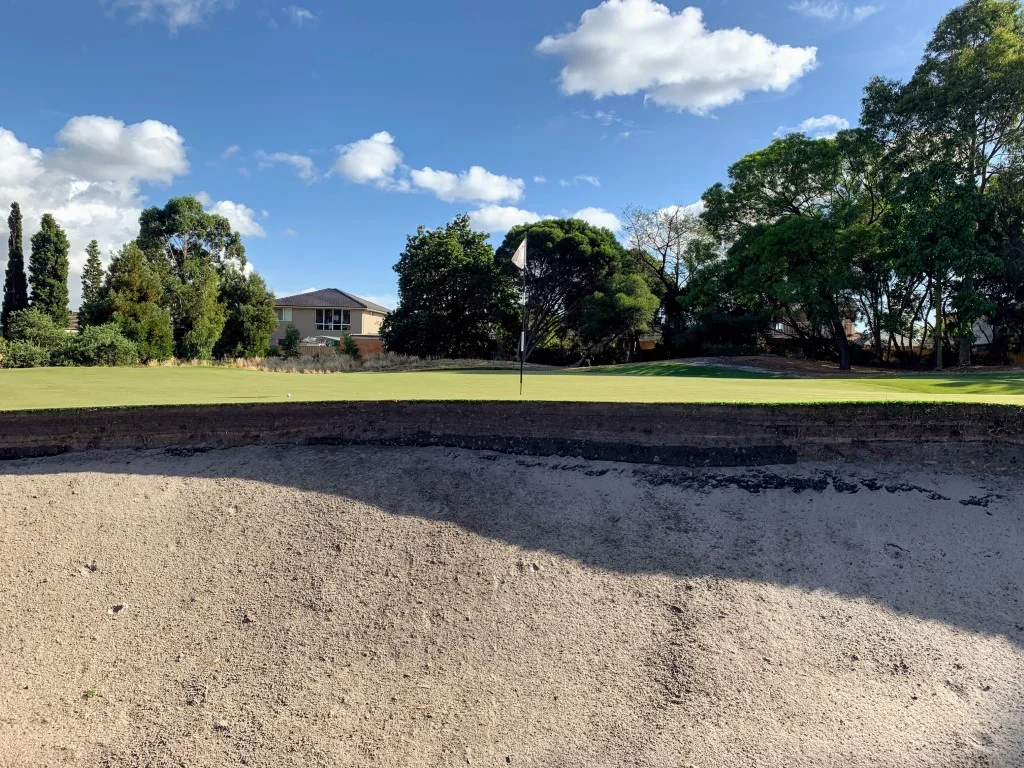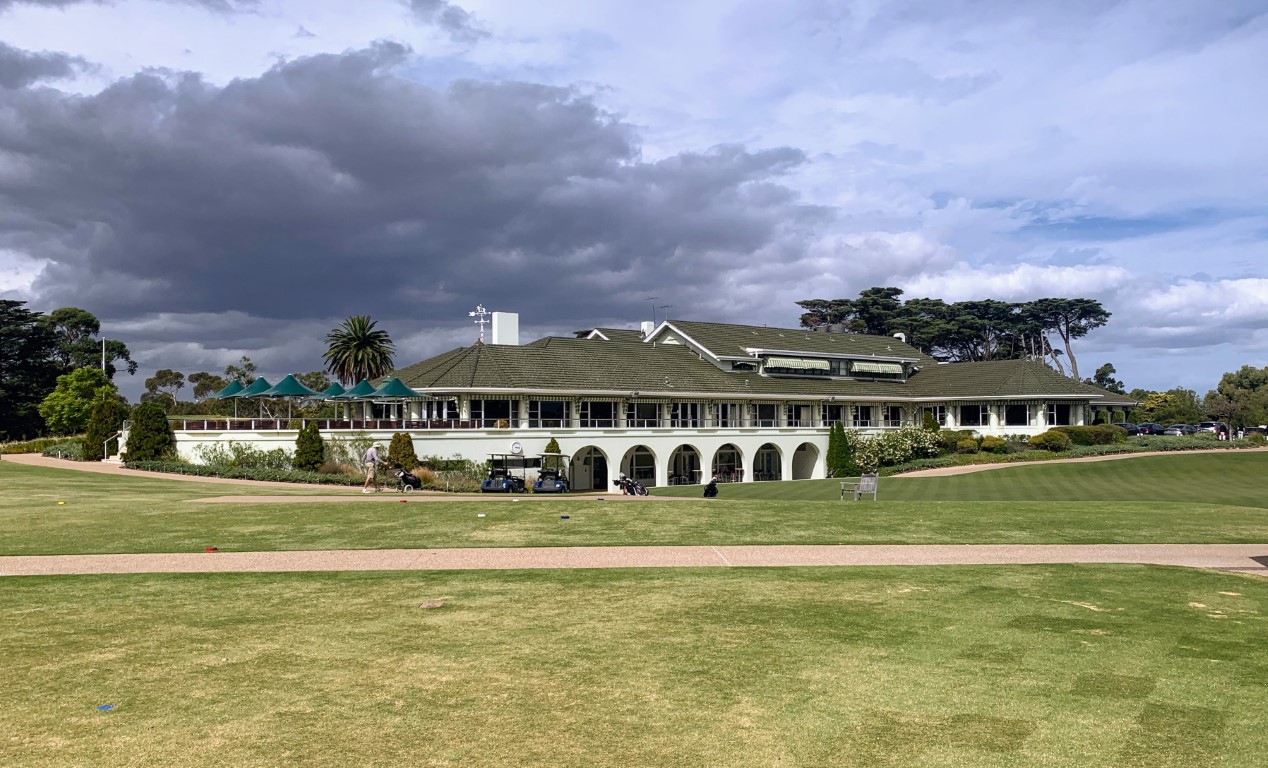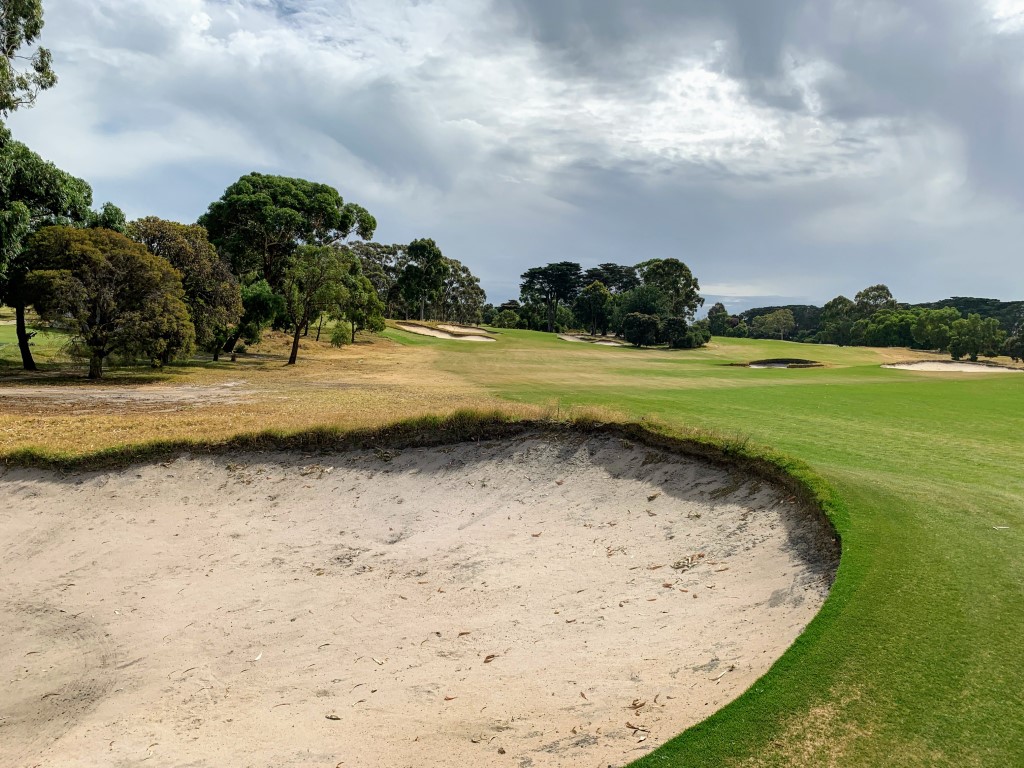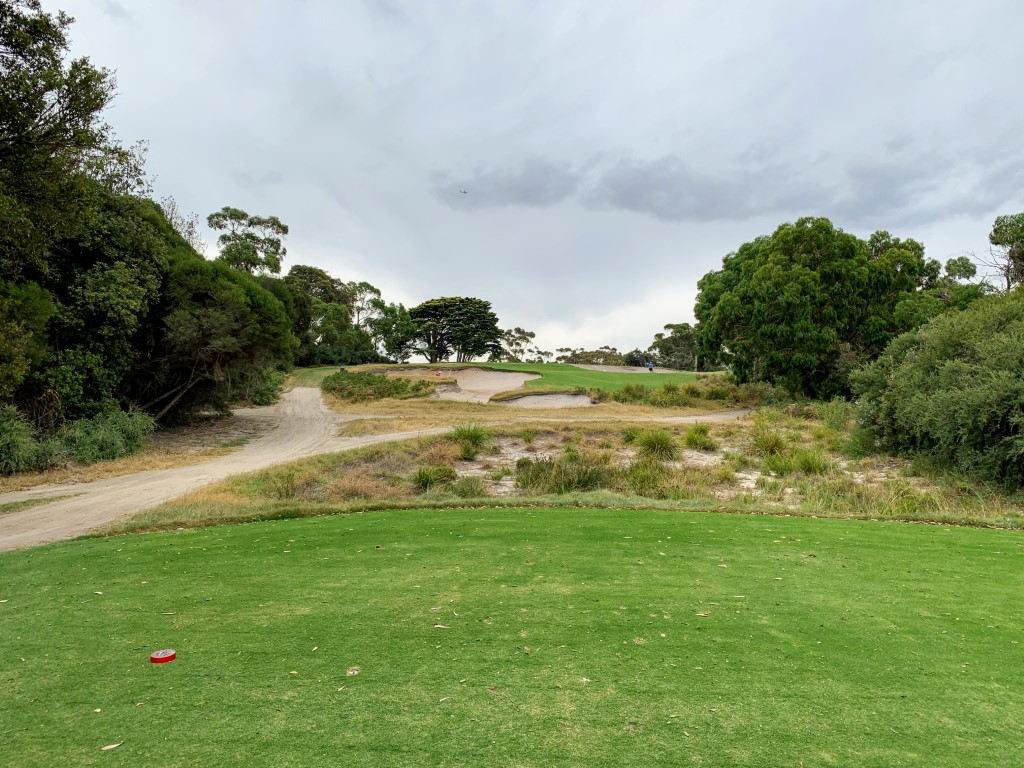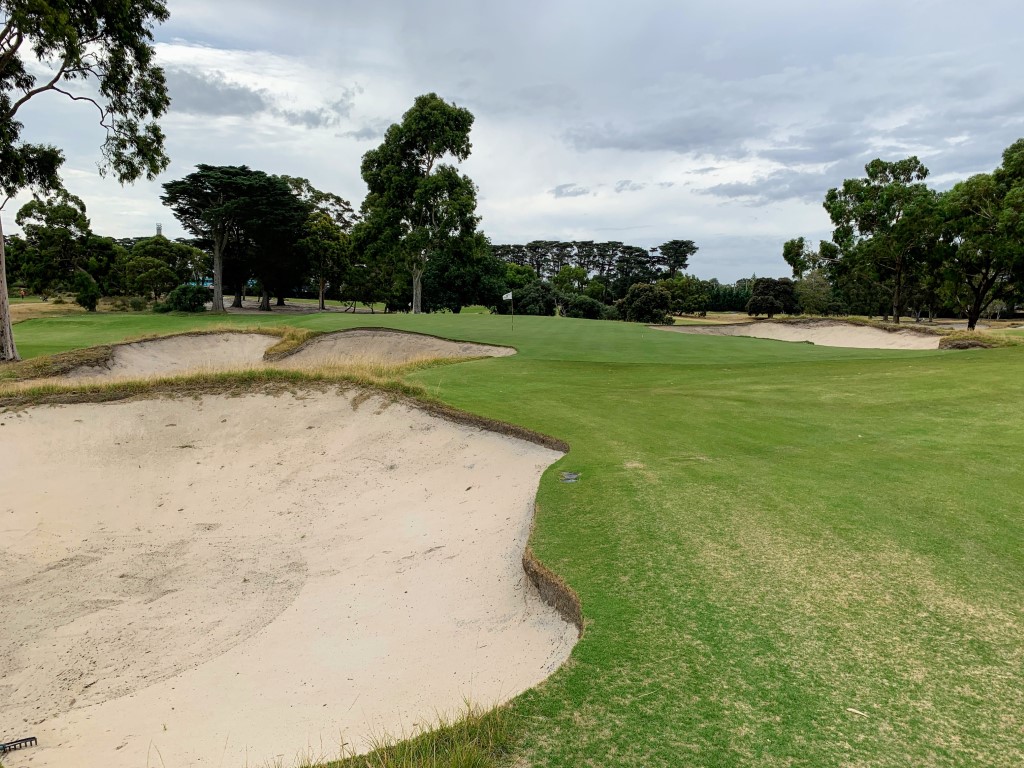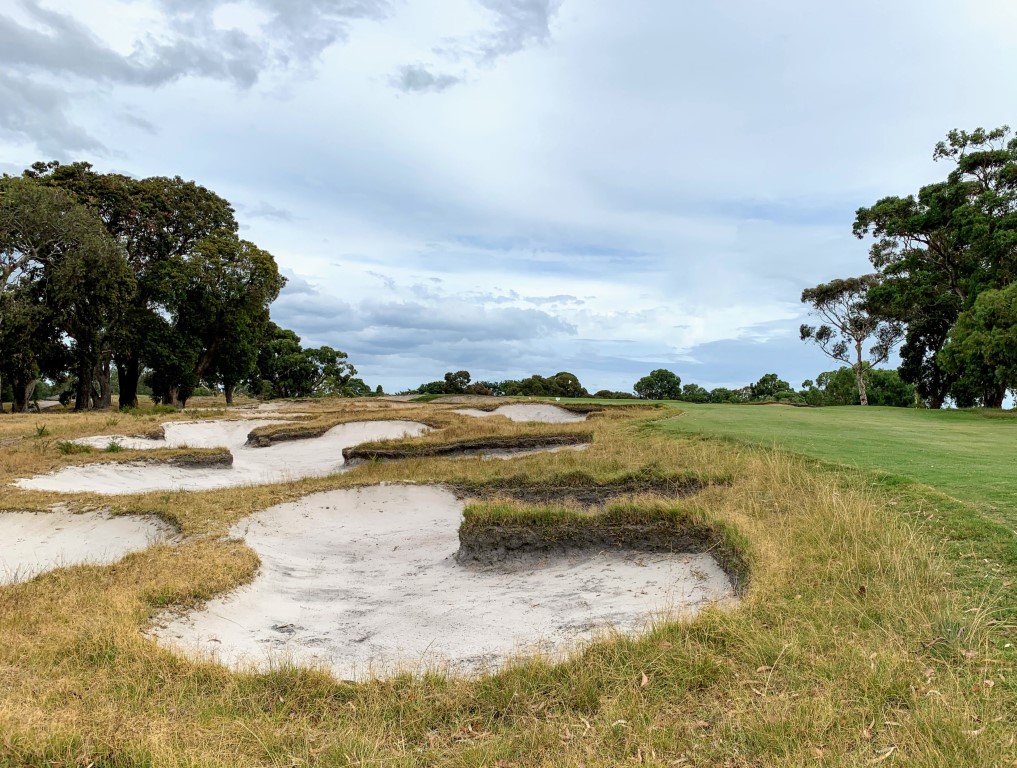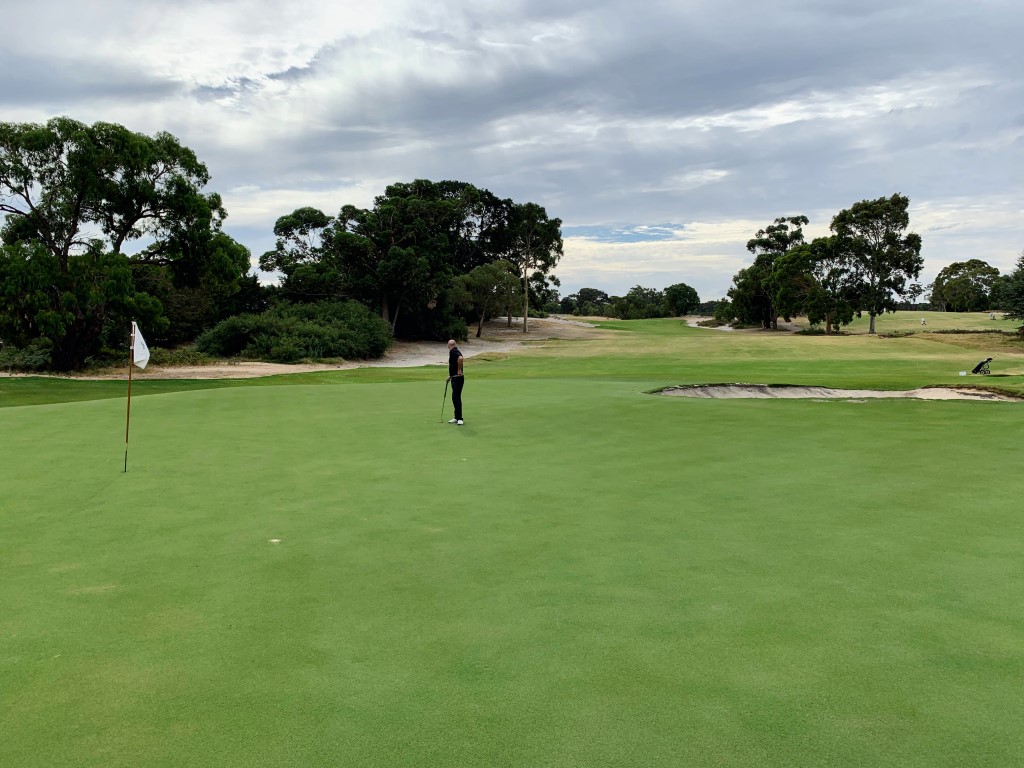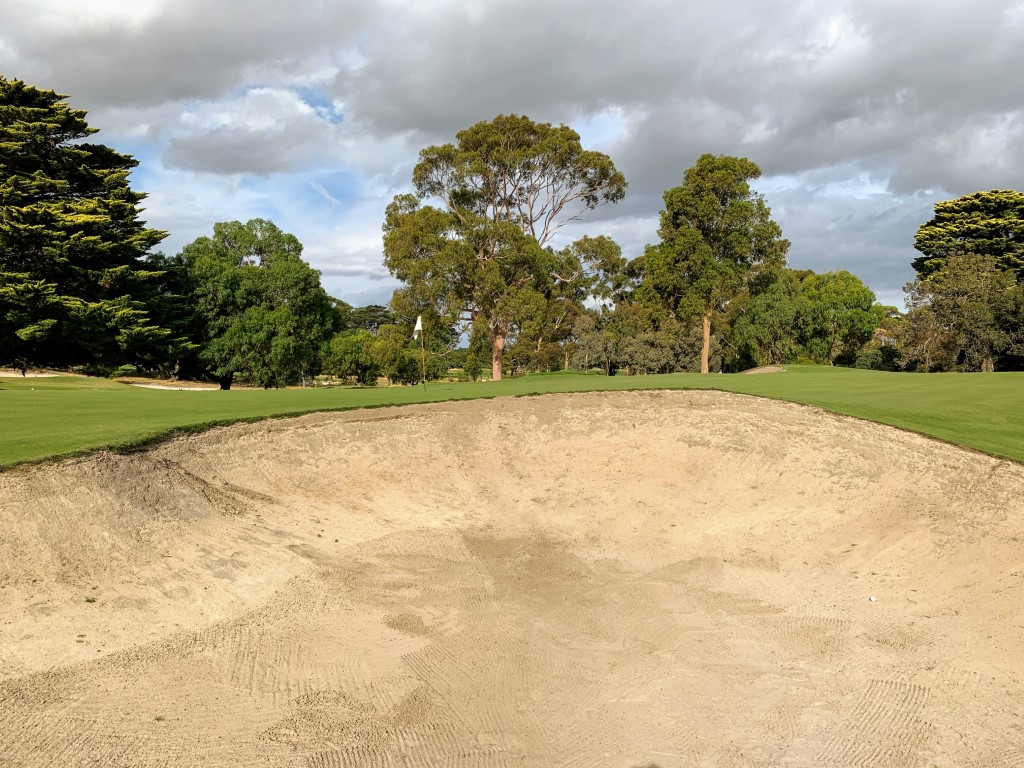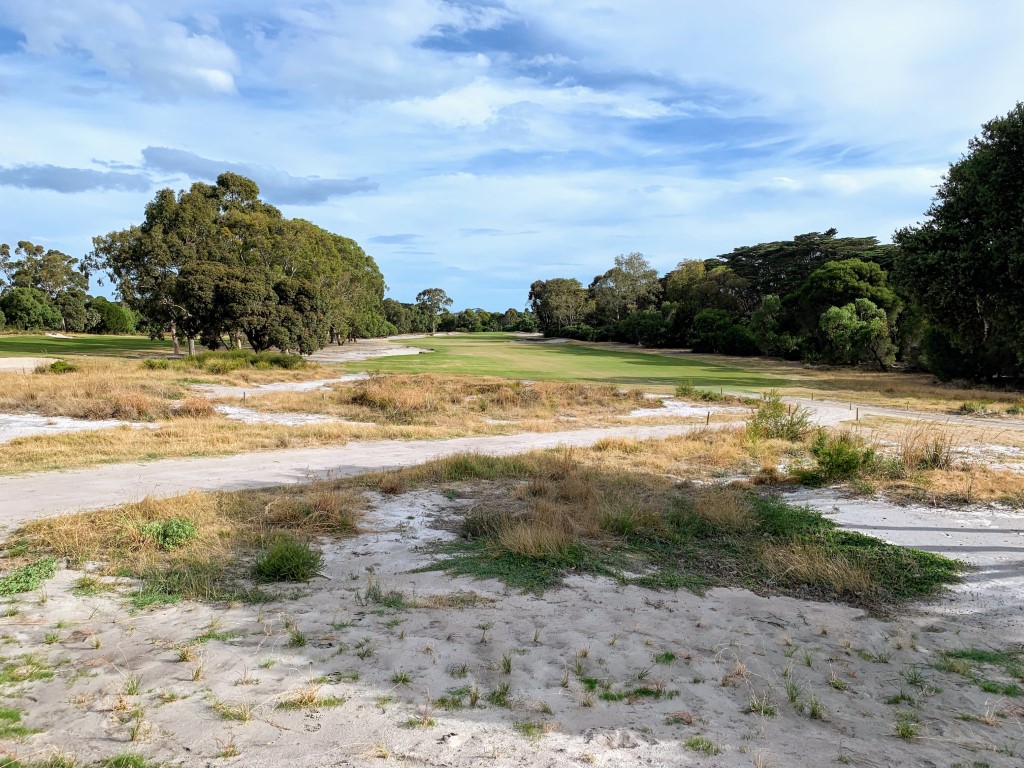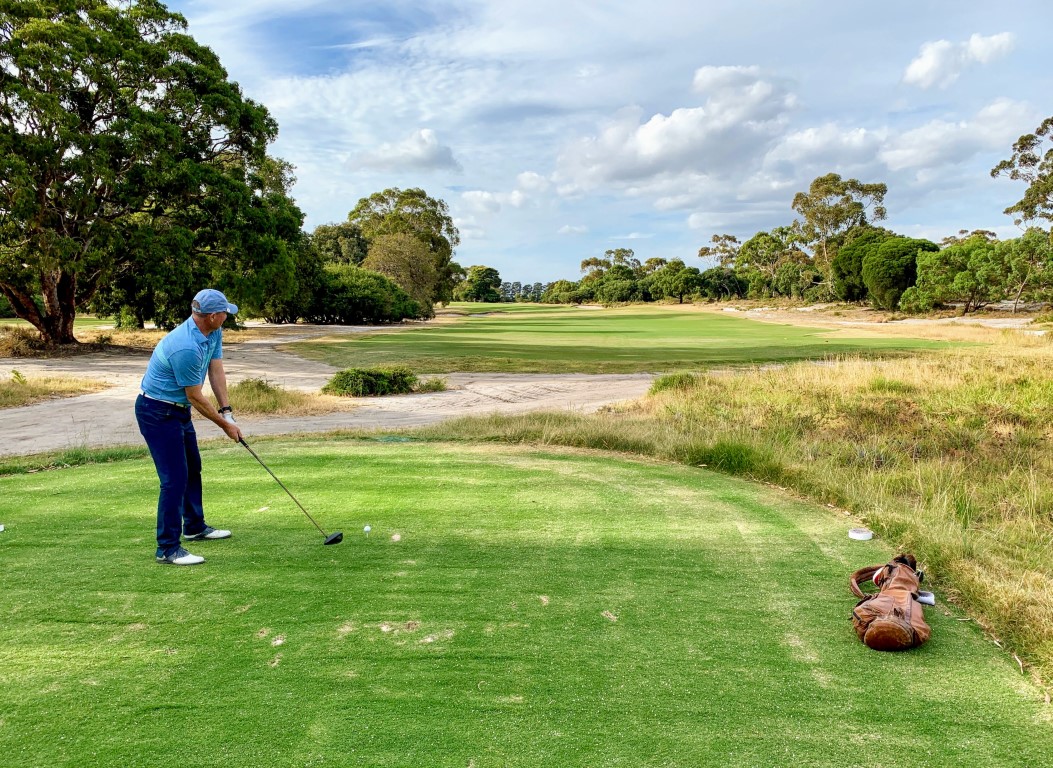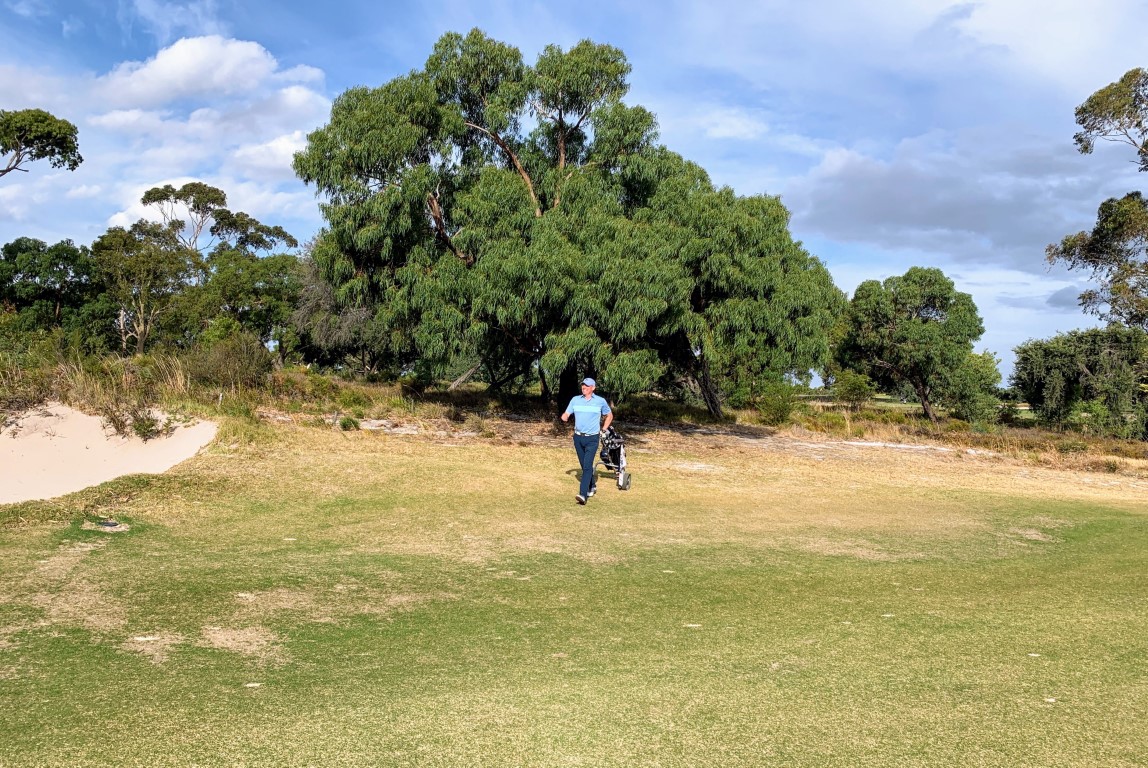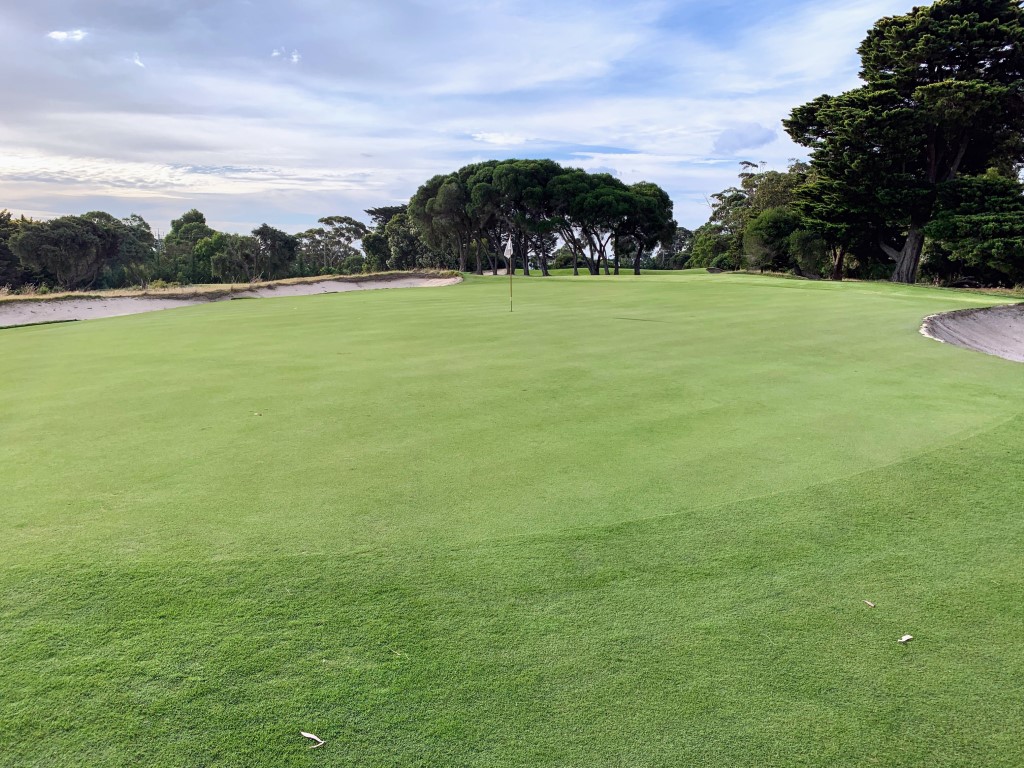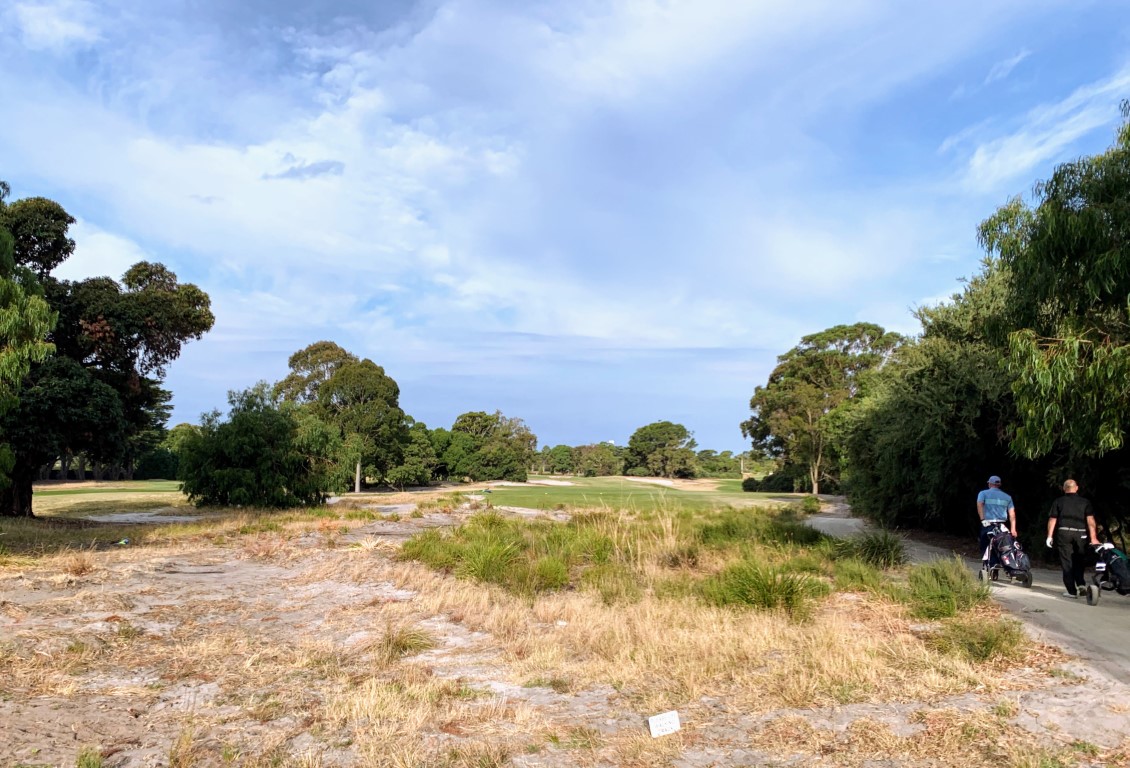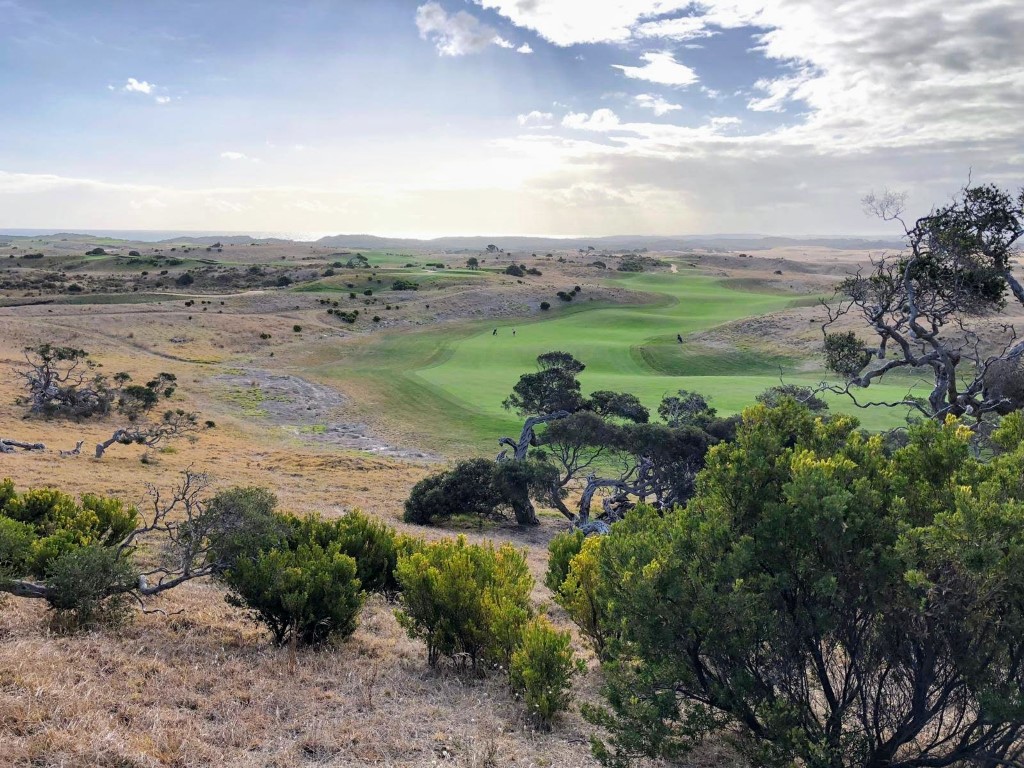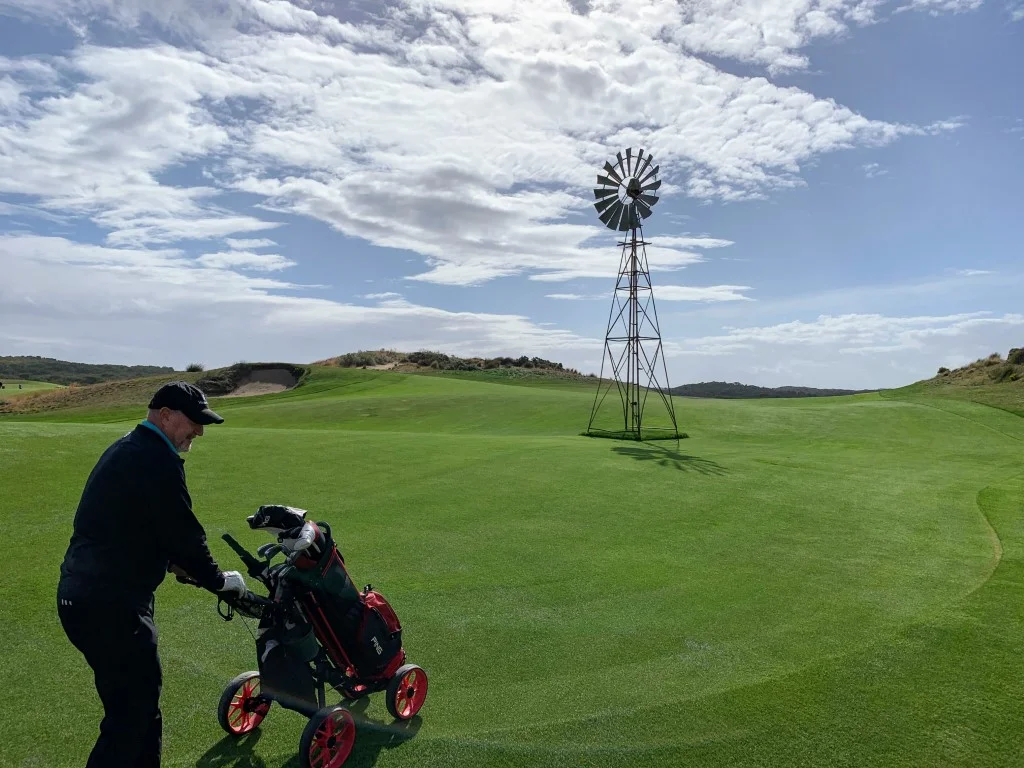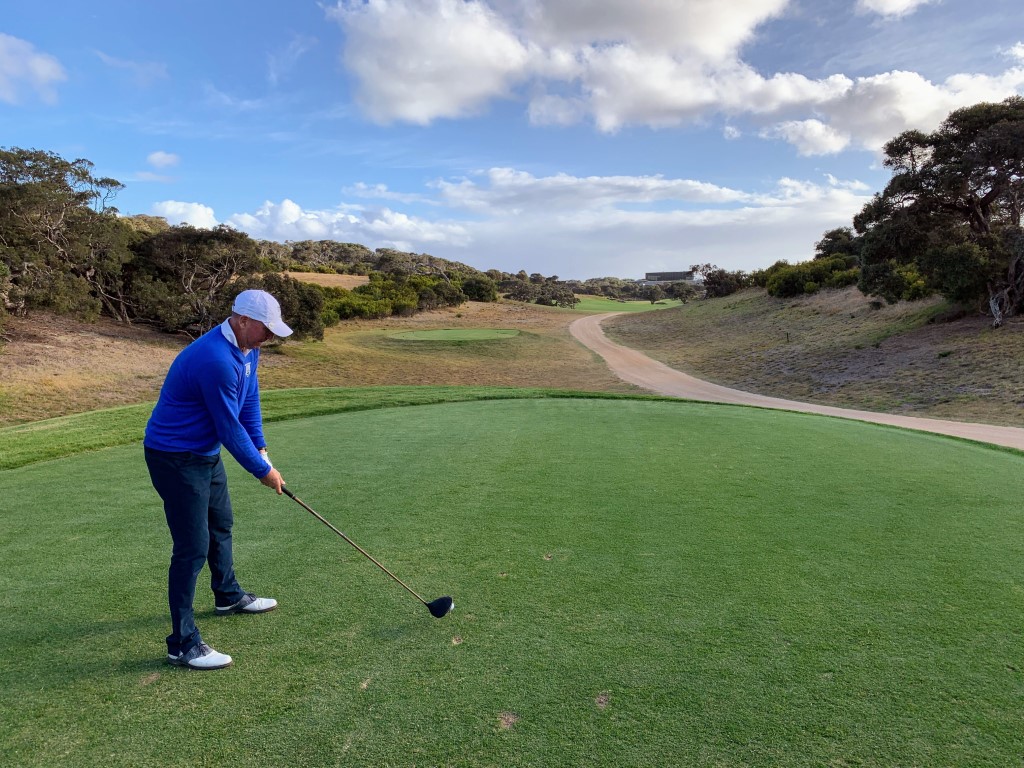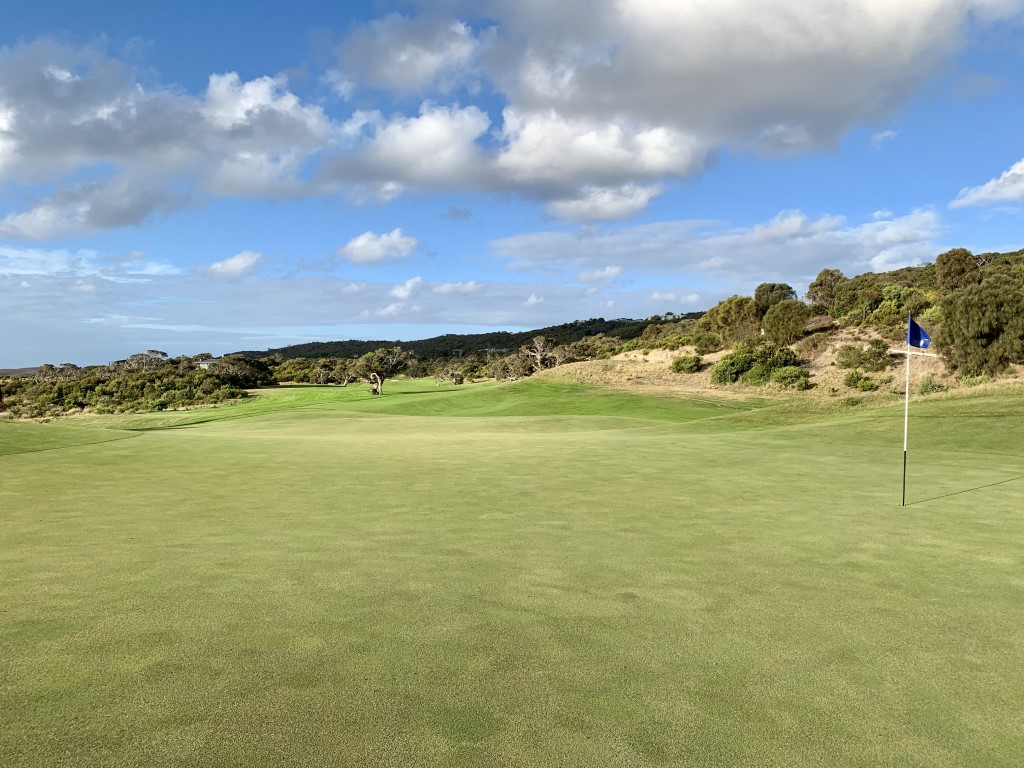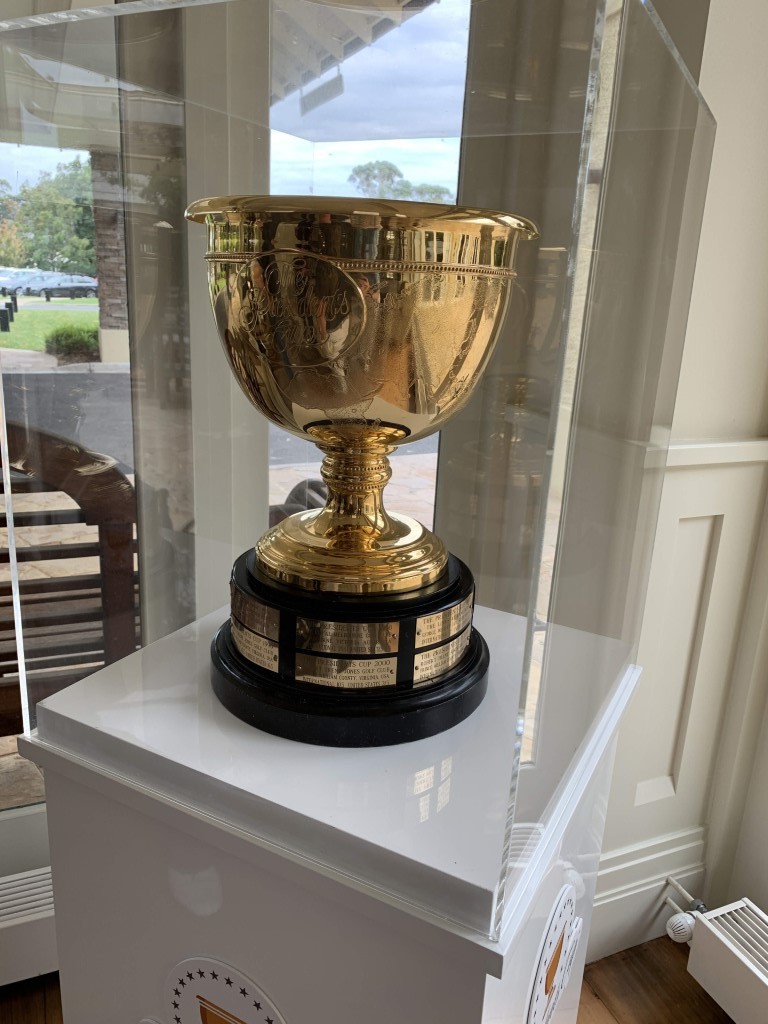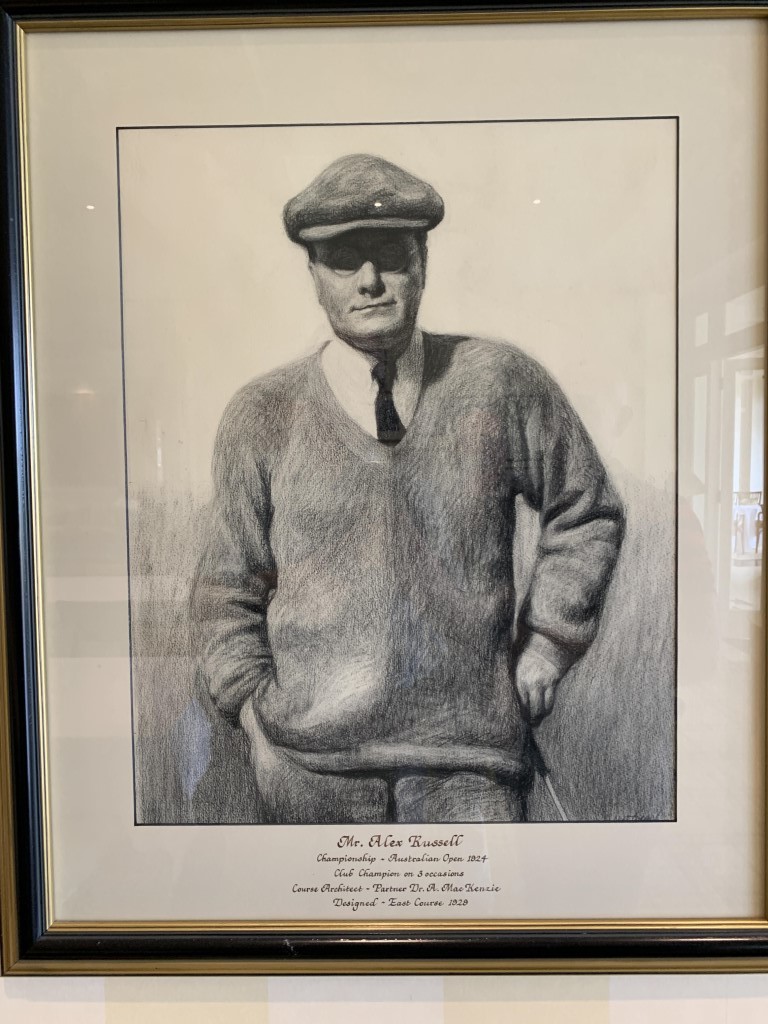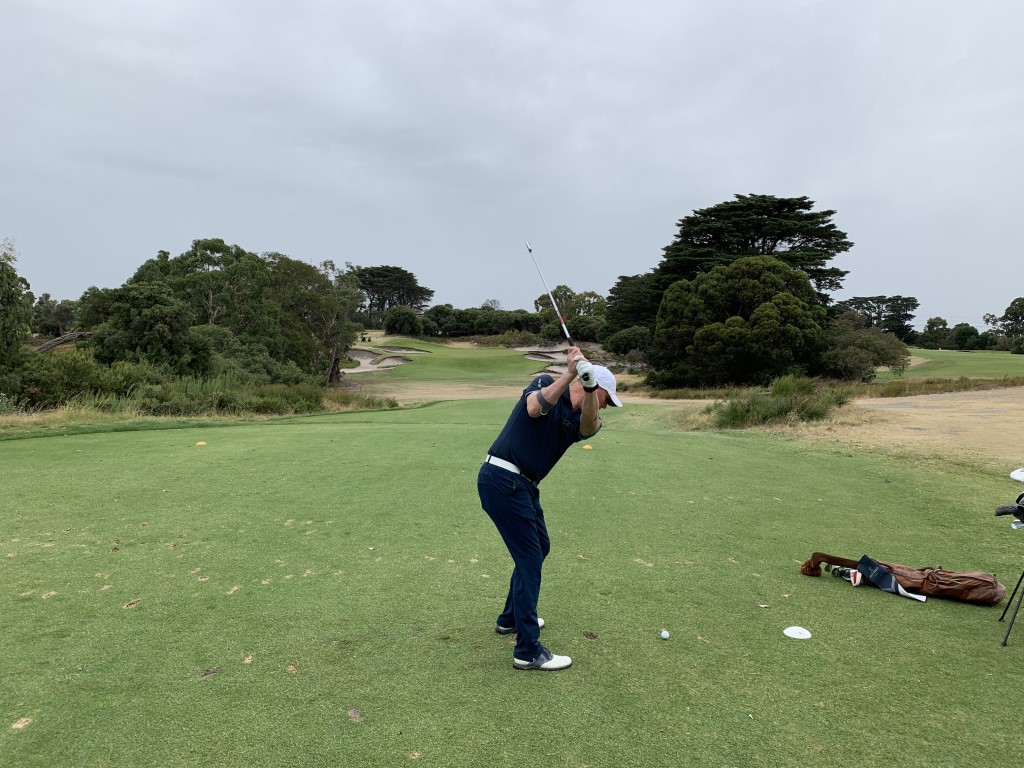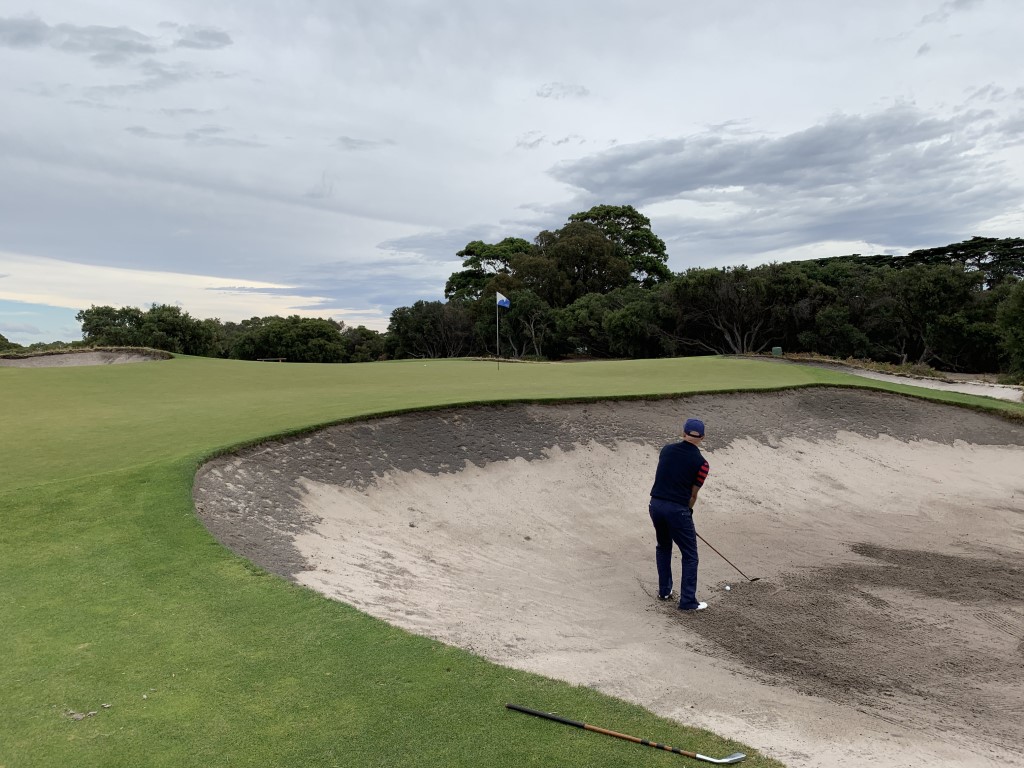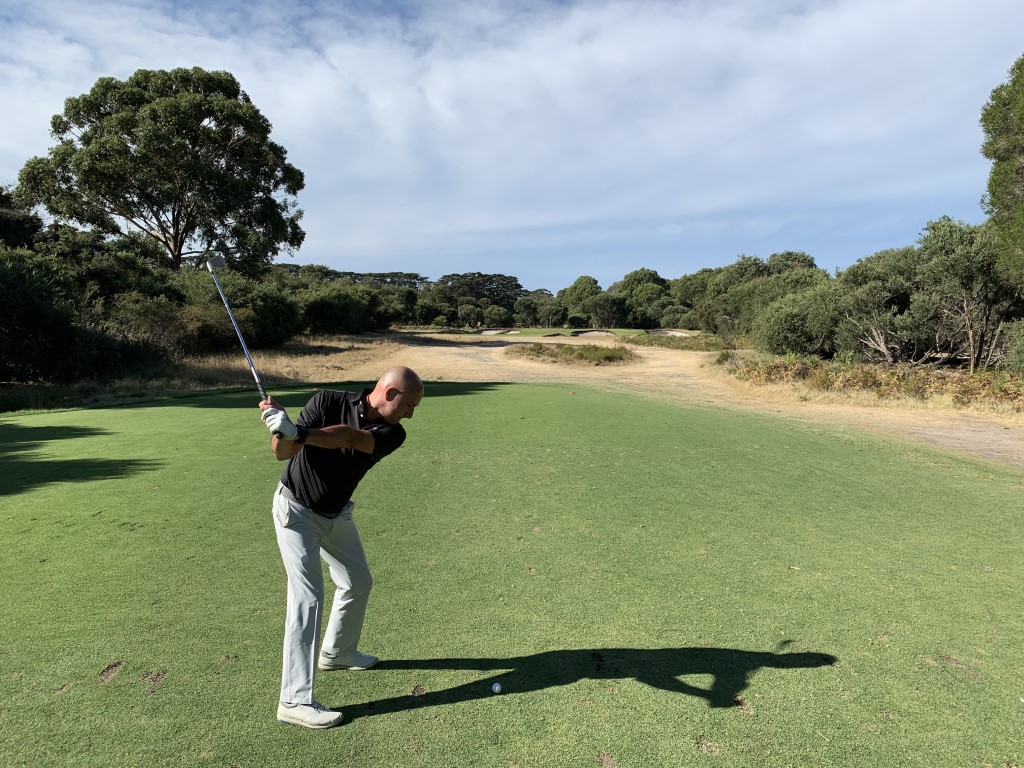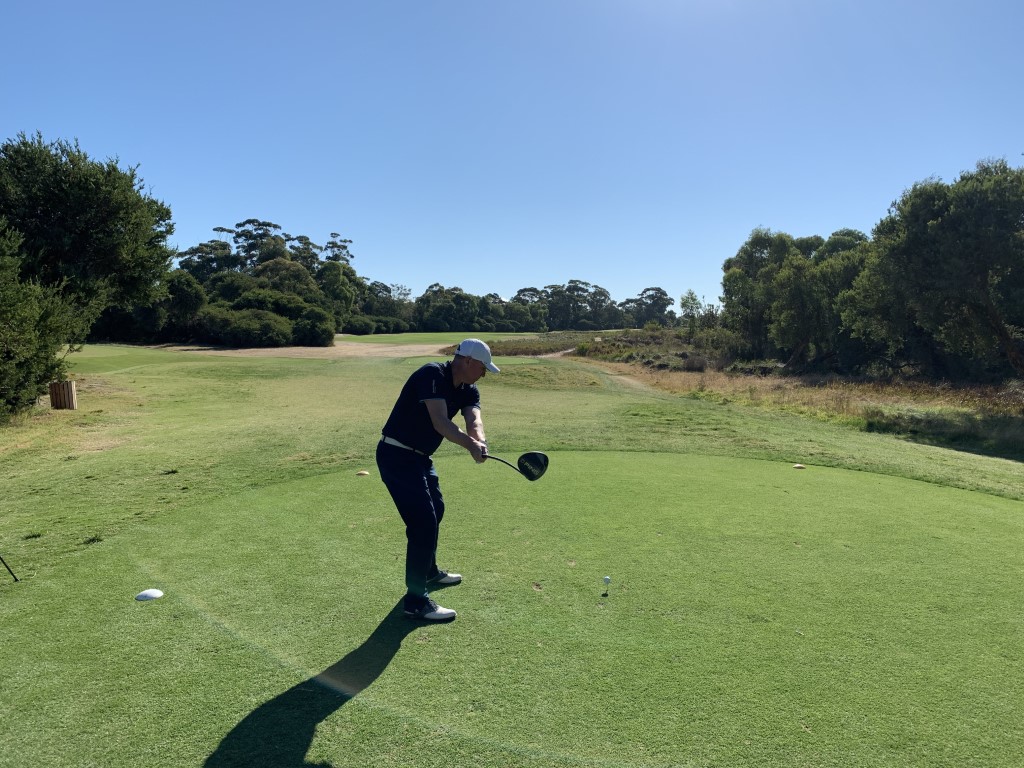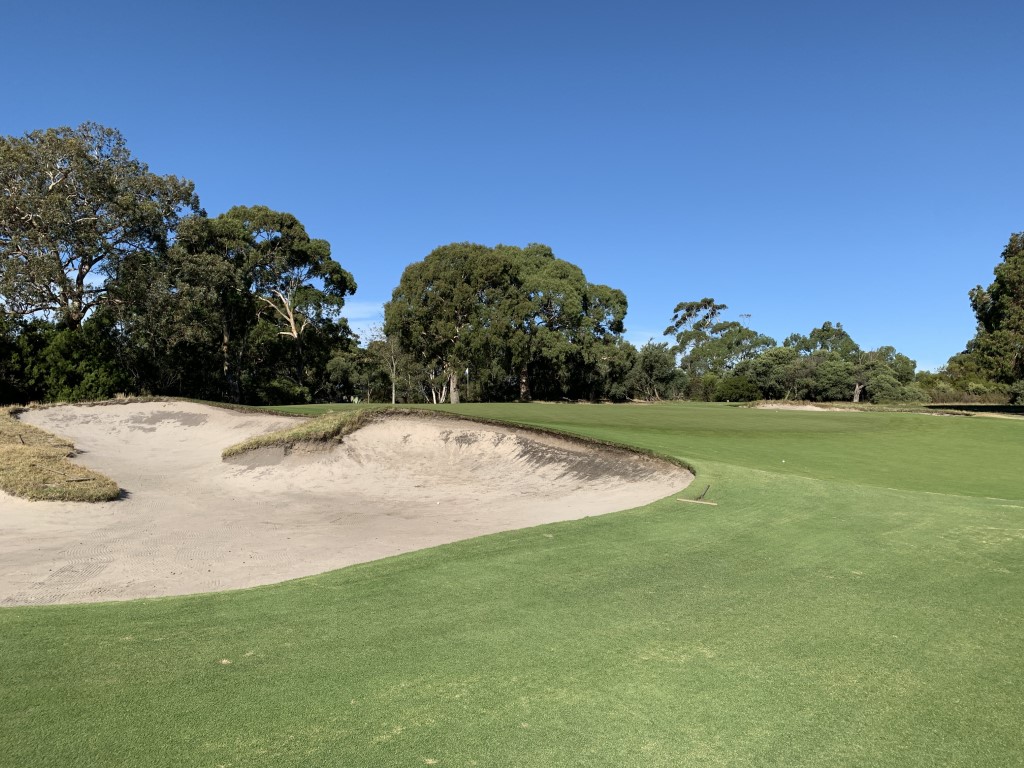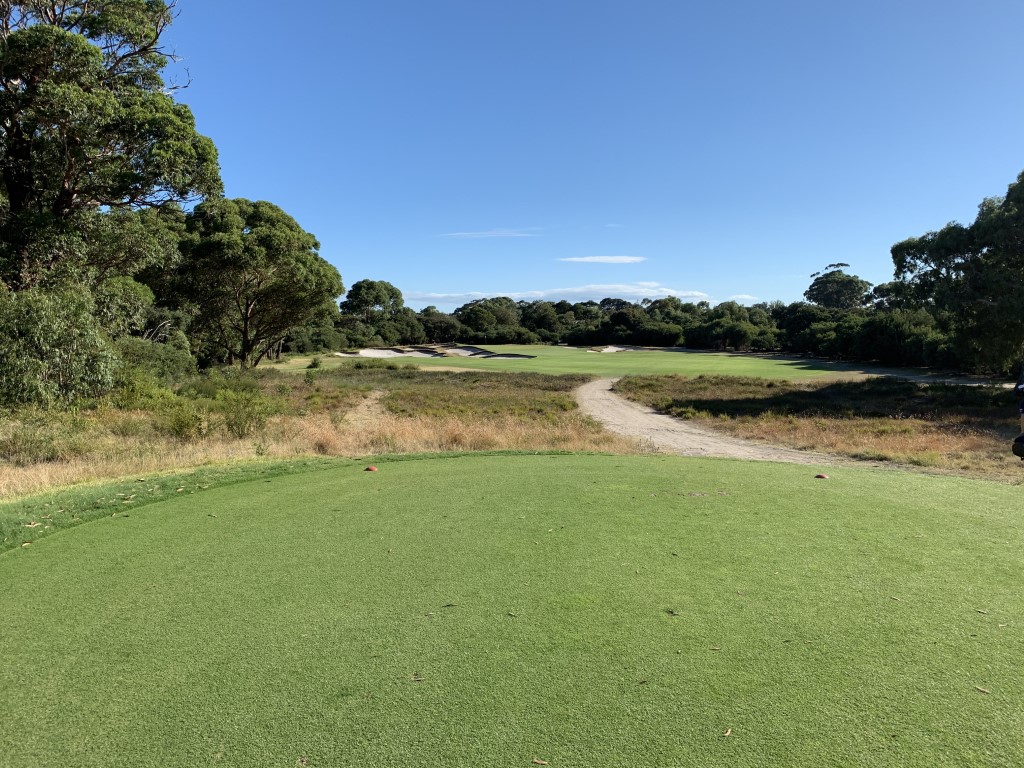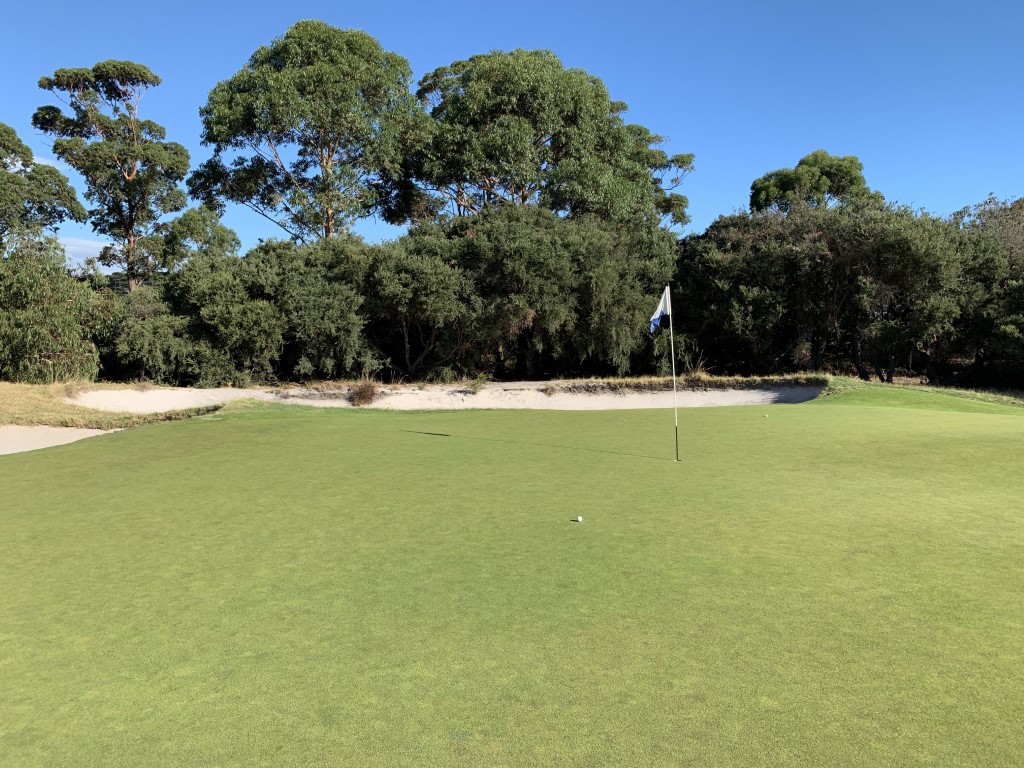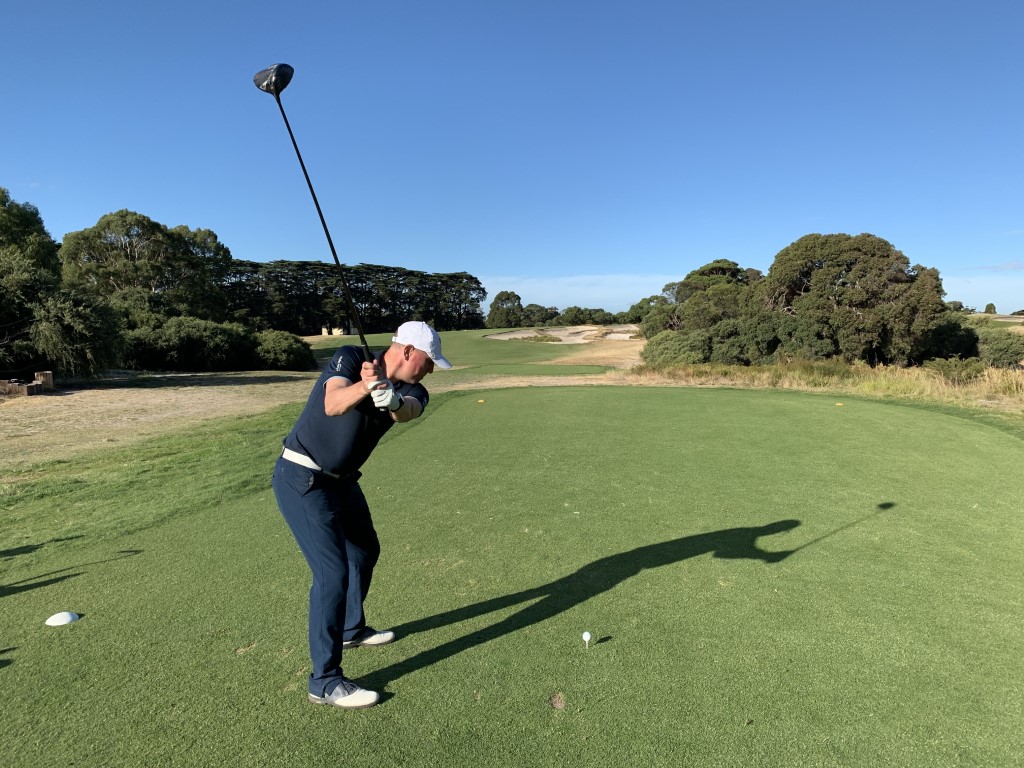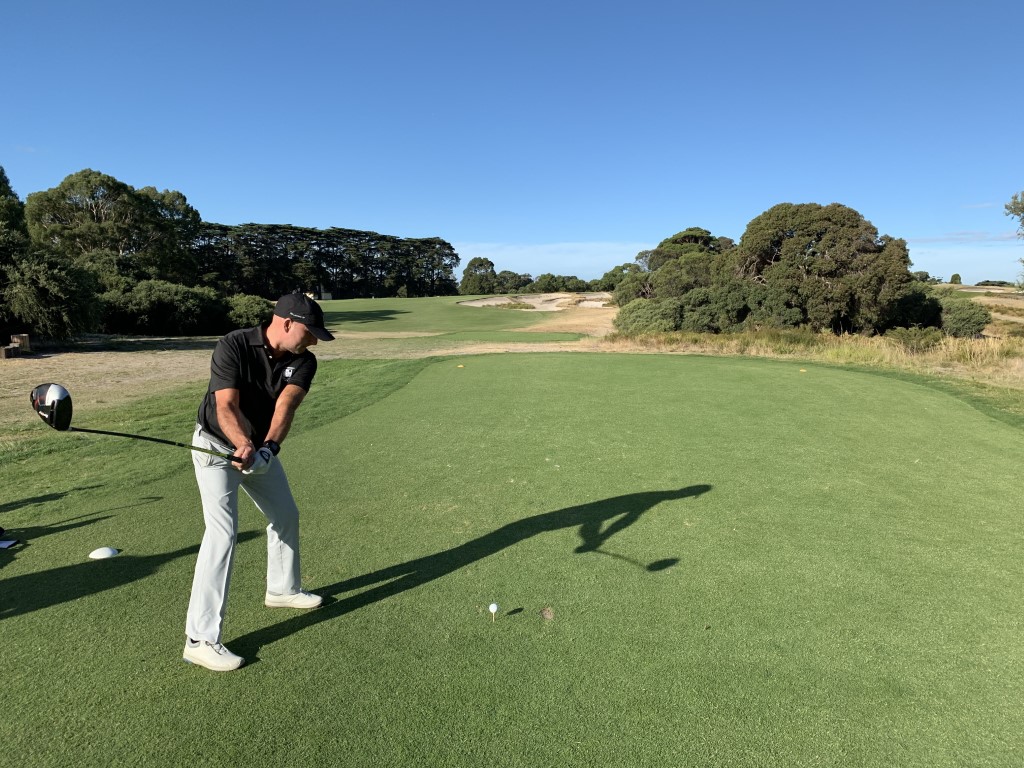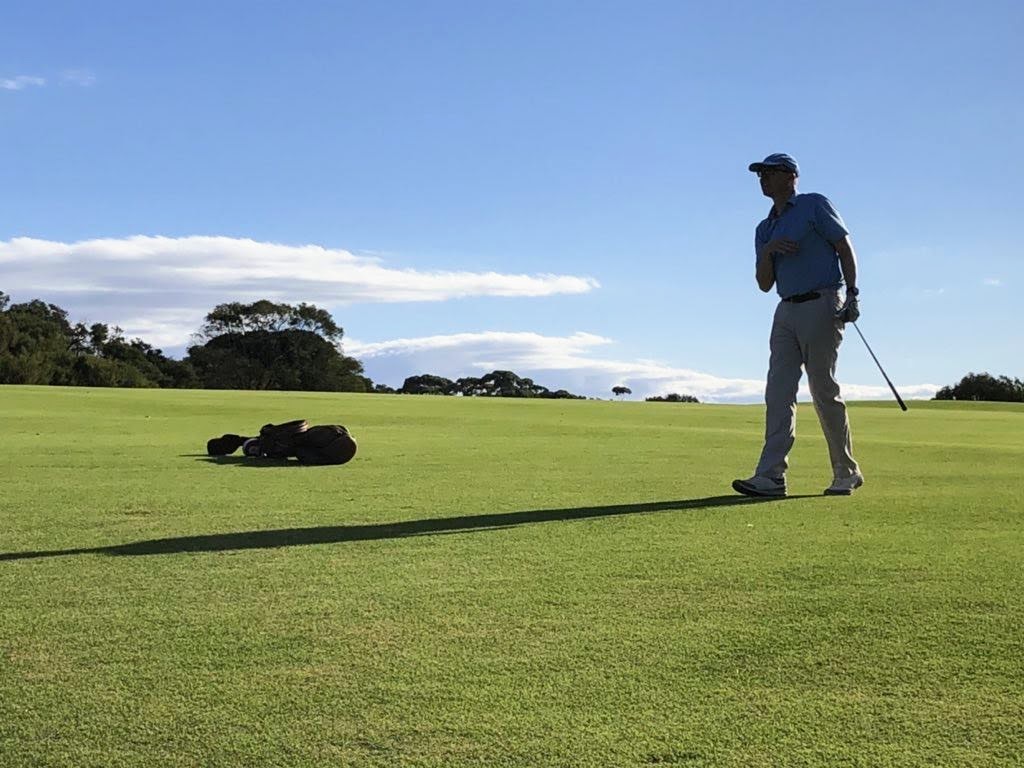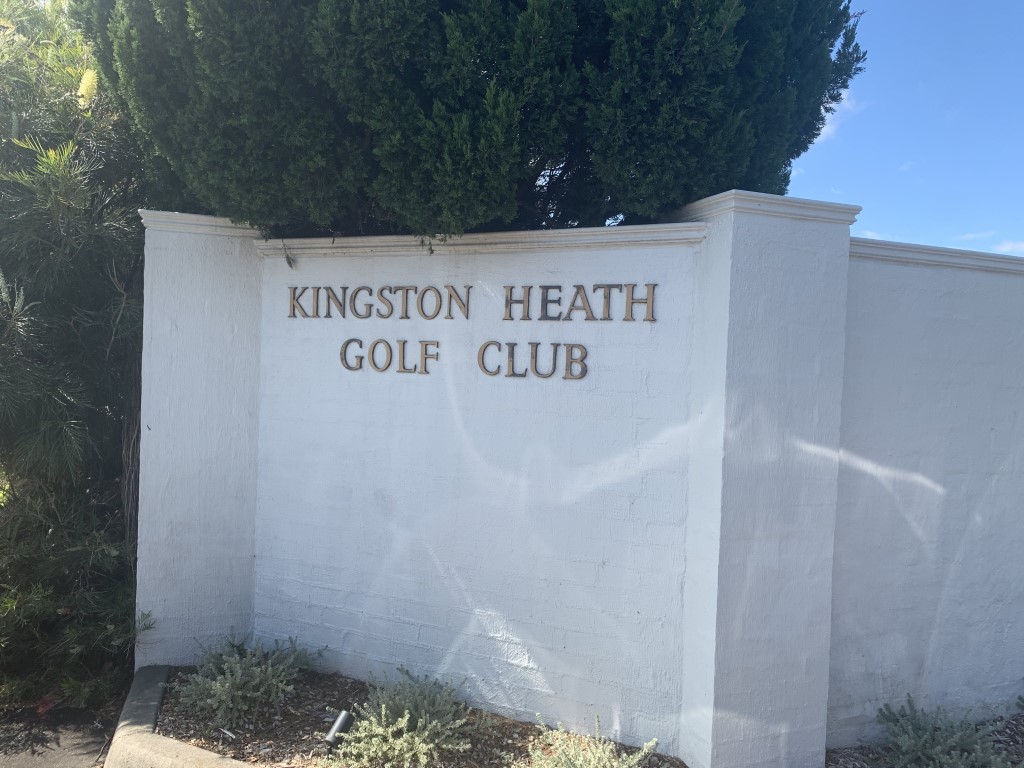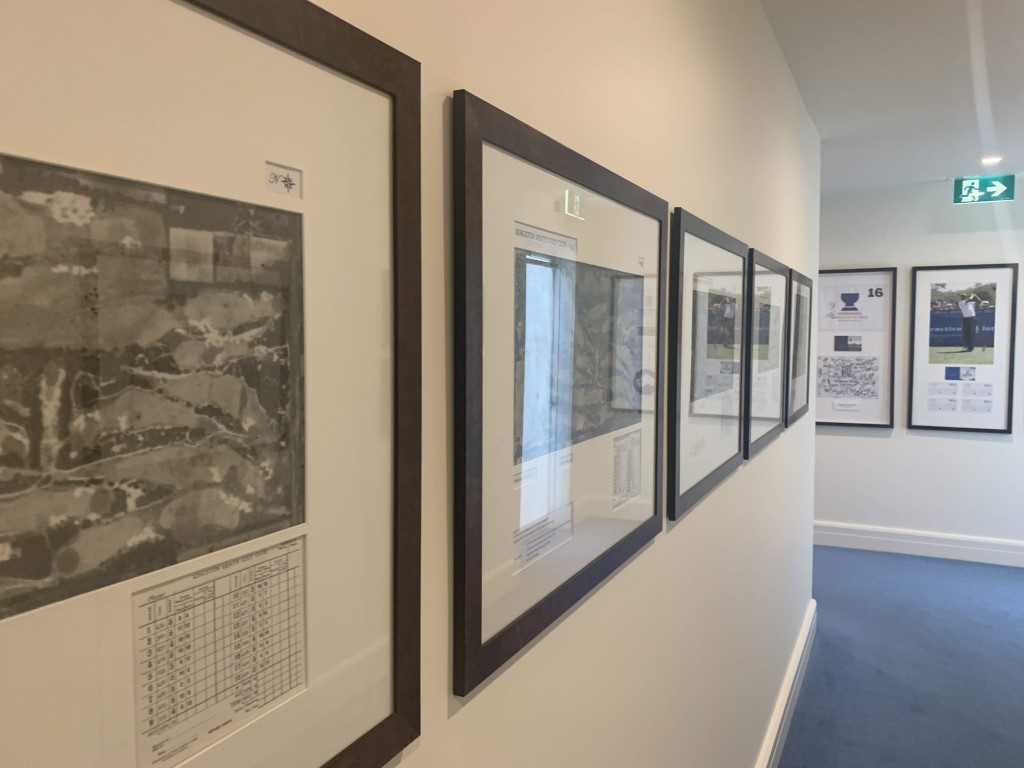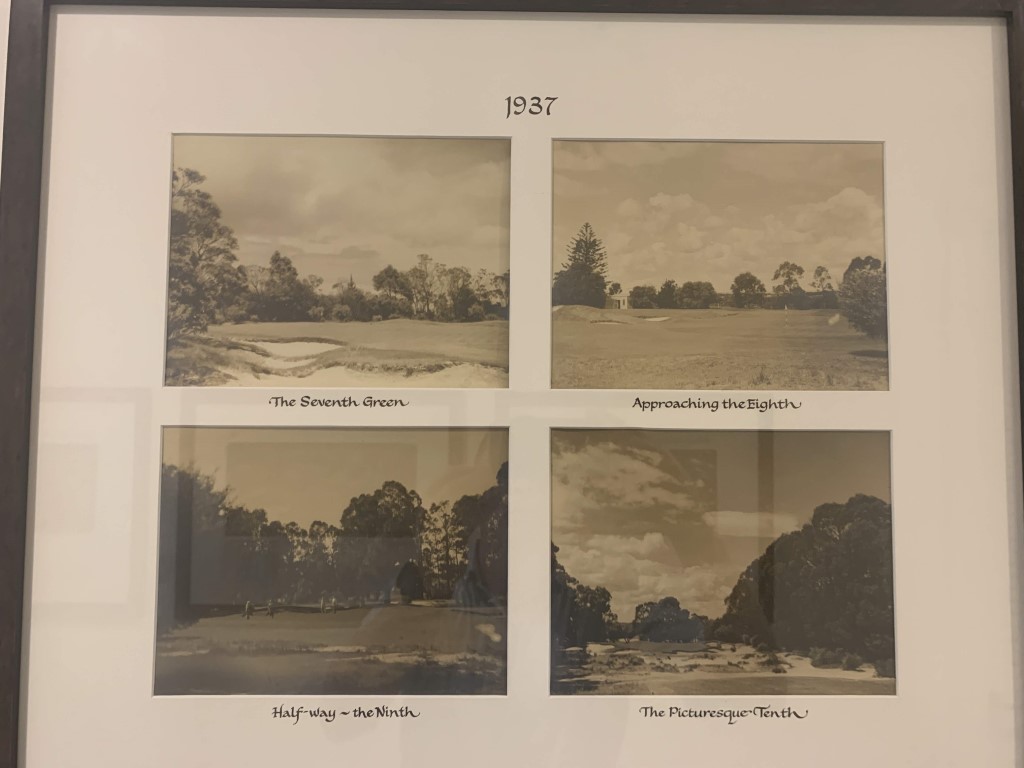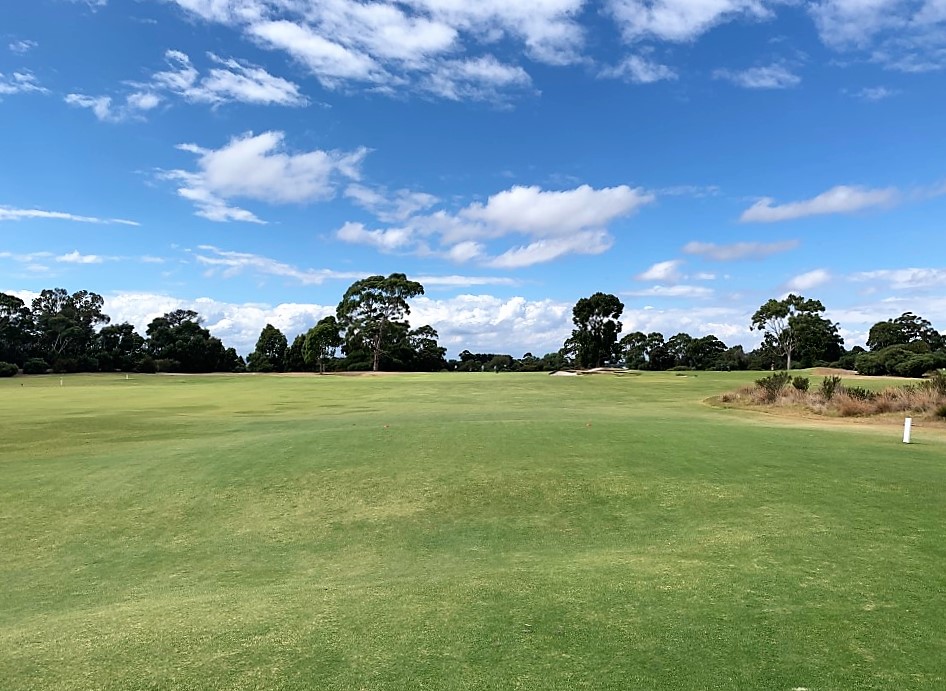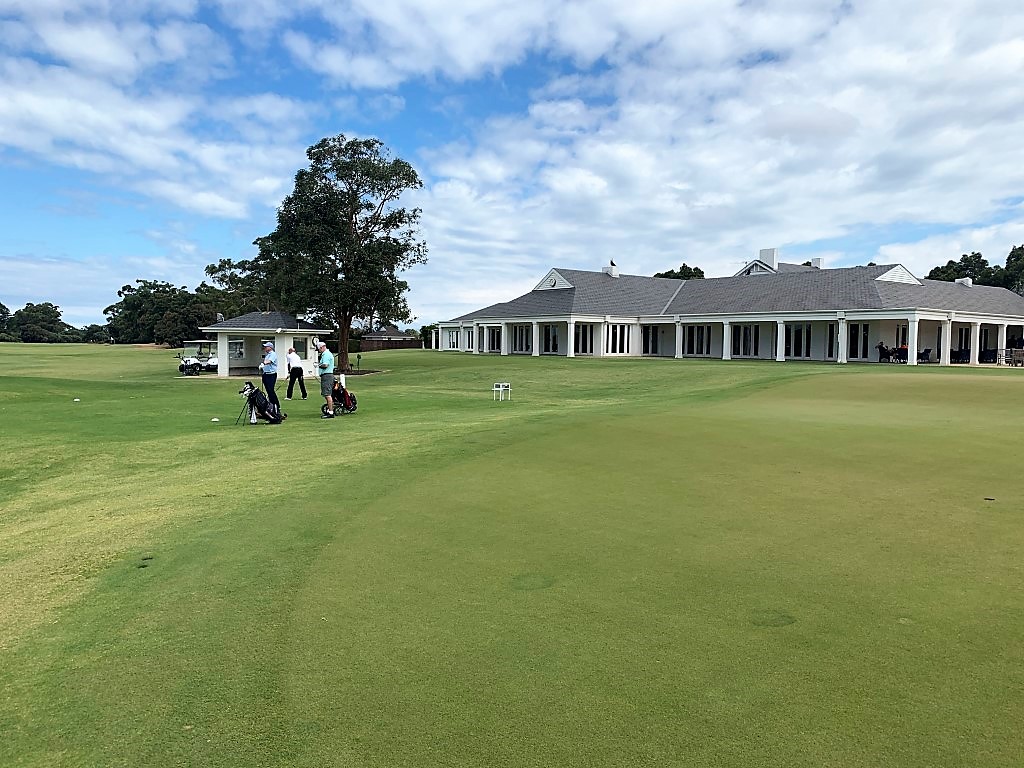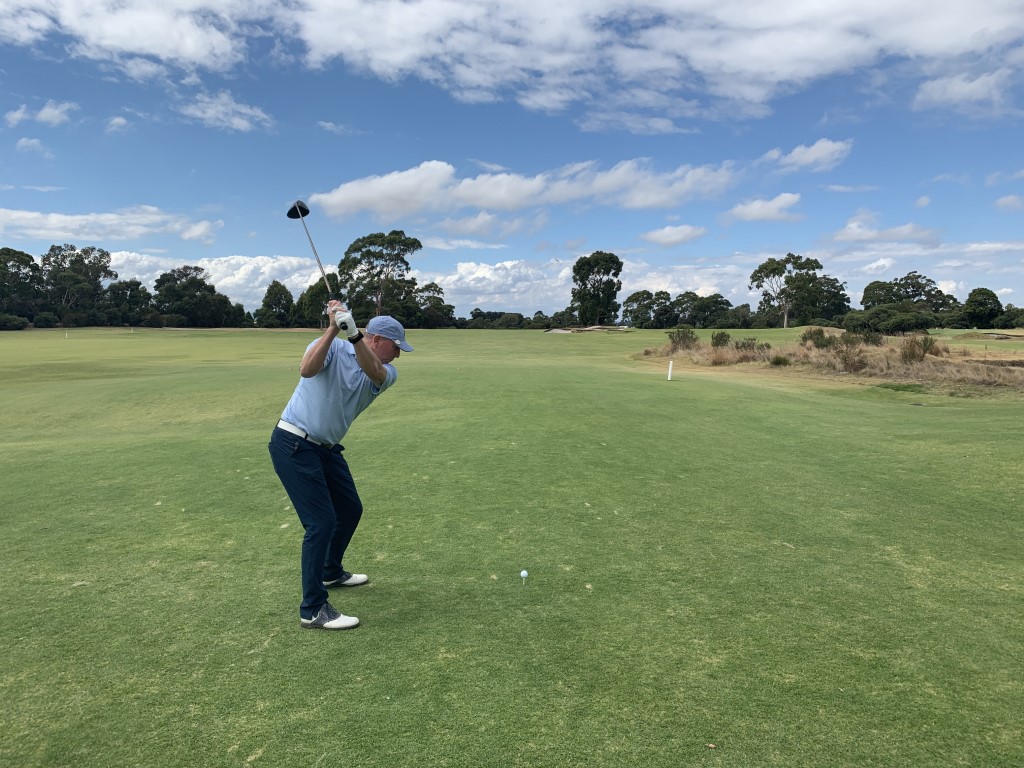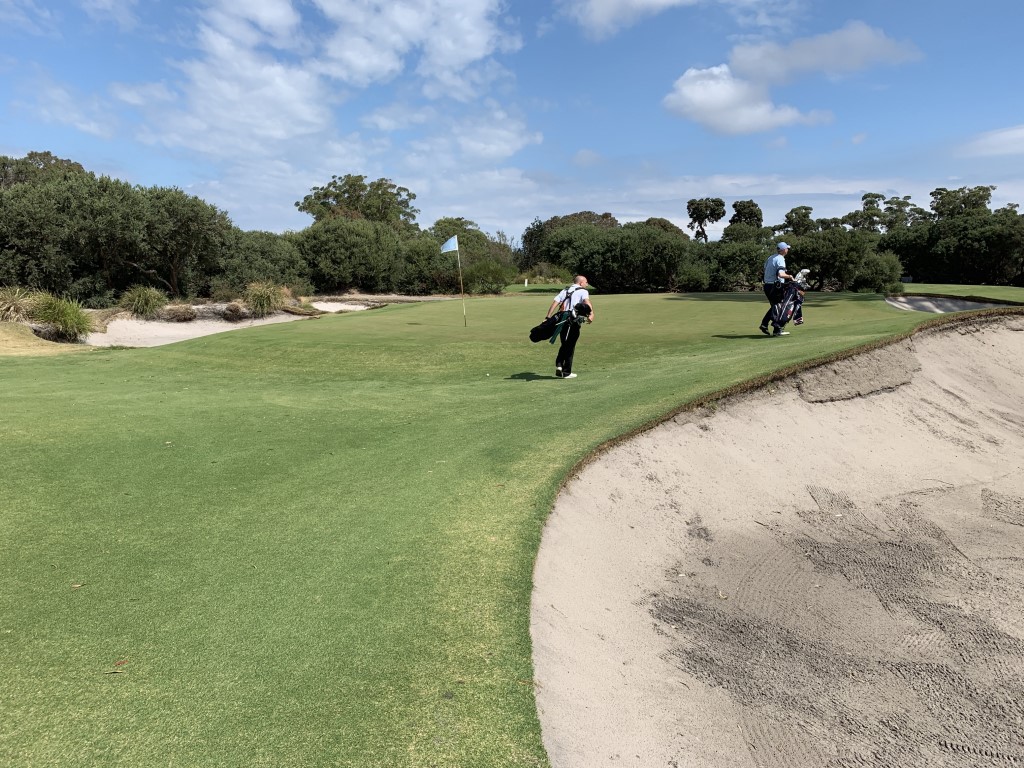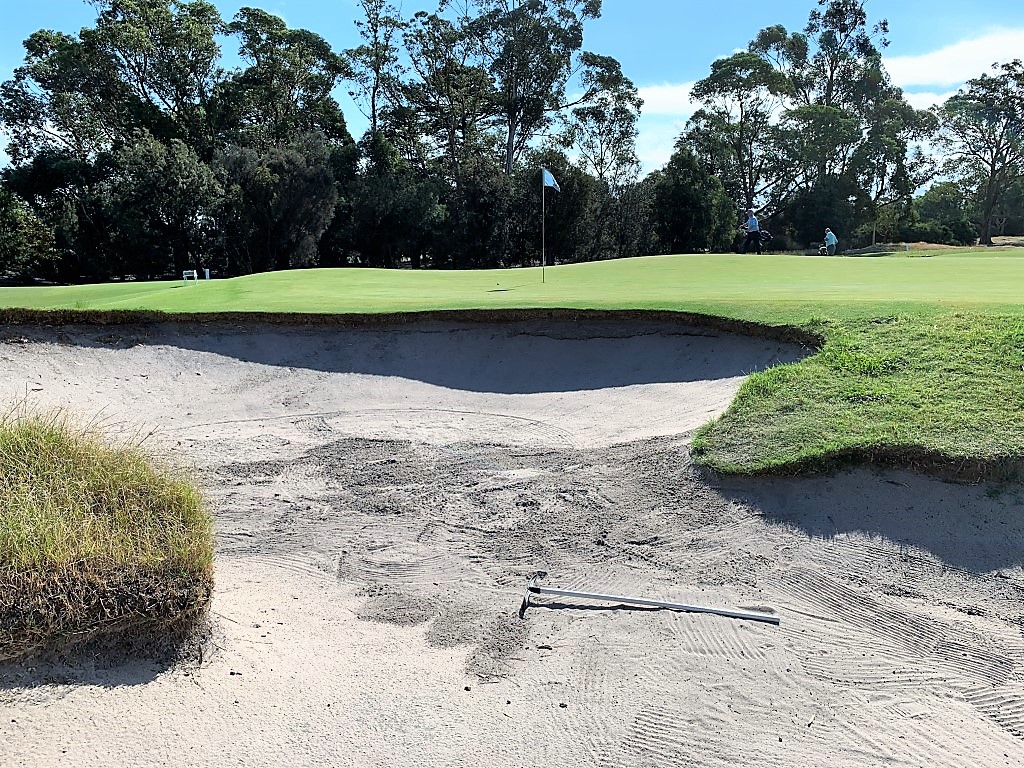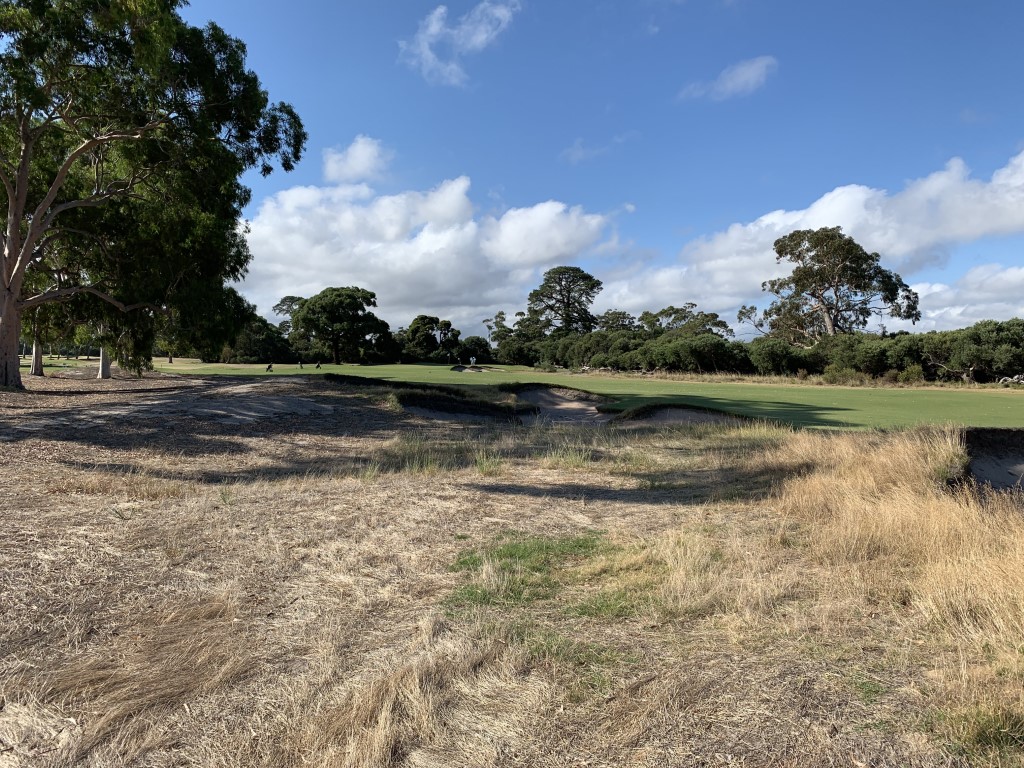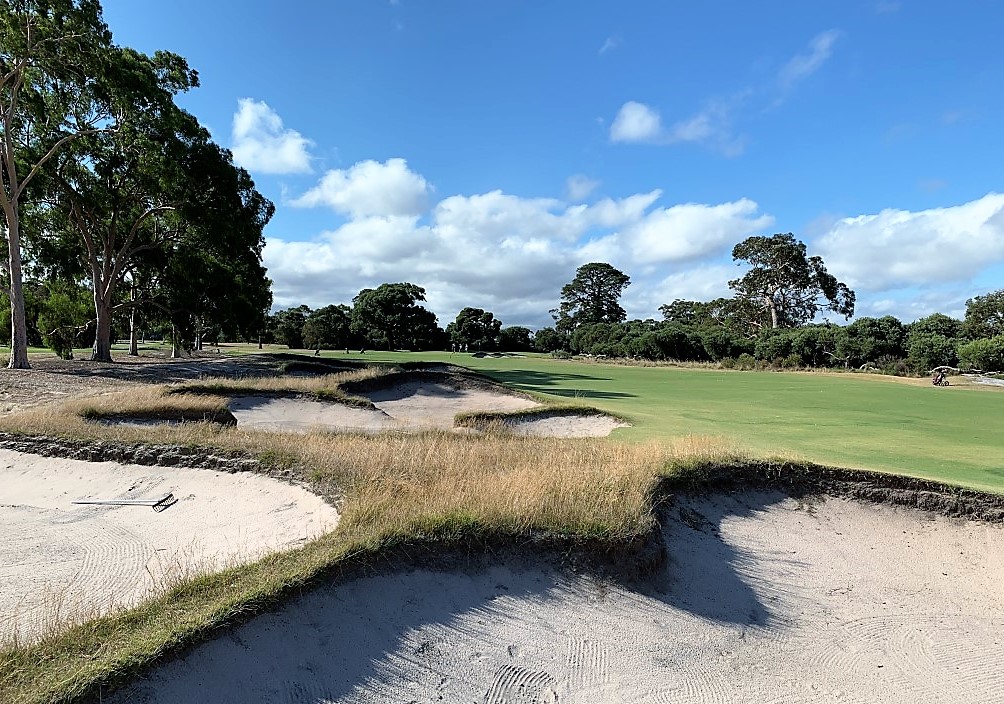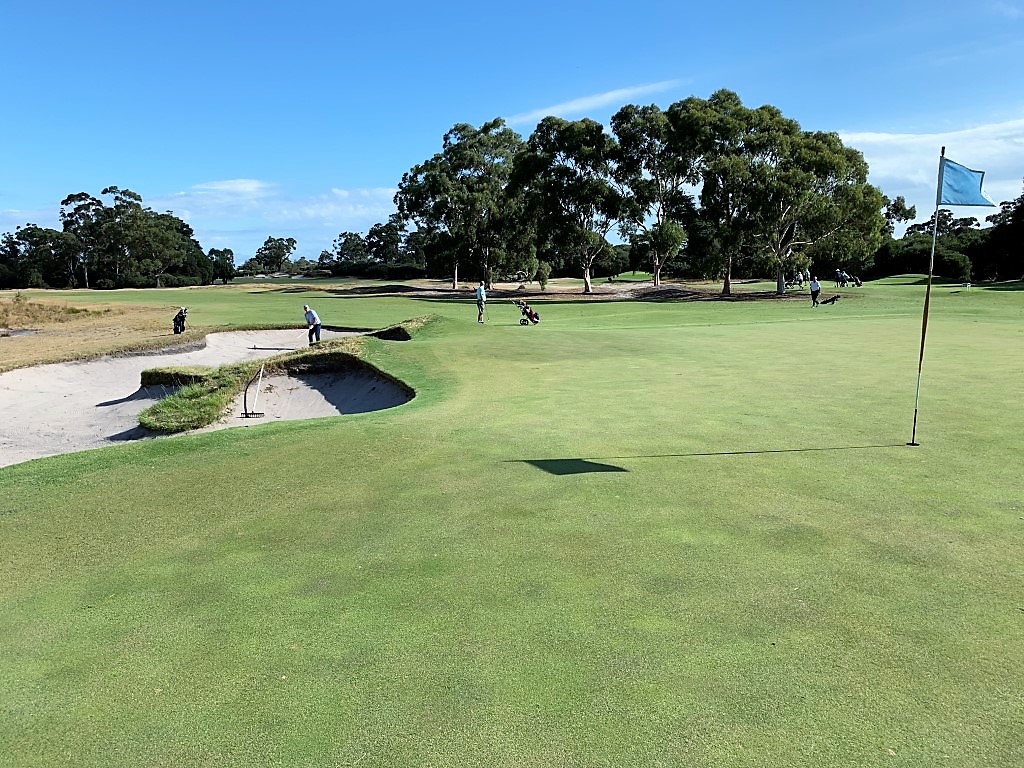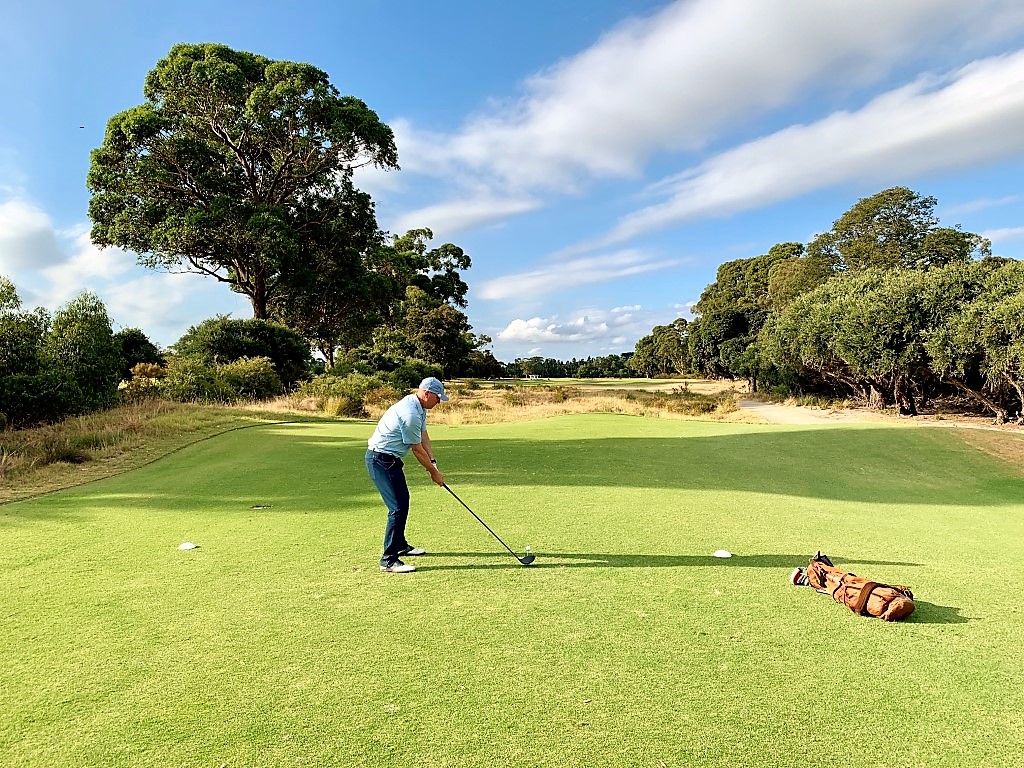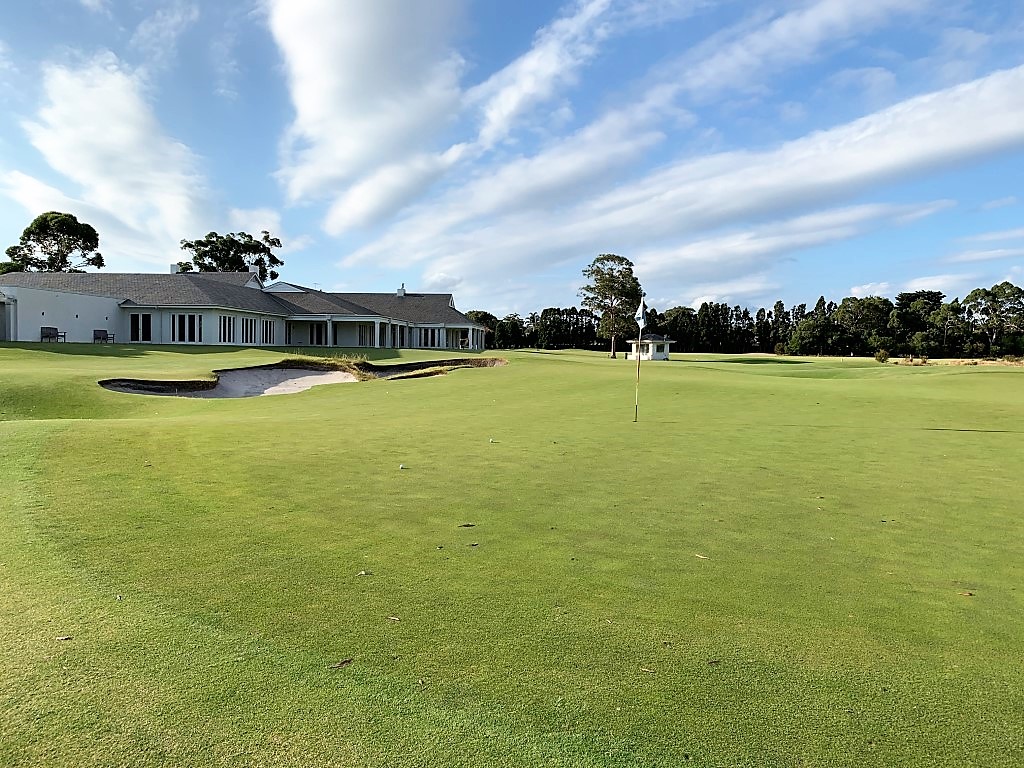Over the last couple of weeks I’ve been tweeting 18 holes to make up a dream eclectic course from holes that i have played. The only rules I adhered to were a) any course could only appear once; b) holes had to be chosen in accordance with their original hole order and c) the course had to be at least a par 70.
It was a fun exercise to undertake but not without its challenges. There were some holes that I had to forsake in order to make the routing work (i.e. get the par to at least 70).
The course comes to a par 71, but is only 6,300 yards from the members’ tees. It turns out that I have a definite bias to picking shorter par 4s and fun par 3s. Having said that, there are a few more challenging holes thrown in too.
If you click in the course title then you will be linked to my review of the course so you can see what I made of the whole course as well as some tips for a visit.
Thanks for all of those who followed along on Twitter - it was good fun to do!
HOLE 1
ST ANDREWS OLD COURSE
PAR 4 - 355 YARDS
First up is No. 1 on The Old Course. There are greater holes on the course but the heart beats here like nowhere else - nerves, excitement, anticipation. You’ll always have an audience, just don’t have a slice!
HOLE 2
PINE VALLEY
PAR 4 - 355 YARDS
Famously there are no bad holes at Pine Valley and I could have chosen any of them but I went for the 2nd as it embodies the characteristics of the whole course in one hole. There’s a carry that looks longer than it is, an approach shot that requires precision and you can’t relax on the green. And those colours...!
HOLE 3
NATIONAL GOLF LINKS OF AMERICA
PAR 4 - 407 YARDS
National Golf Links of America is a glorious mix of template holes and quirk. The 3rd hole, Alps, combines both.
HOLE 4
BARNBOUGLE DUNES
PAR 4 - 279 YARDS
Barnbougle Dunes is a Tom Doak and Mike Clayton creation on the north coast of Tasmania. This is a fantastic short par 4. You can try to fly the sand and go for glory or play safe with a mid-iron. I layed up and thinned one into the massive bunker with my 2nd!
HOLE 5
LAHINCH GOLF CLUB
PAR 3 - 148 YARDS
The 5th at Lahinch is known as Dell. I’m not always a lover of blind shots but this is a delicious treat. Hit a good shot and you’ll bound up the hill with hope in your heart to see how close to the pin you’ve got!
Picture - lahinchgolf.com
HOLE 6
ROYAL MELBOURNE (WEST)
PAR 4 - 426 YARDS
This is a tremendously strong hole, one of the world’s best doglegs. The safe line is to the left but you will be better rewarded going down the right. When you get there the green tilts from back to front like few others. Adrian Logue has written a fantastic article about the hole here.
HOLE 7
SUNNINGDALE (OLD COURSE)
PAR 4 - 393 YARDS
You drive over a ridge to be greeted by the most glorious sight of heather, eyebrow bunkers and magnificent trees. A gorgeous and challenging hole, one of England’s finest.
Picture - Sunningdale Golf Club
HOLE 8
MORFONTAINE (VALLIERE)
PAR 5 - 441 YARDS
This shortest of par 5s is on the 9 holes course - the Valliere - that accompanies the main 18 holes . It embodies all that’s good about the 27 holes that Tom Simpson created - inviting, intriguing, beguiling and fun. How can this green not make you smile?!
HOLE 9
TRUMP TURNBERRY - AILSA COURSE
PAR 3 - 187 YARDS
I’m a bit of a sucker for a good ocean hole and this has to be one of the most thrilling tee shots in golf. The recent work on the Ailsa course was superb and as of this week both Golf World and Golf Monthly have it as the no. 1 course in the UK. With holes like this it’s easy to see why.
HOLE 10
UTRECHT DE PAN
PAR 4 - 336 YARDS
The 10th hole at de Pan is a beautiful short par 4. It requires precision from the tee with a long iron before you need to thread one through the mounds to the green. This is a wonderful course - a Dutch Swinley Forest - and it’s great to see it making appearances in recent world top 100 lists. Holland is an under-rated golf destination and de Pan is the jewel.
HOLE 11
SHINNECOCK HILLS
PAR 3 - 146 YARDS
Sometimes called the shortest par 5 in golf, precision off the tee is a must. The treacherous green is hard to hold but the bunkers can wreck your scorecard. It’s the highest point on the course so listen to your caddies advice on what to do!
Picture - Golf Digest
HOLE 12
SWINLEY FOREST
PAR 4 - 430 YARDS
This double dogleg is the longest hole at Swinley Forest and a real test. As Geoff Ogilvy says, Swinley is golf the way it should be. It’s now open to visitors who send an email, rather than have an interview with the secretary! When this is all over, I urge you to get there.
HOLE 13
NORTH BERWICK
PAR 4 - 339 YARDS
North Berwick is an utter joy from beginning to end and this hole will bring a smile to even the most curmudgeonly face! The 13th hole - Pit - is a great example of what makes this course such fun. Depending on the direction of your approach can be the shortest of wedges or a long iron - either way you’ll need to get over the wall guarding the green.
The Pit in the snow
HOLE 14
FRIAR’S HEAD
PAR 5 - 540 YARDS
Friar’s Head is a Coore and Crenshaw creation on the north shore of Long Island. Rory McIlroy called it one of the best courses he’s played and the 14th one of the prettiest holes he’s seen.
This par 5 narrows as it moves up through blown out dunes to a tricky green with an infinity staircase floating on the sand behind. Pure heaven!
HOLE 15
KINGSTON HEATH
PAR 3 - 156 YARDS
The 15th at Kingston Heath is a sublime hole. It’s one of the best bunkered holes anywhere, a thrill to play. Ian Poulter said, ‘It’s one of the top par 3s in the world. It’s only 152 yards...none of this 245 yard crap we see so often. Pure brilliance’
HOLE 16
MERION
PAR 4 - 398 YARDS
The 16th at Merion is a really demanding par 4 with the second shot requiring a heroic approach over the quarry, or a bail-out right. It’s a visually stunning hole and requires you to think and execute perfectly. Next time I’ll go right!
There’s a quarry to be crossed if you go straight at the 16th green at Merion
HOLE 17
MUIRFIELD
PAR 5 - 506 YARDS
The 17th at Muirfield is a fantastic hole. The wind will play a big factor on what you can do here. With the prevailing westerly behind you you may be able to get close in 2. If it’s blowing the other way then make sure your second is long enough to get over the treacherous cross bunkers. Anything between eagle and triple bogey is in play here!
HOLE 18
CAPE WICKHAM LINKS
PAR 4 - 412 YARDS
I love playing golf with a smile on my face & I was grinning from ear to ear all the way round the magnificent Cape Wickham. Victoria Cove is in play as a bunker all the way up the hole. Like all of Cape Wickham, it’s breathtaking.




